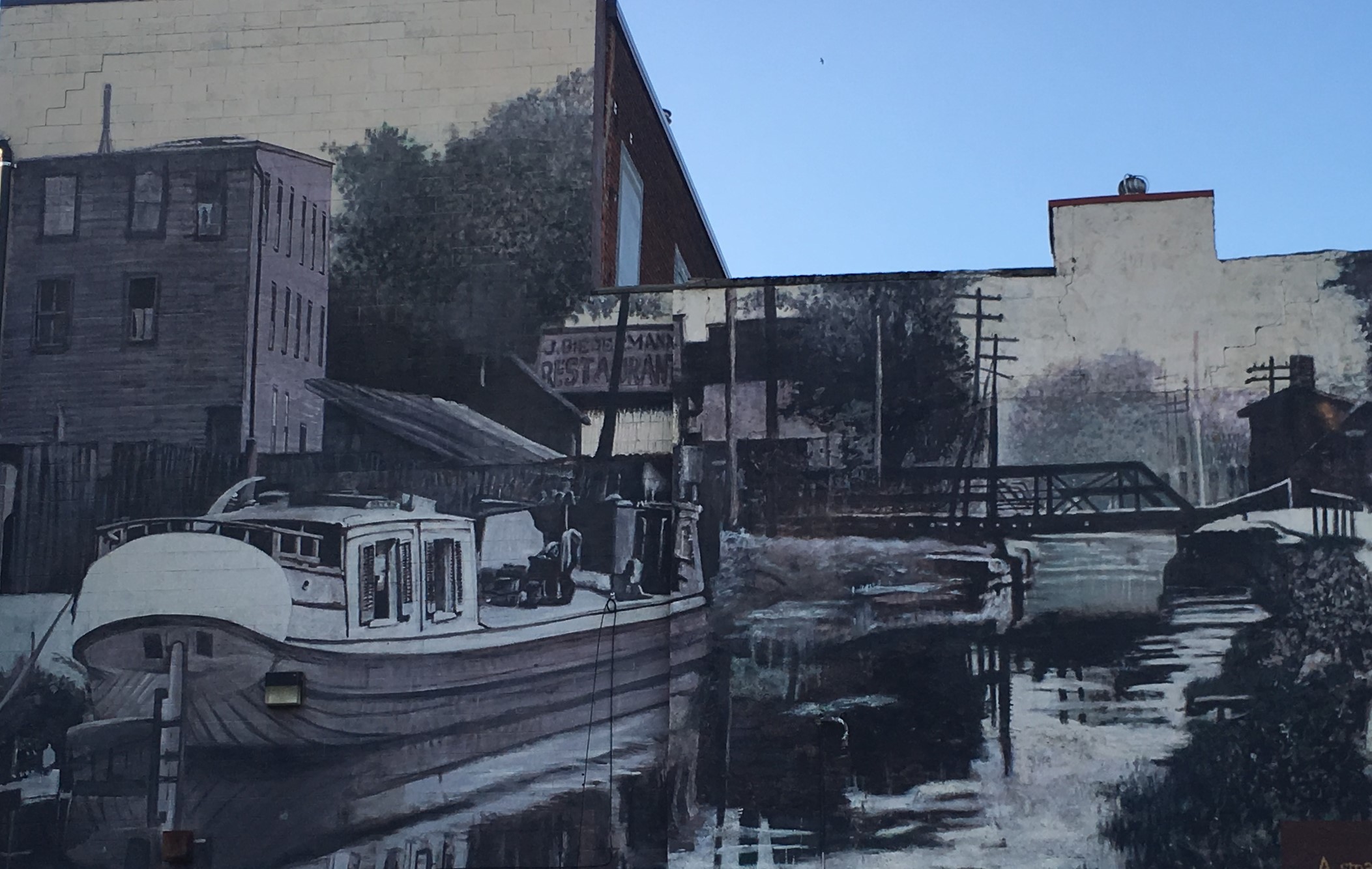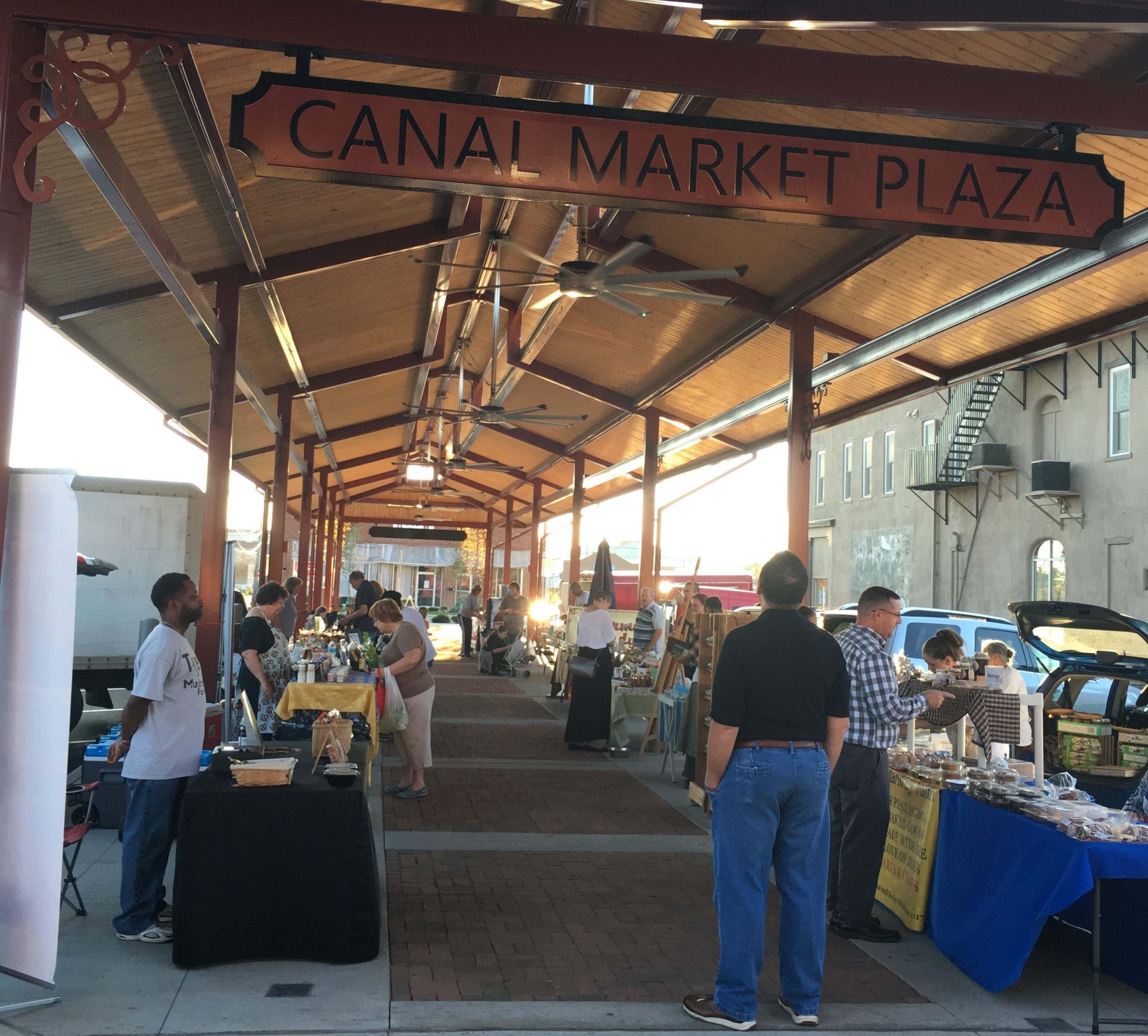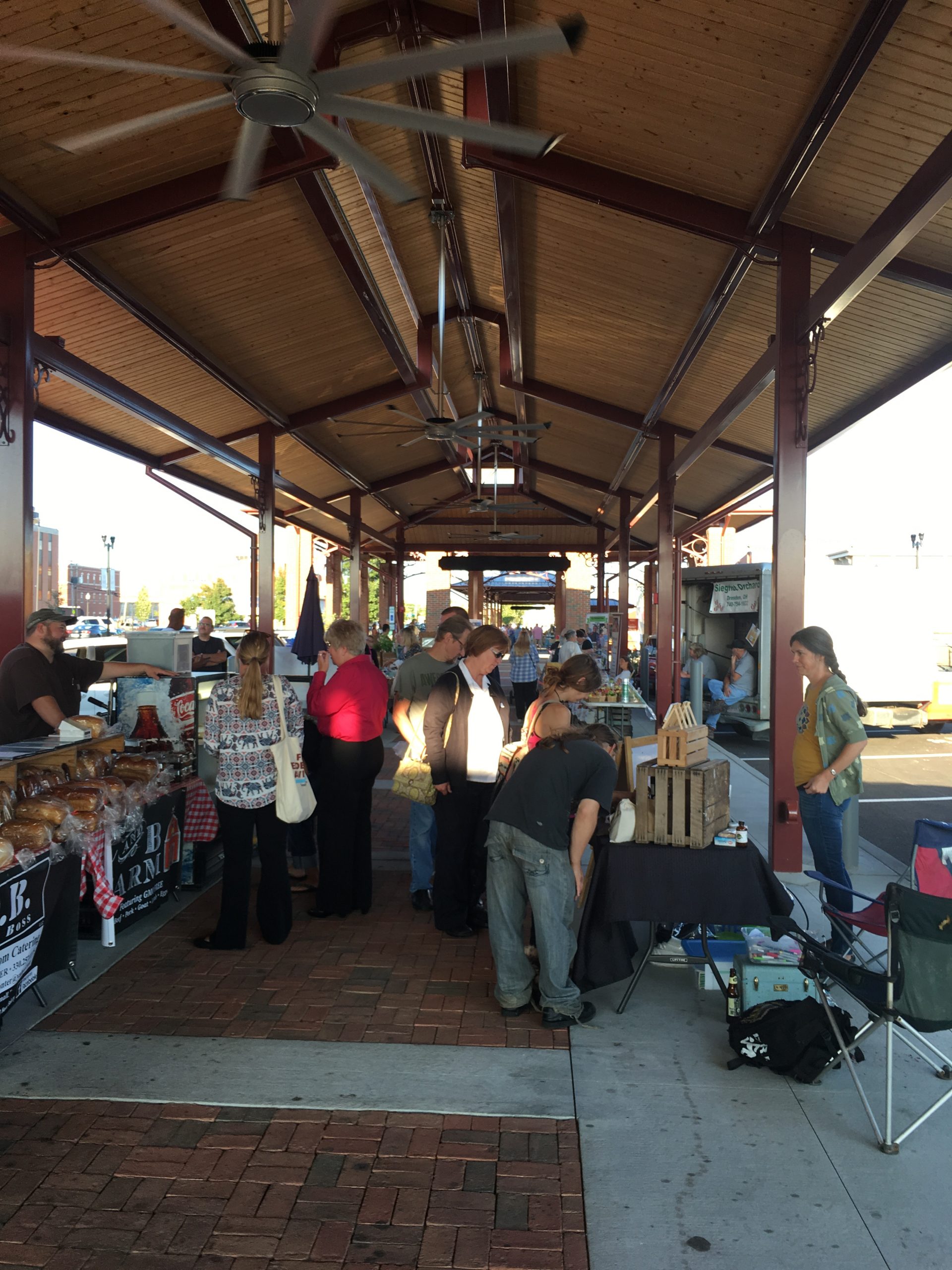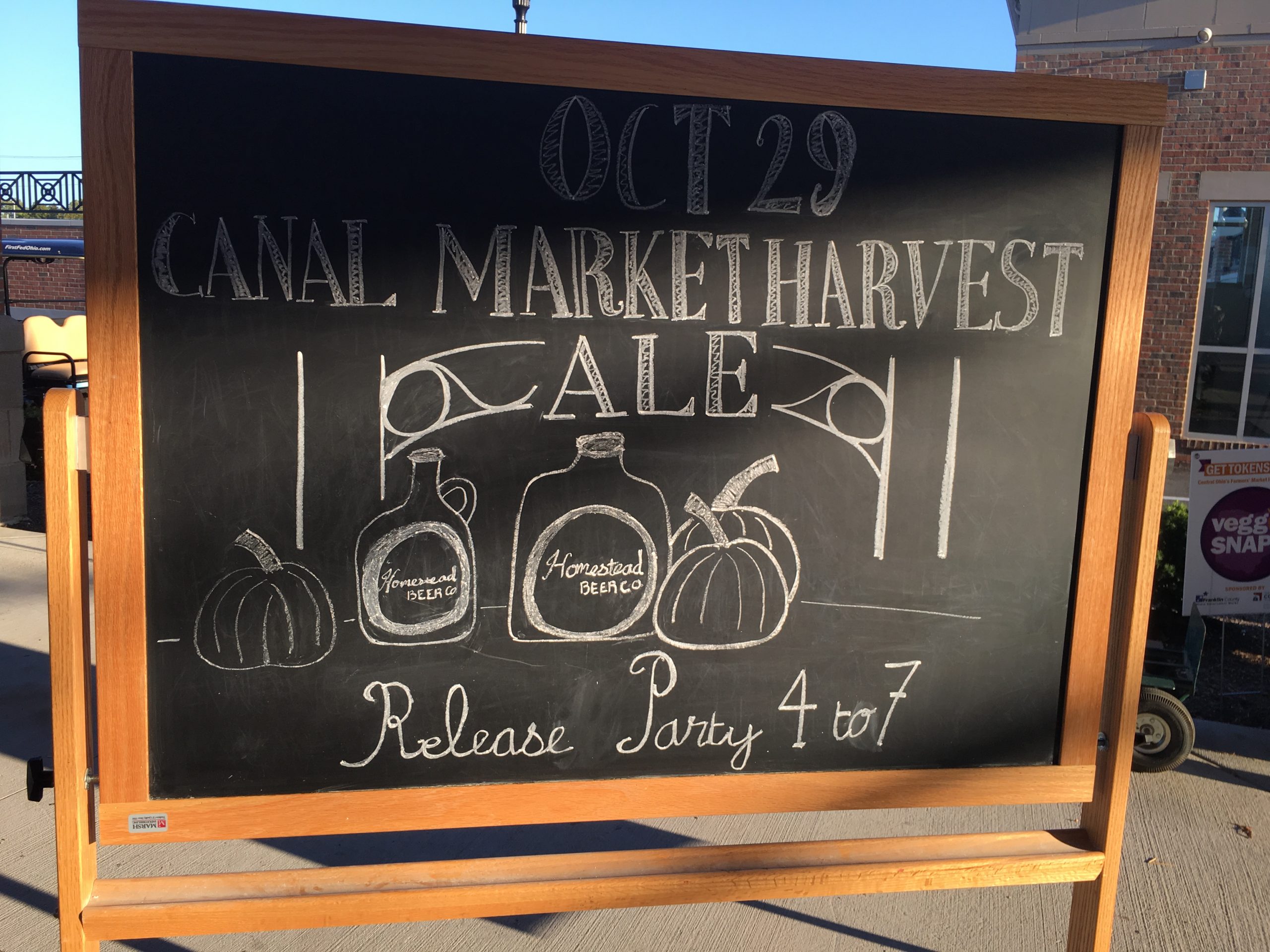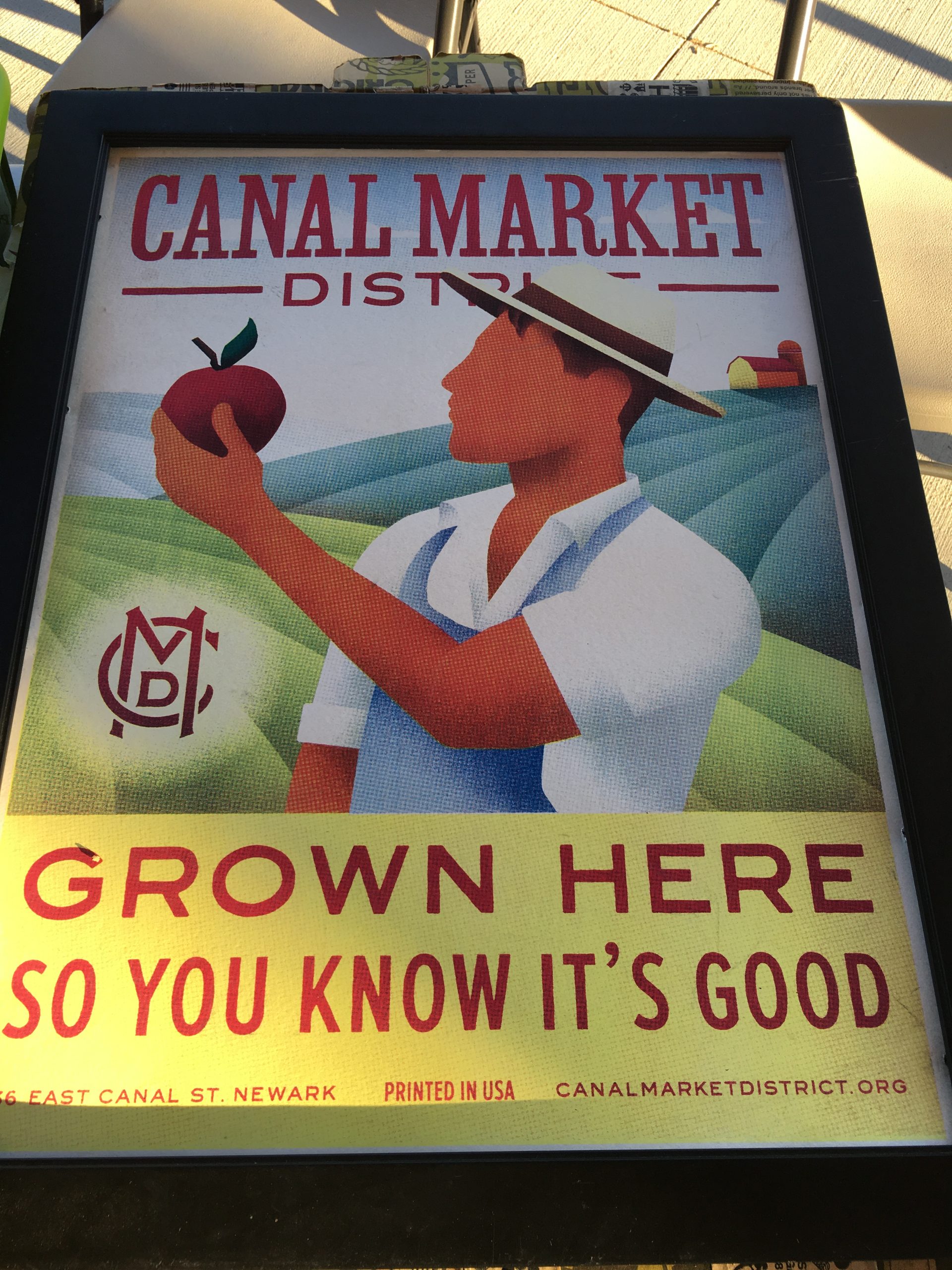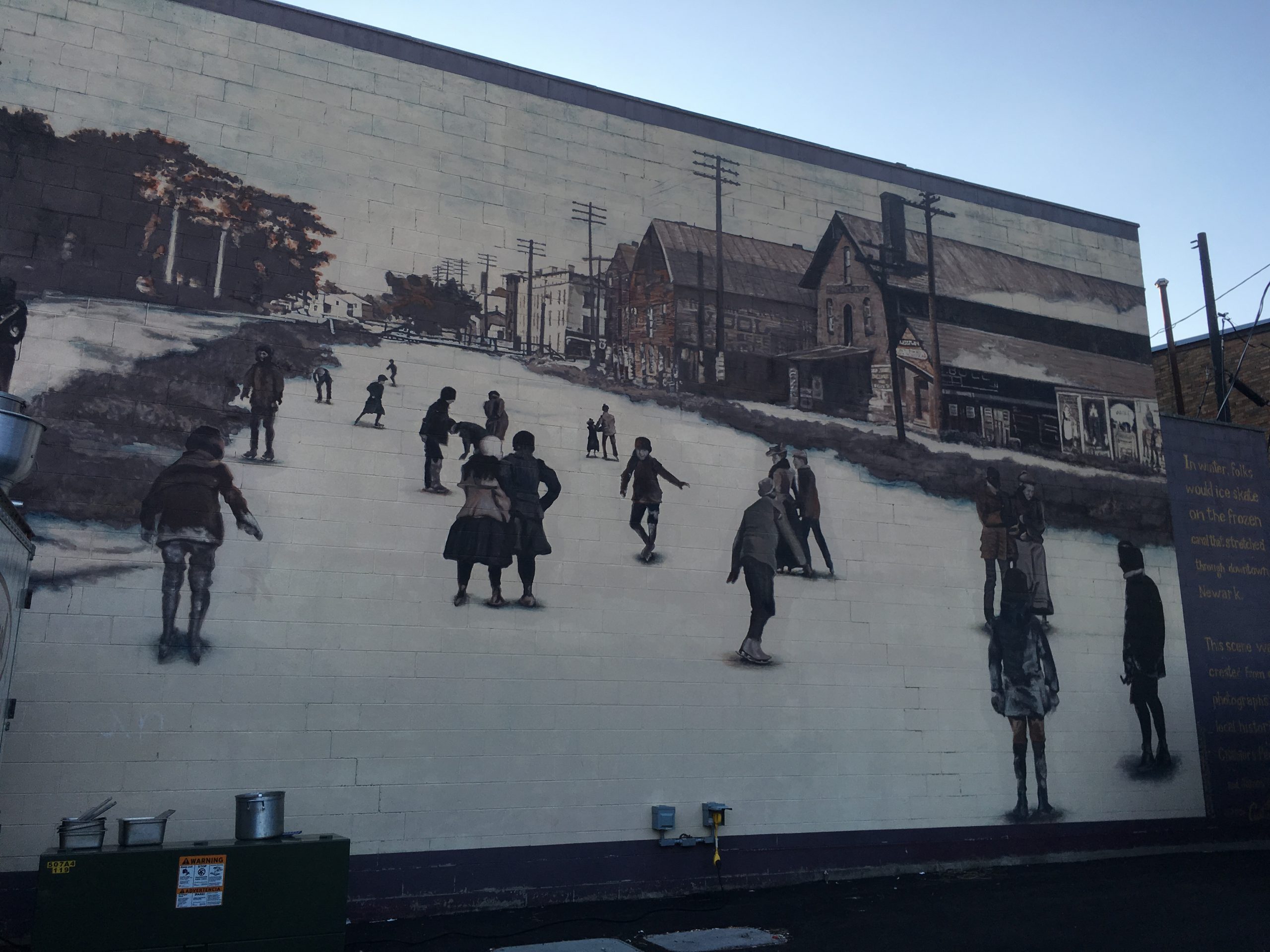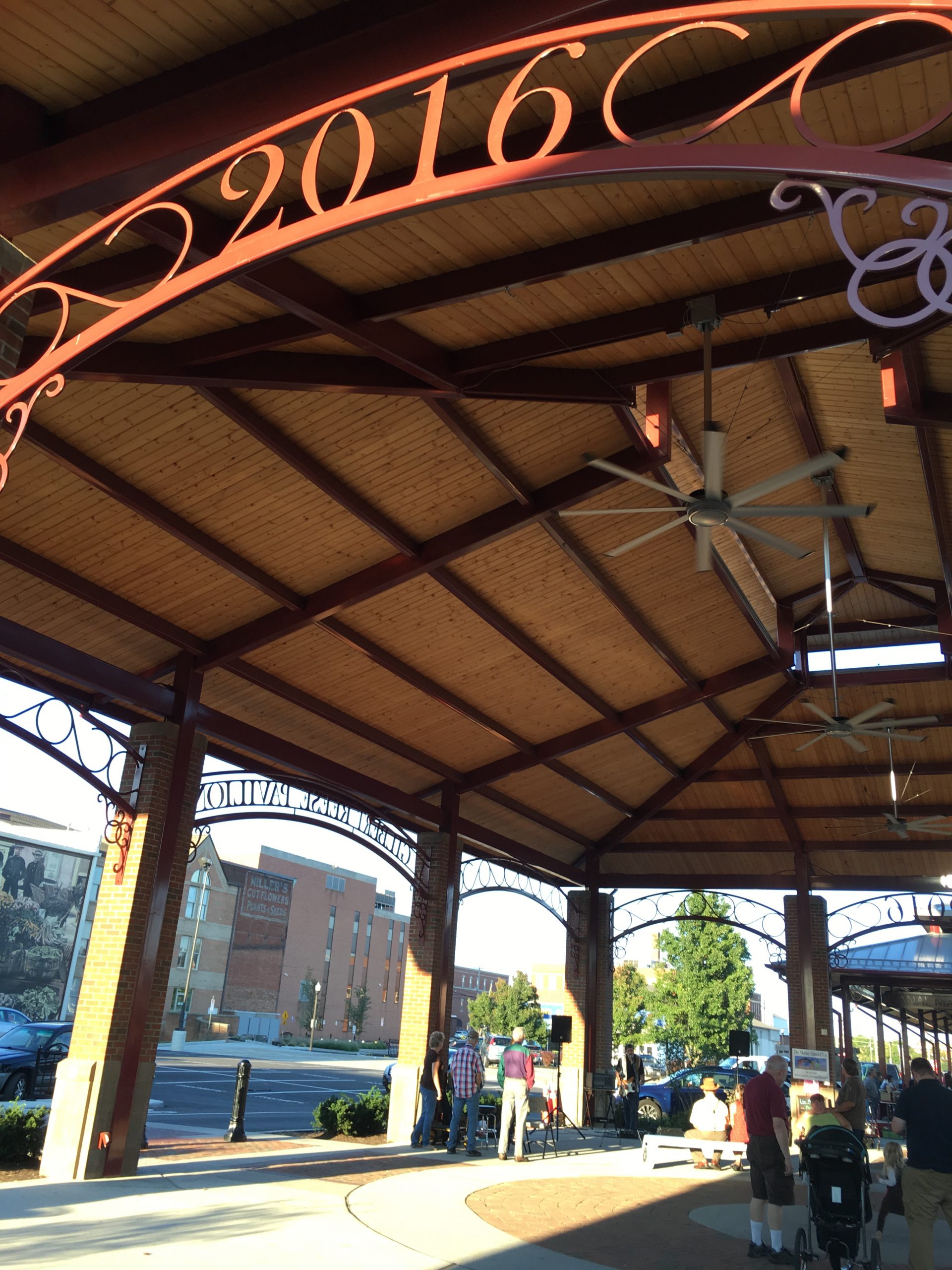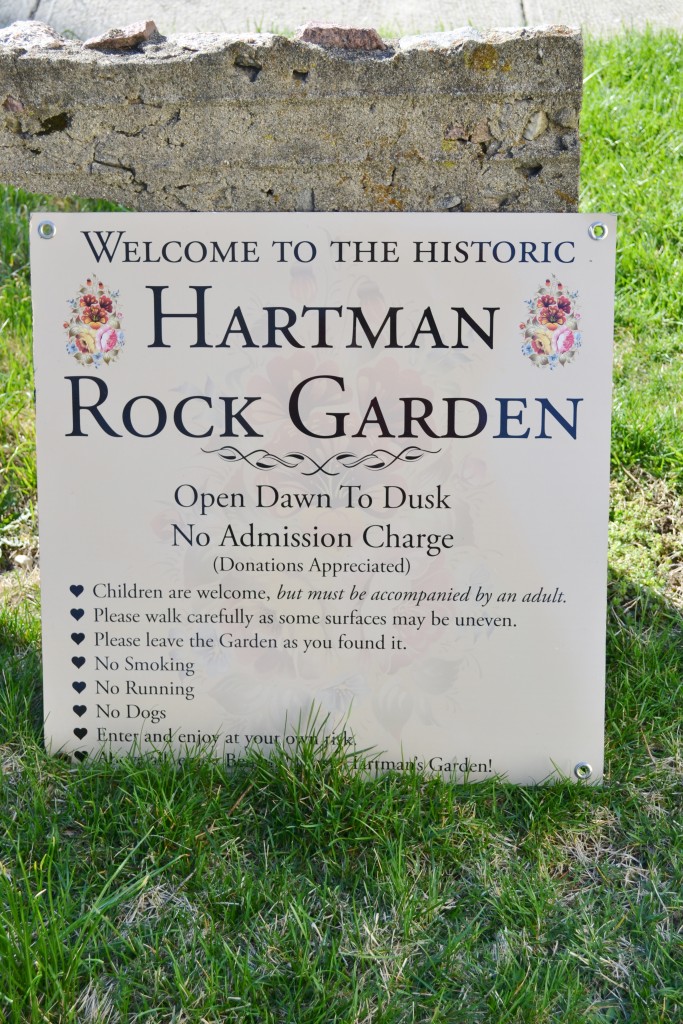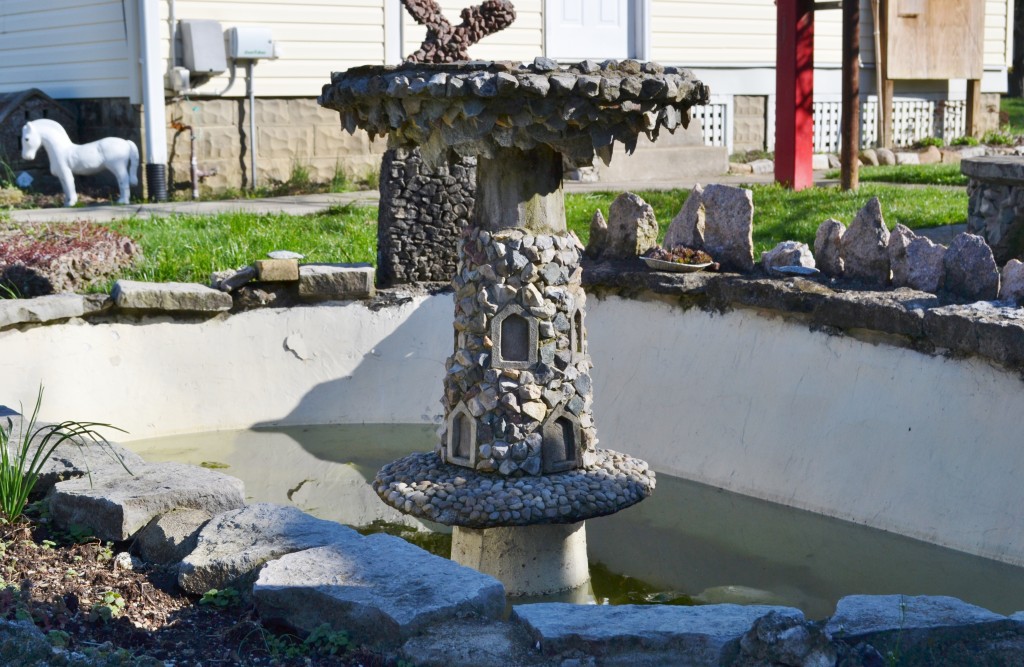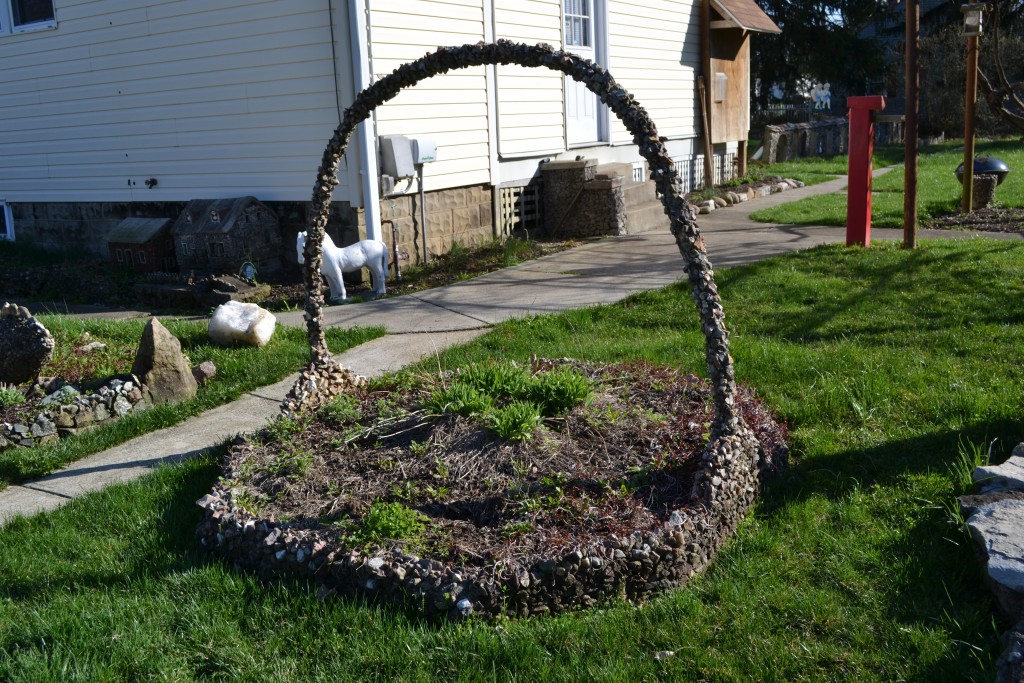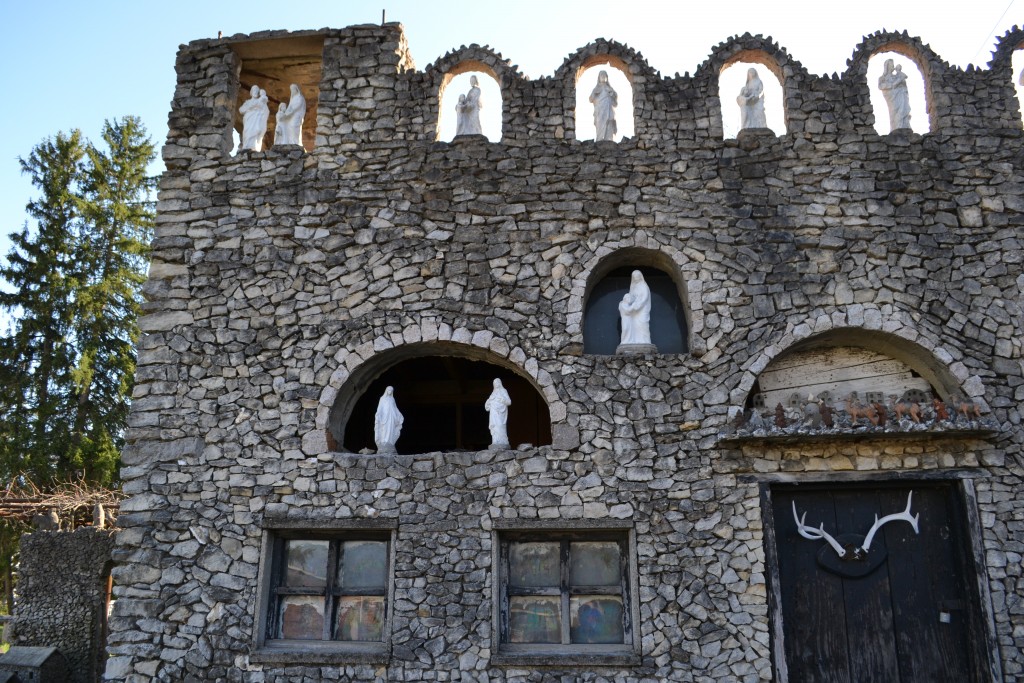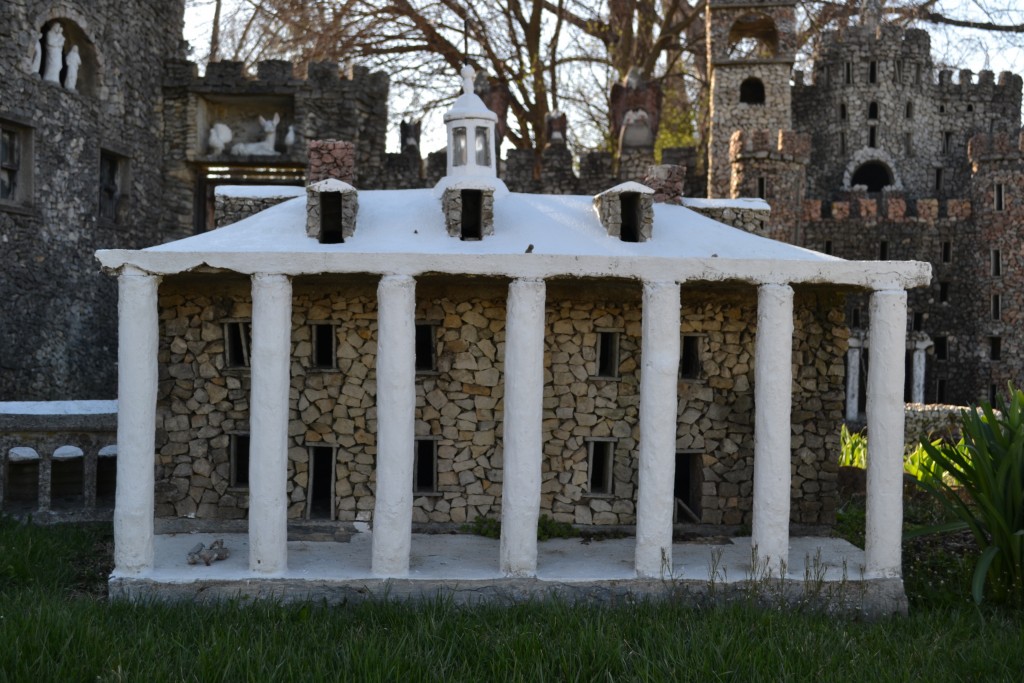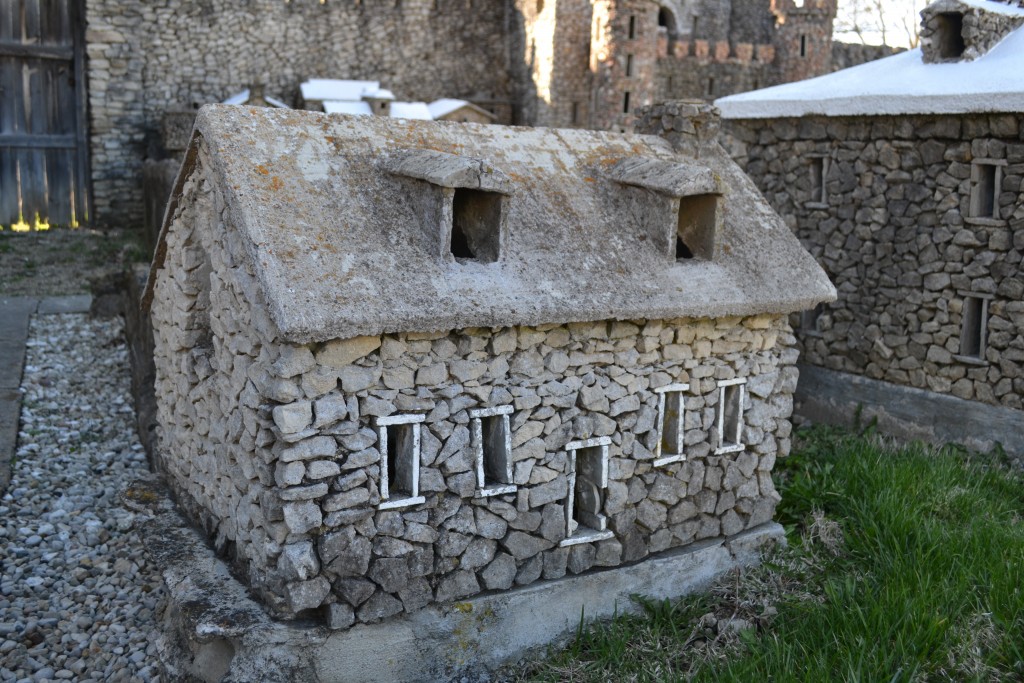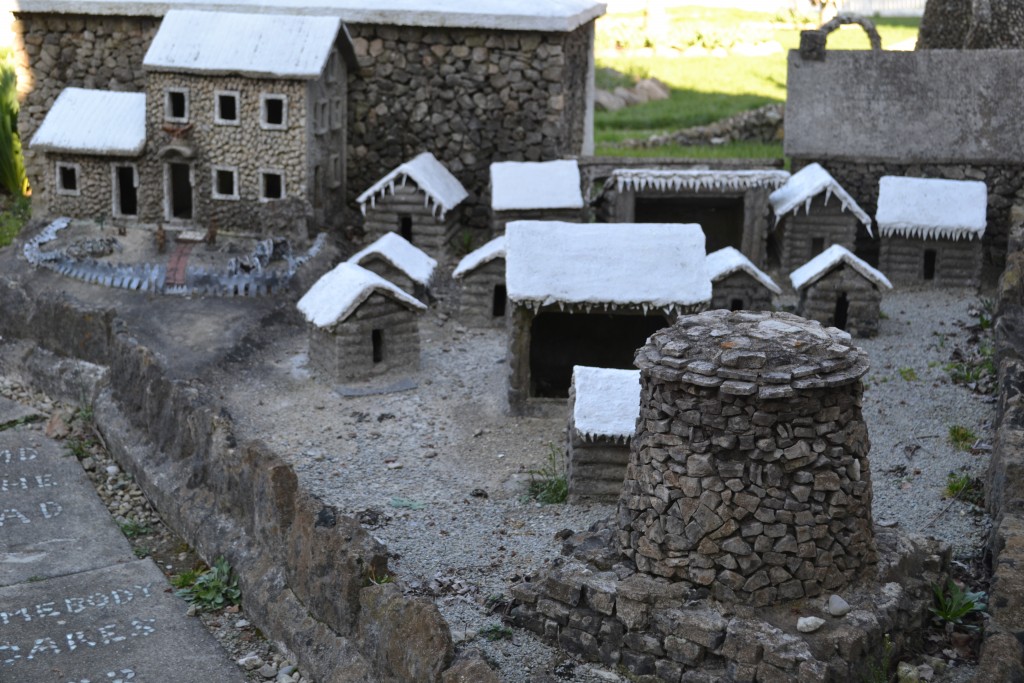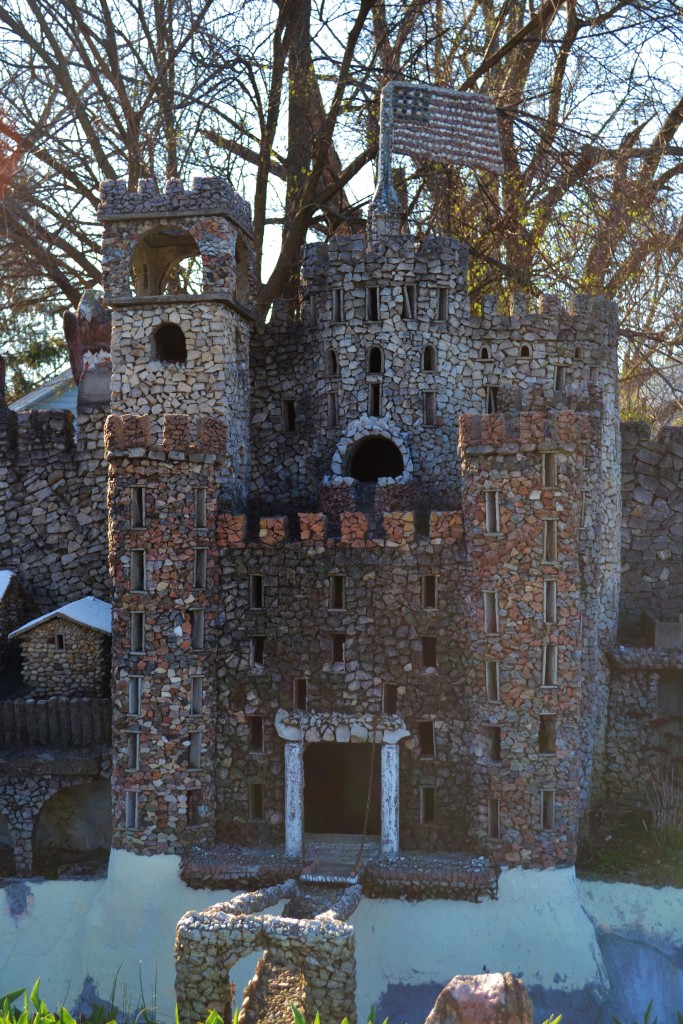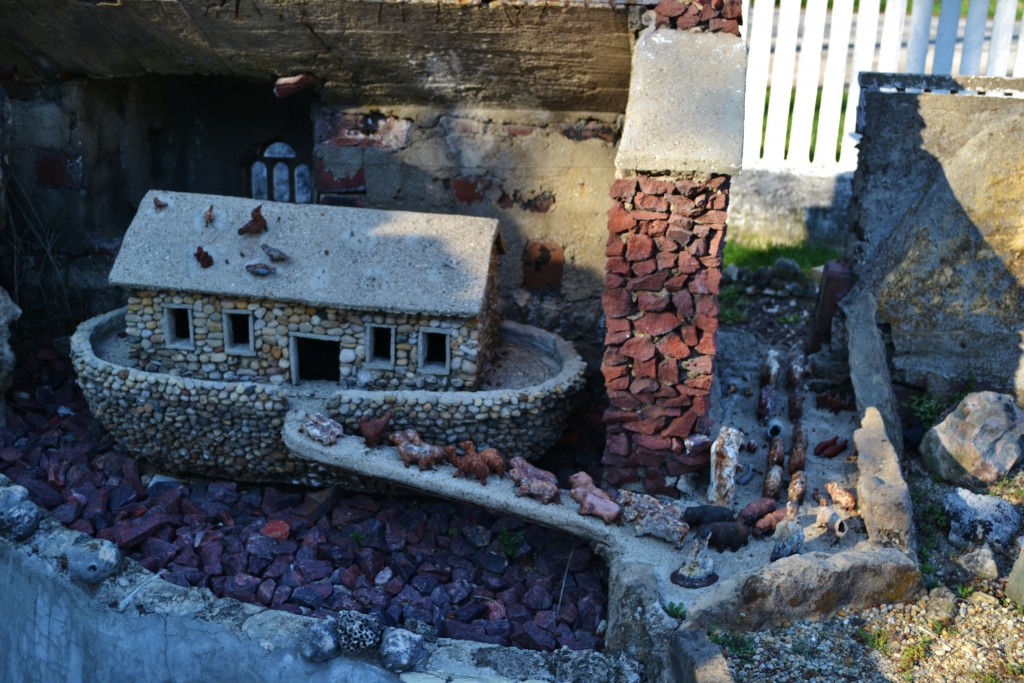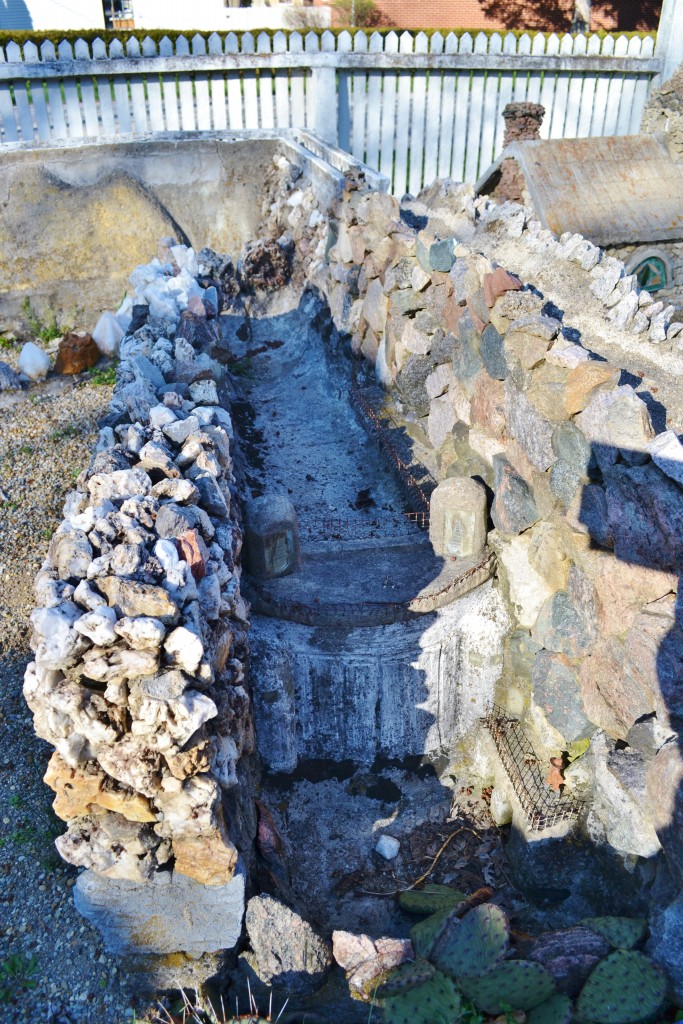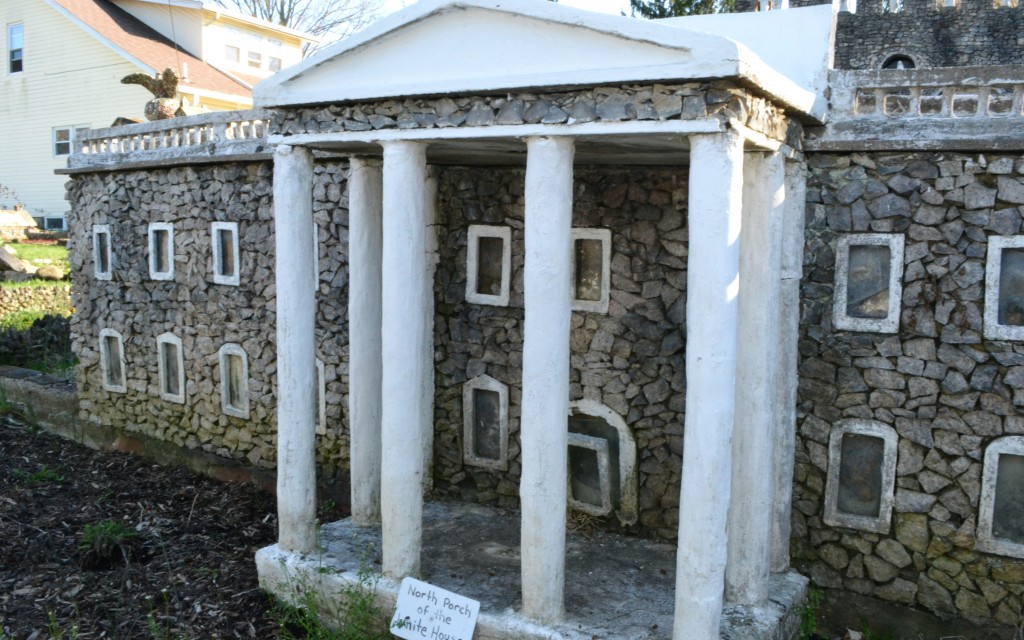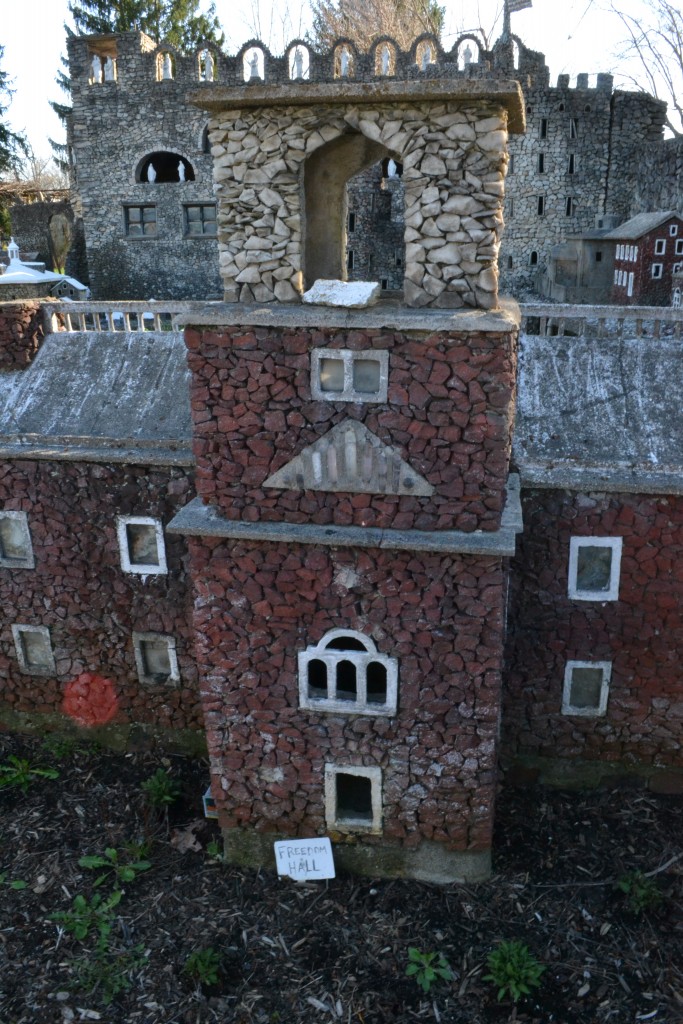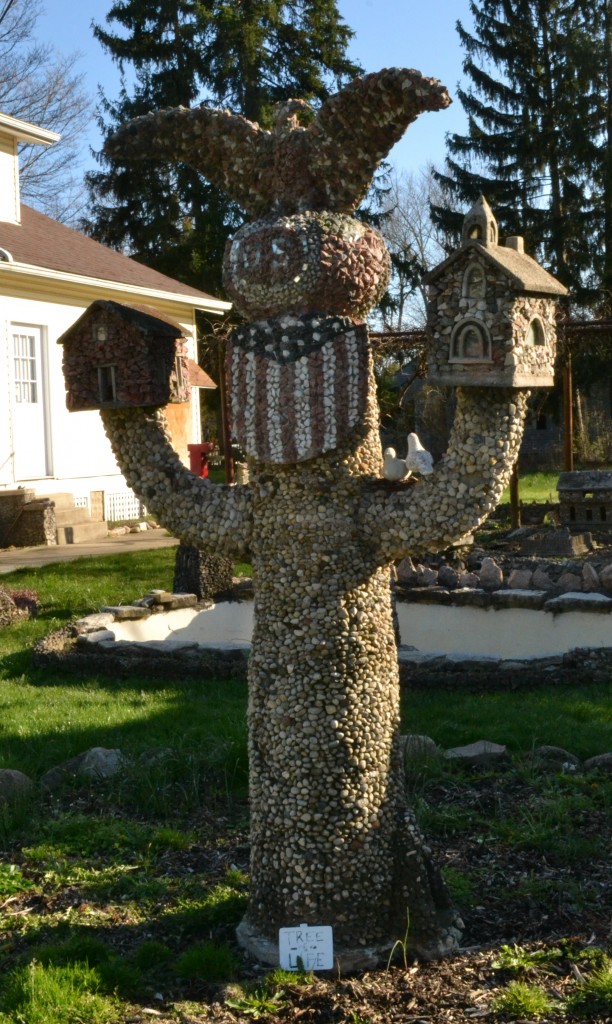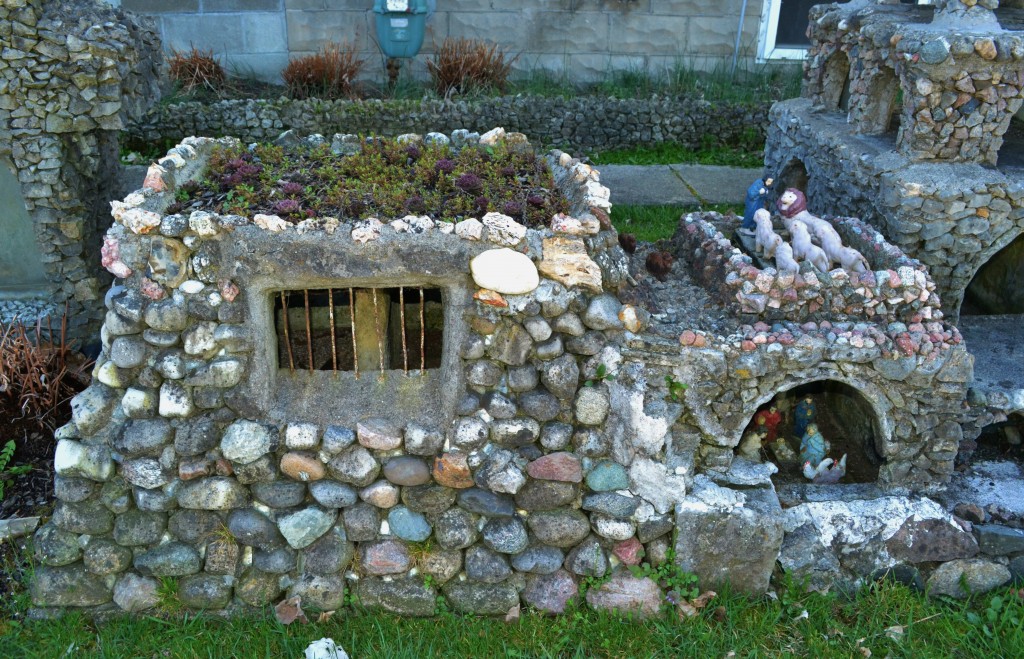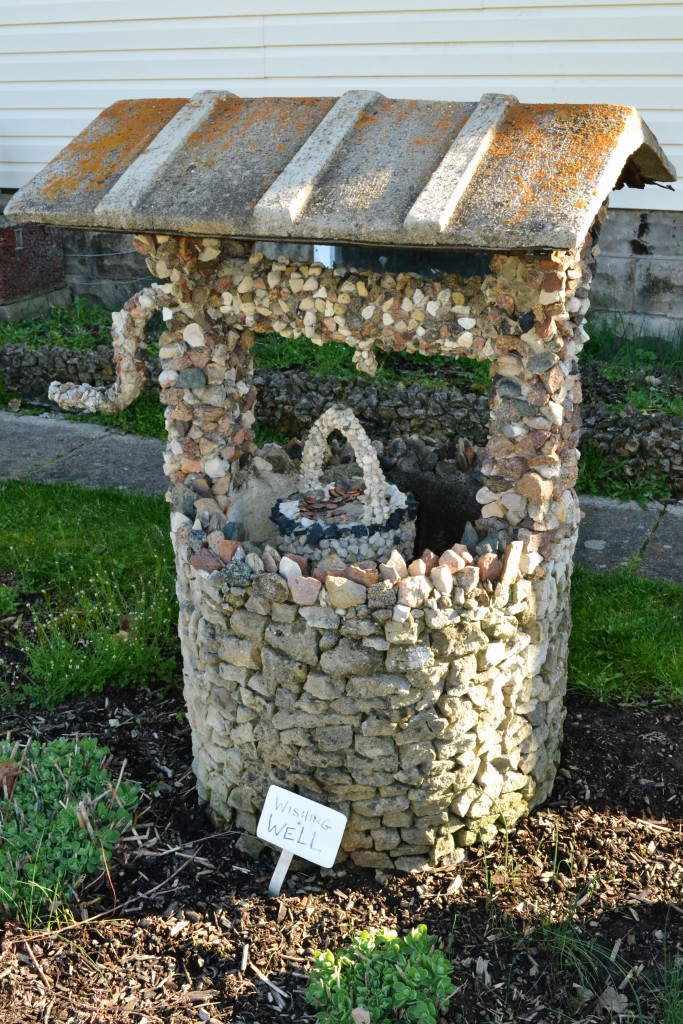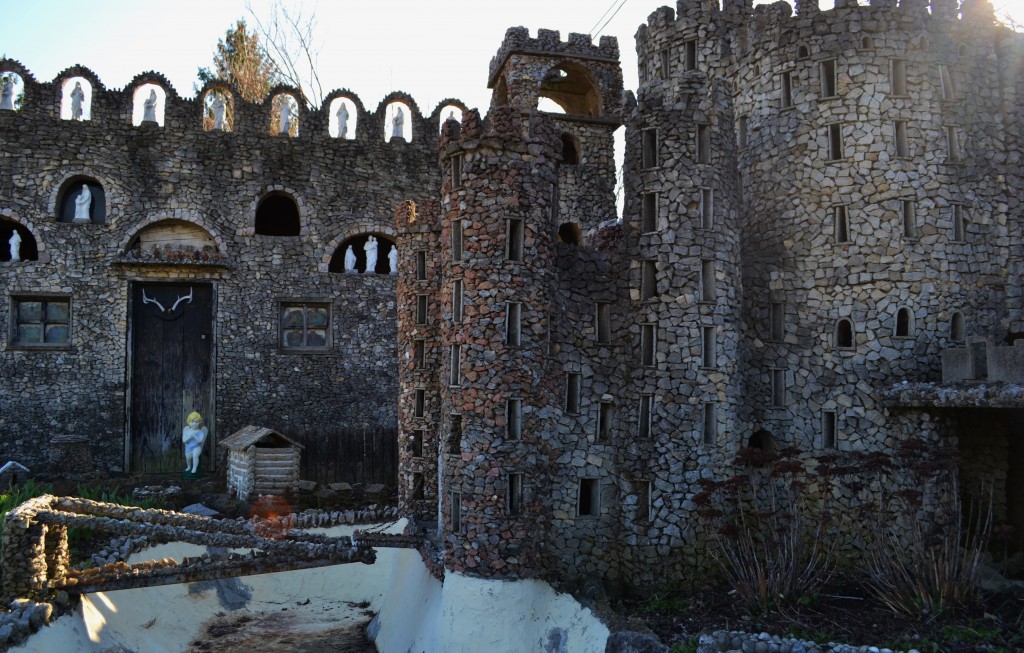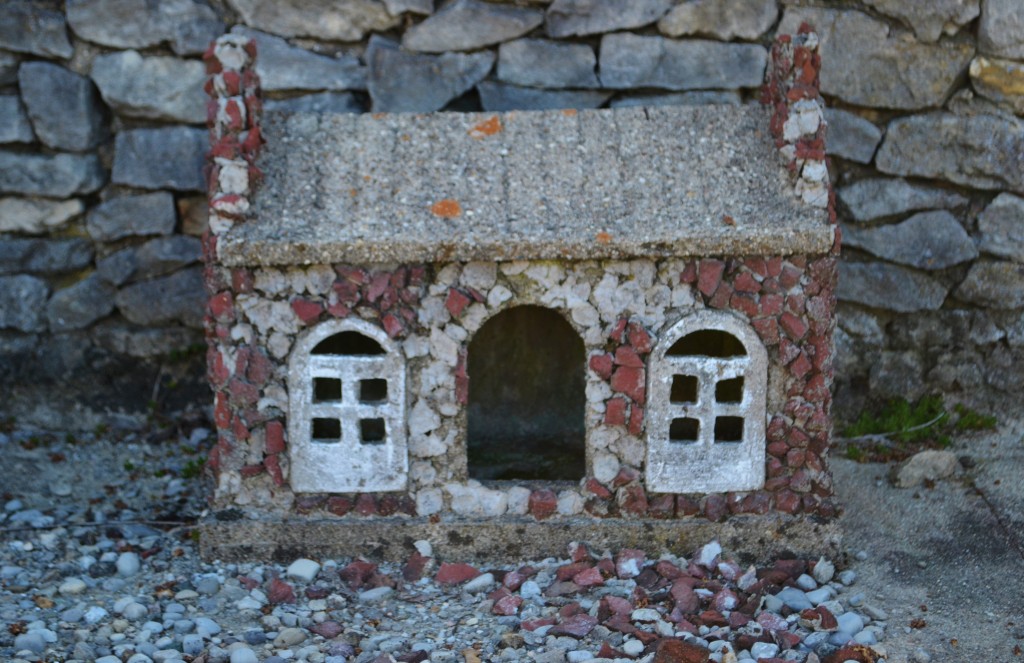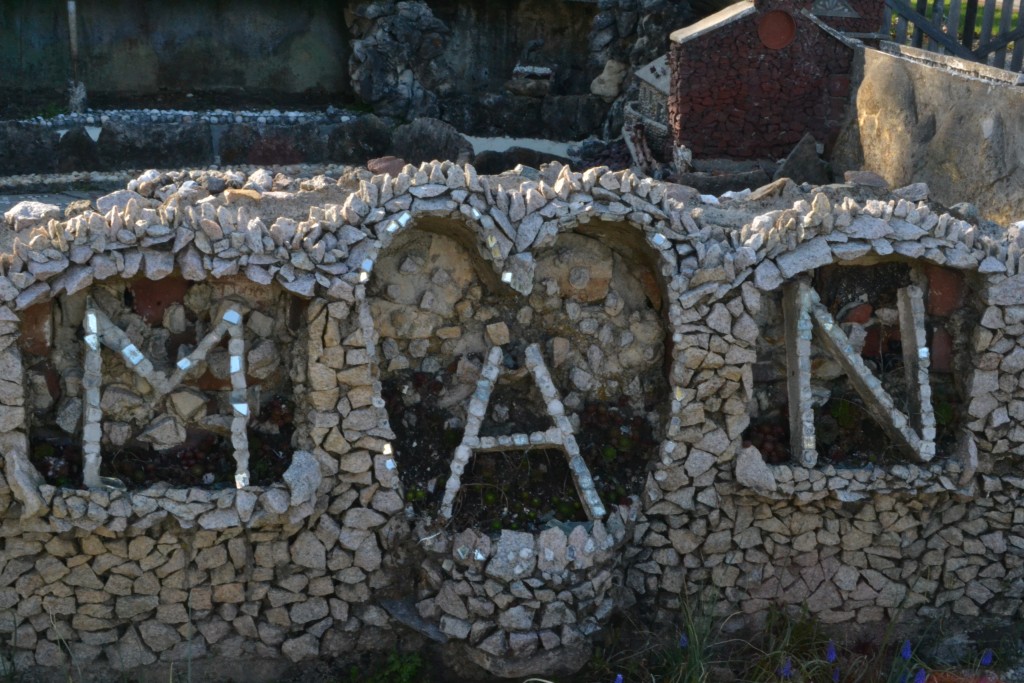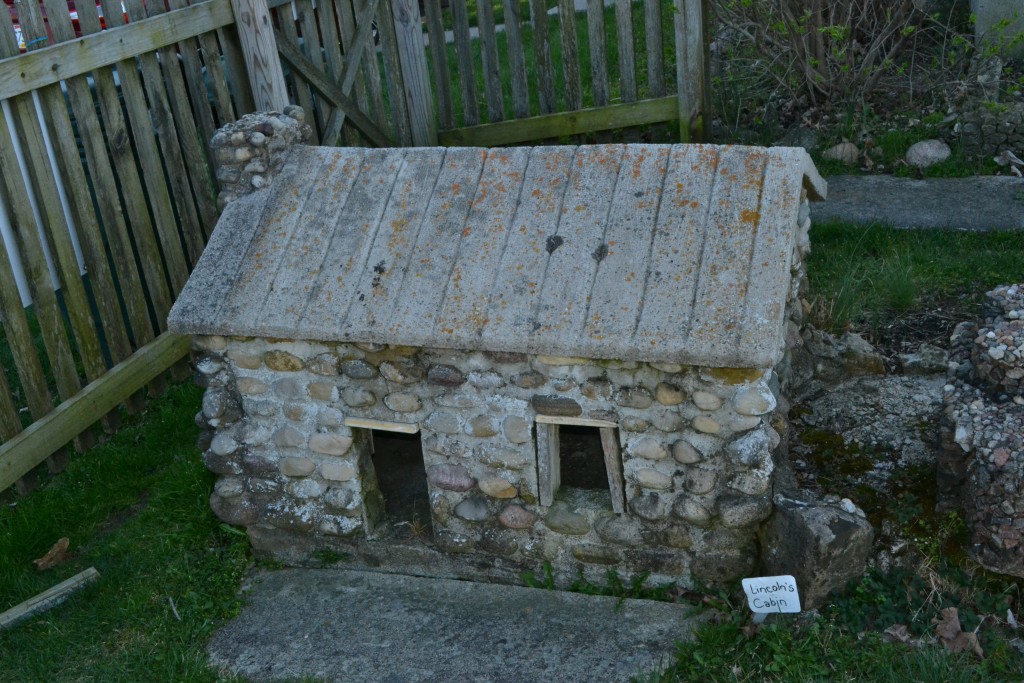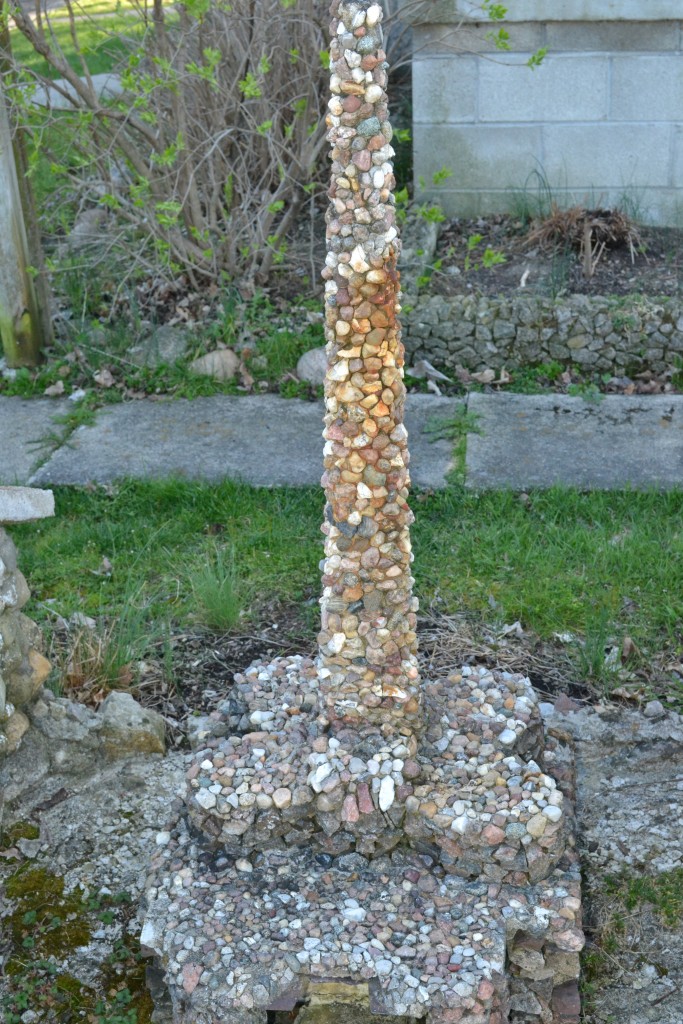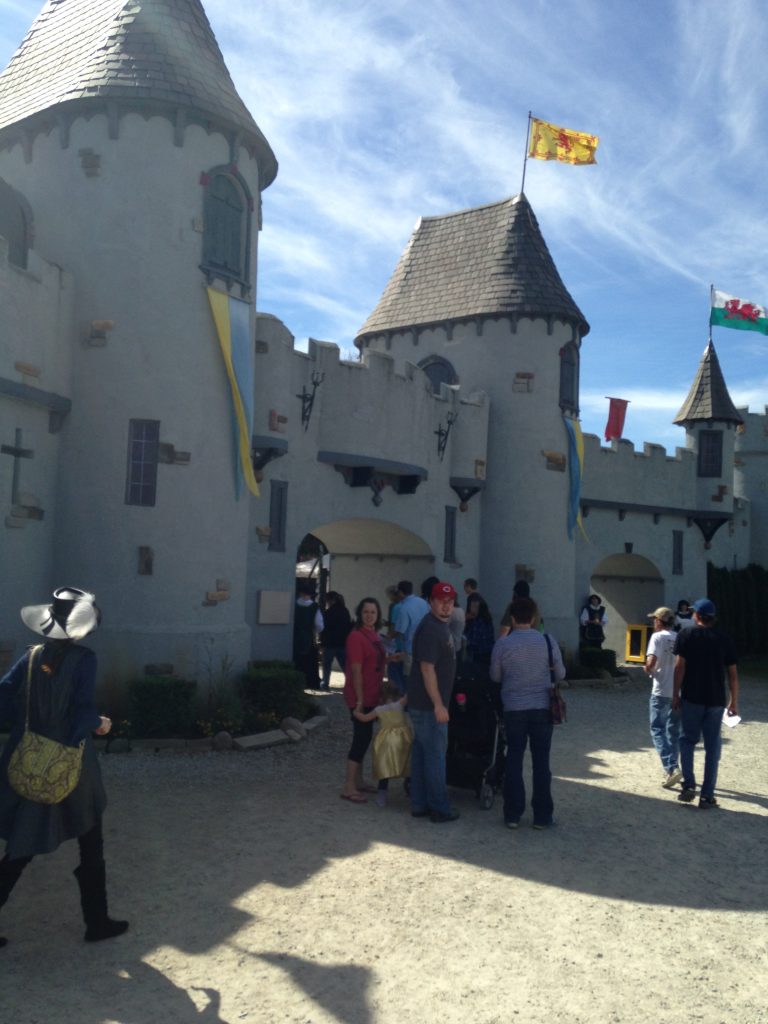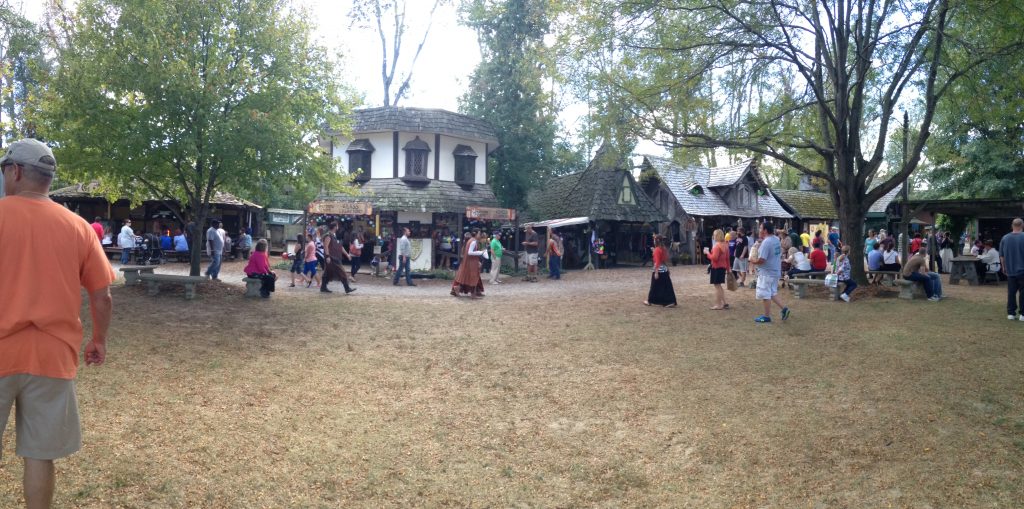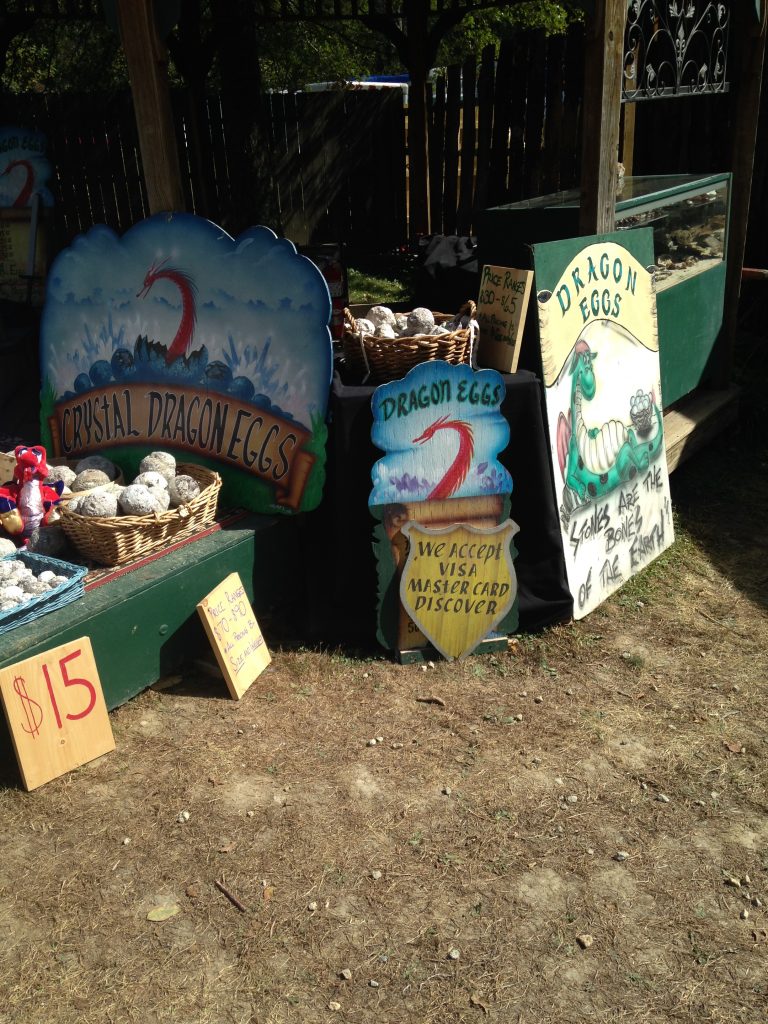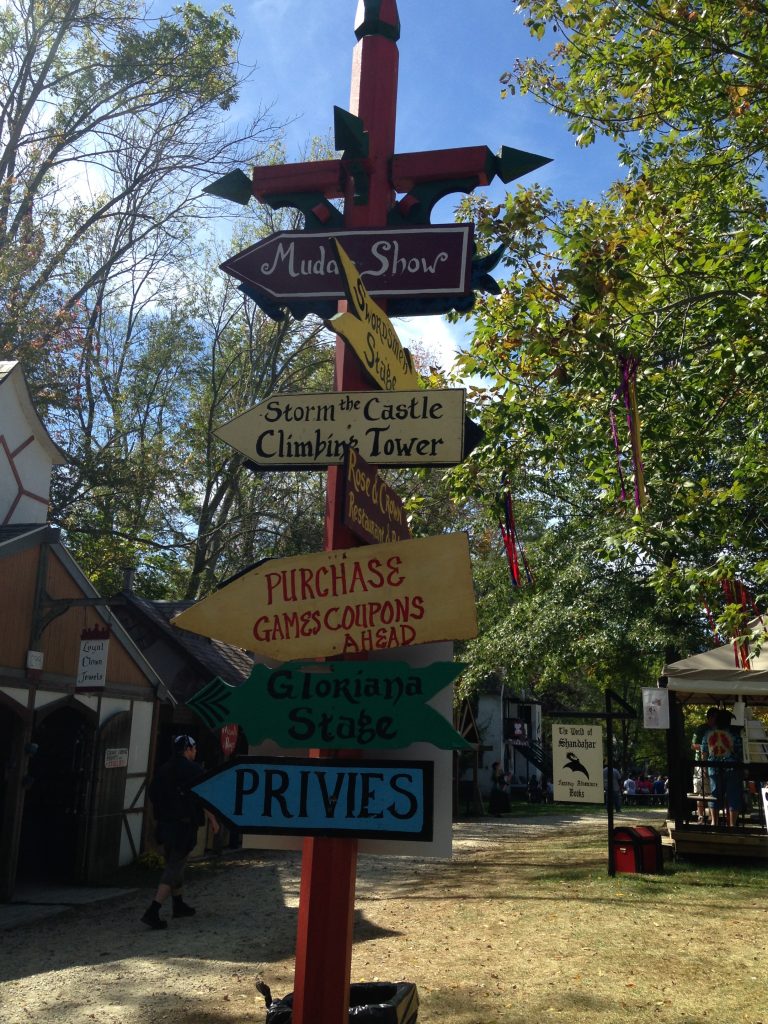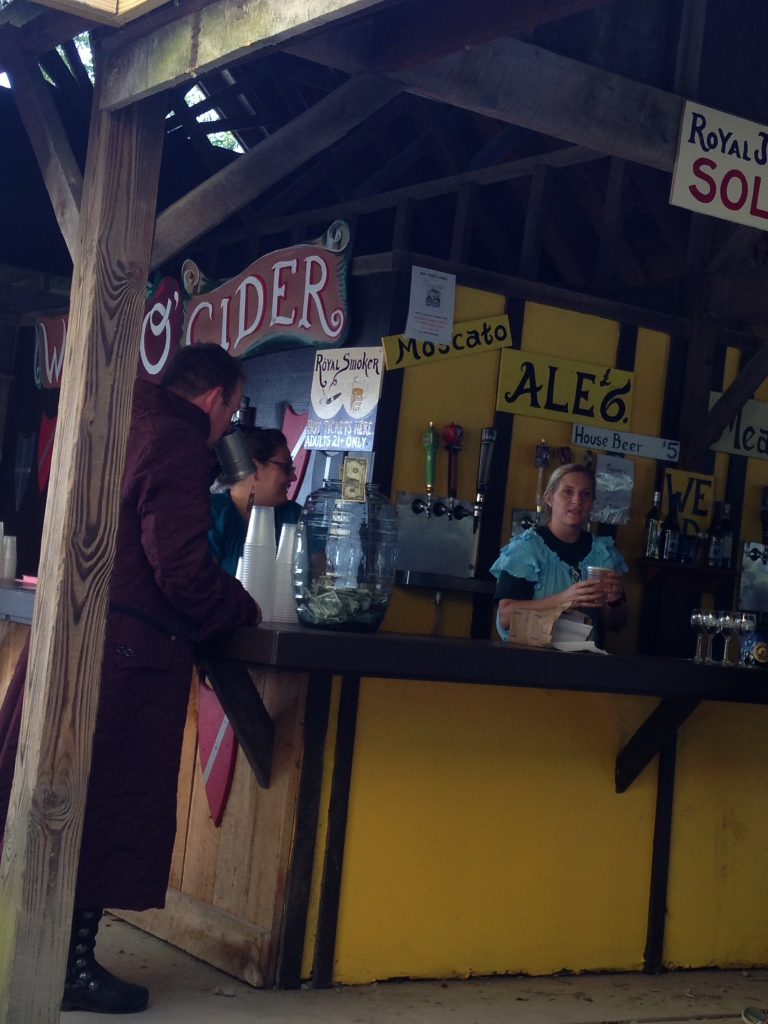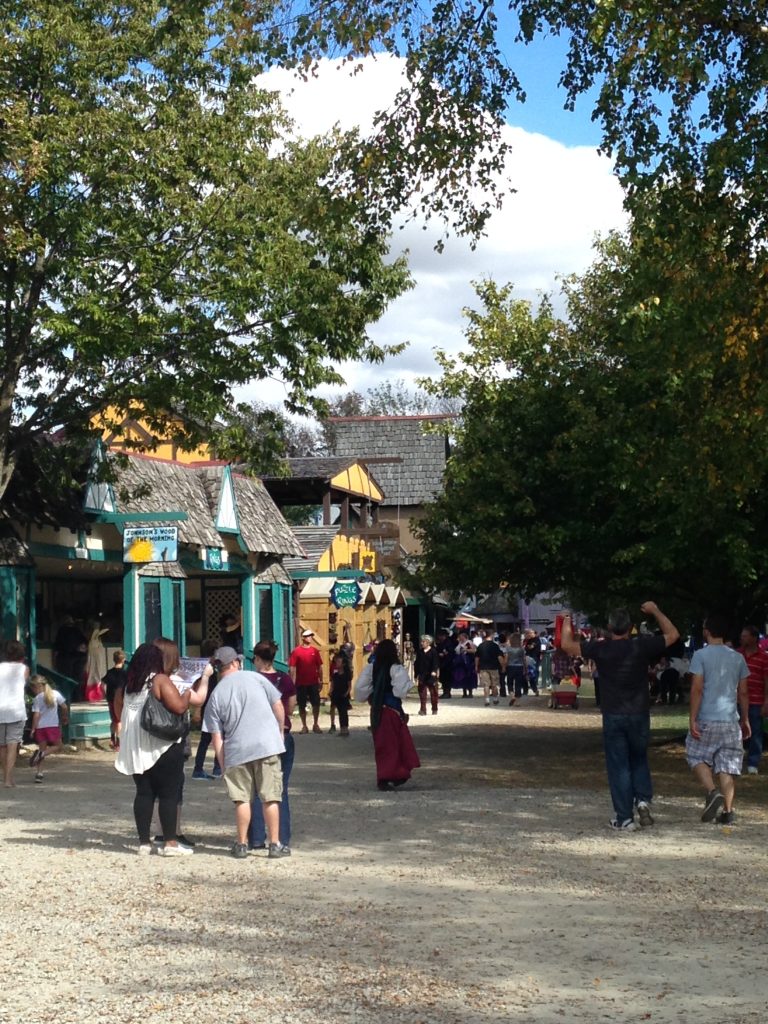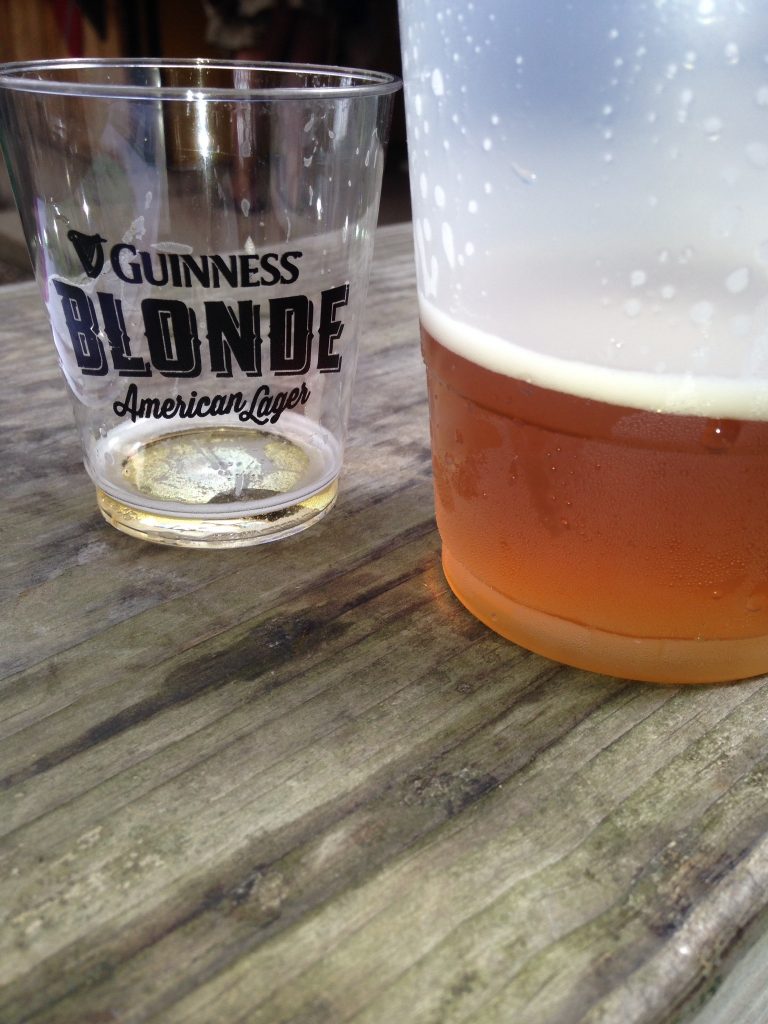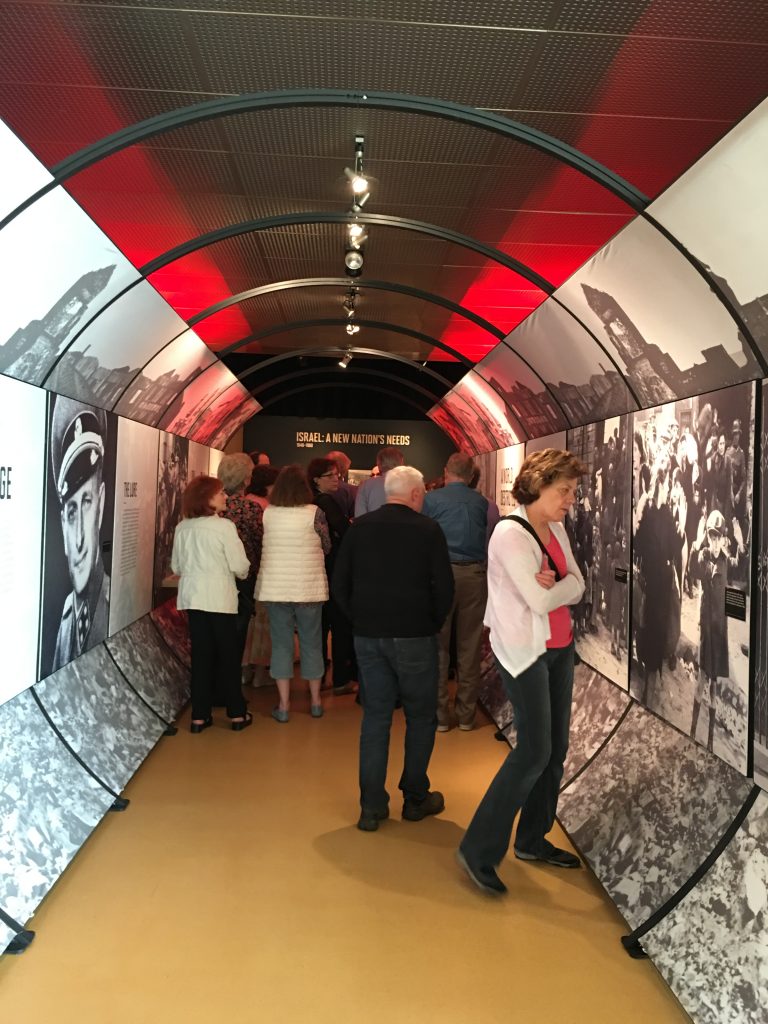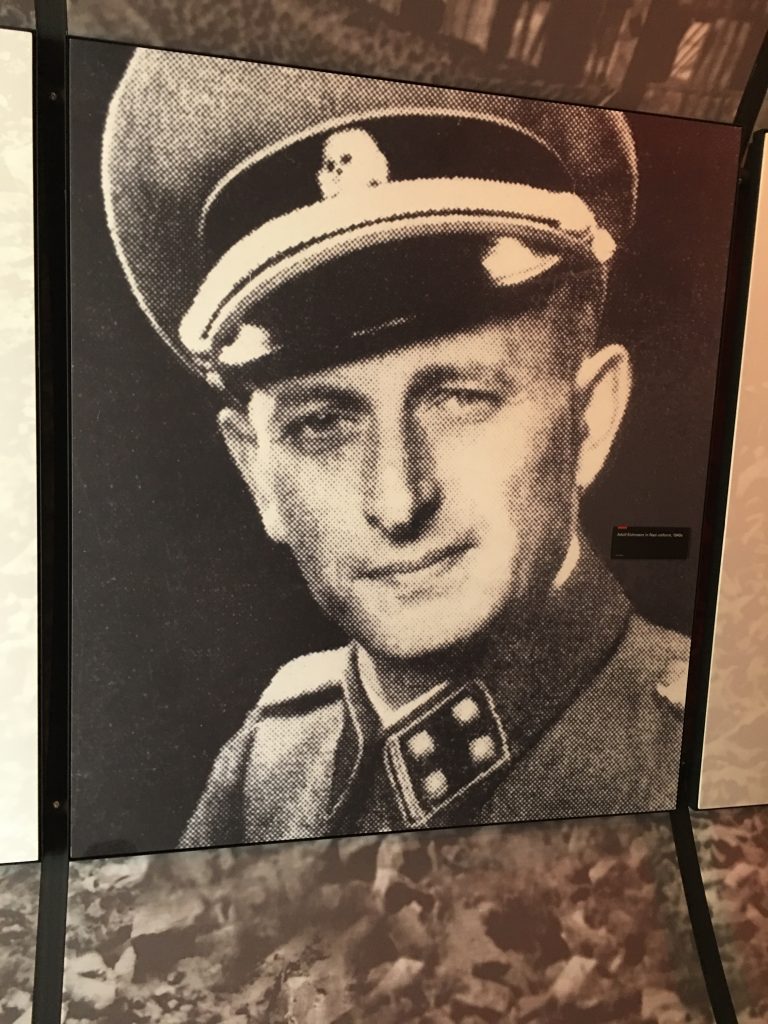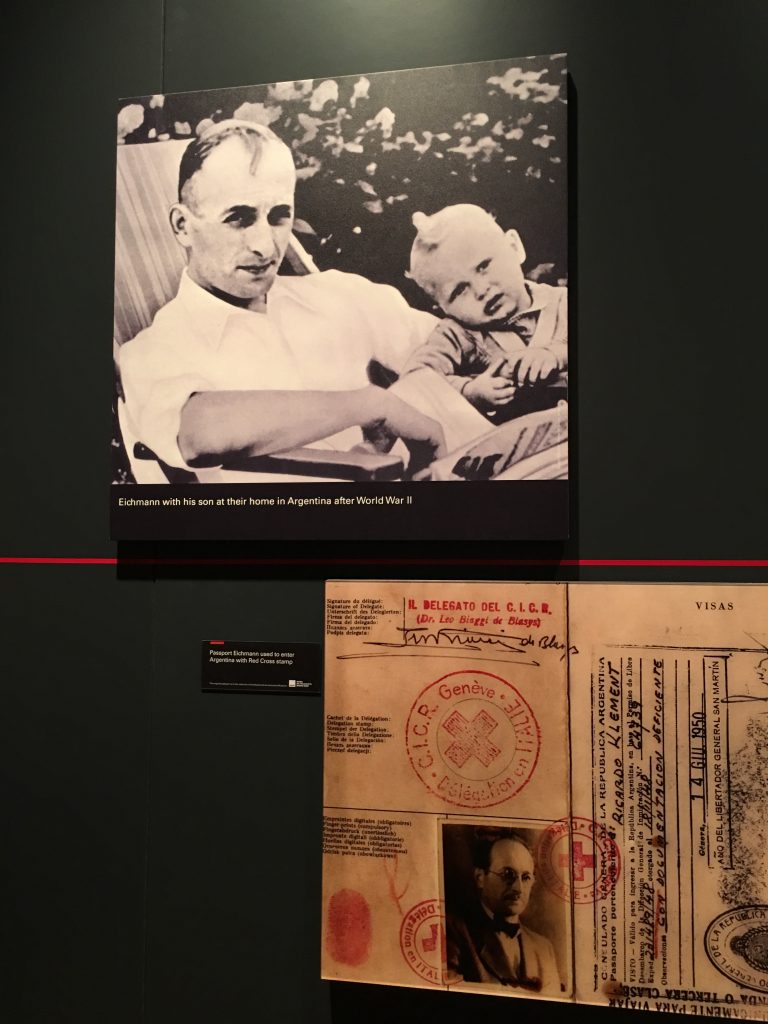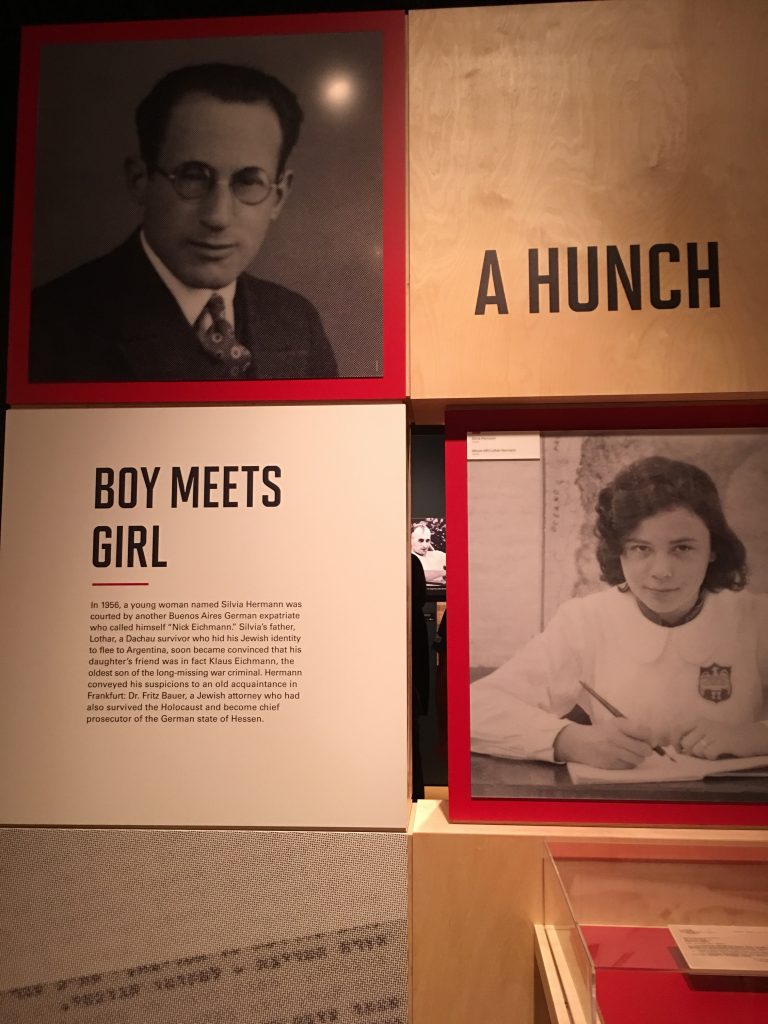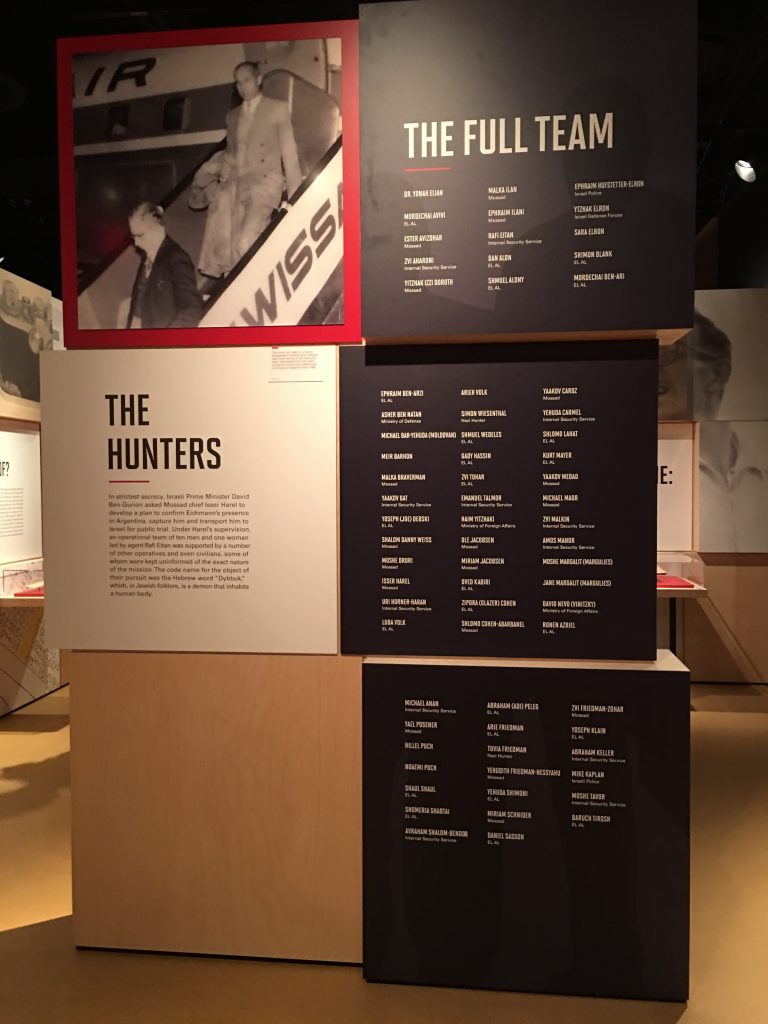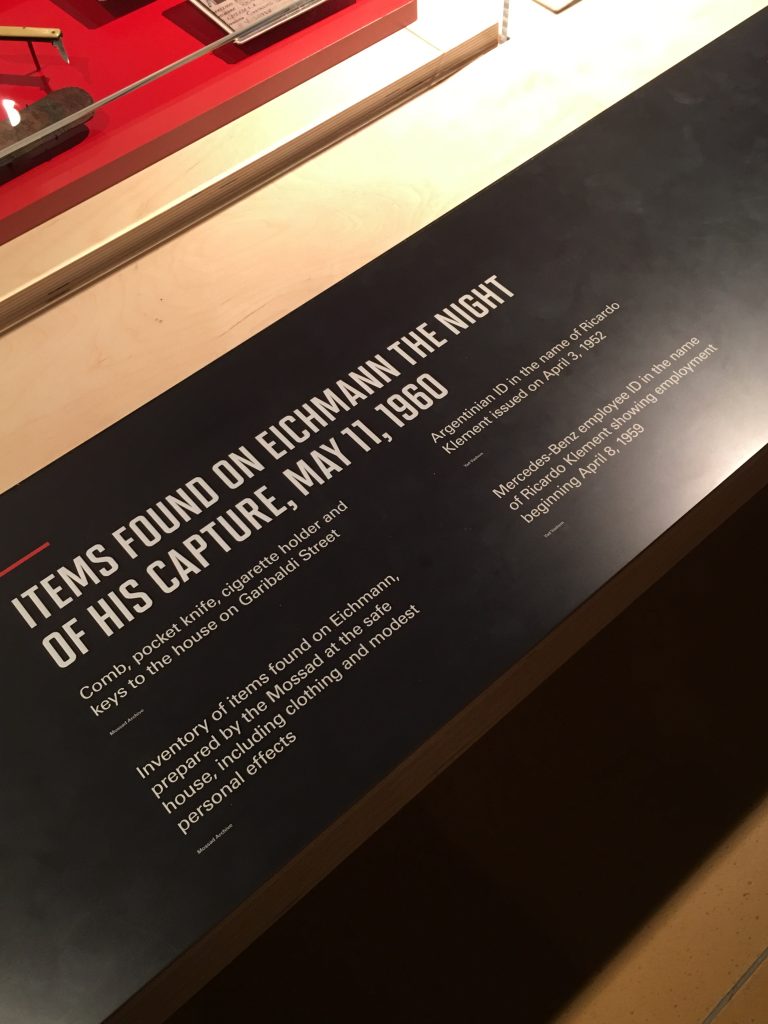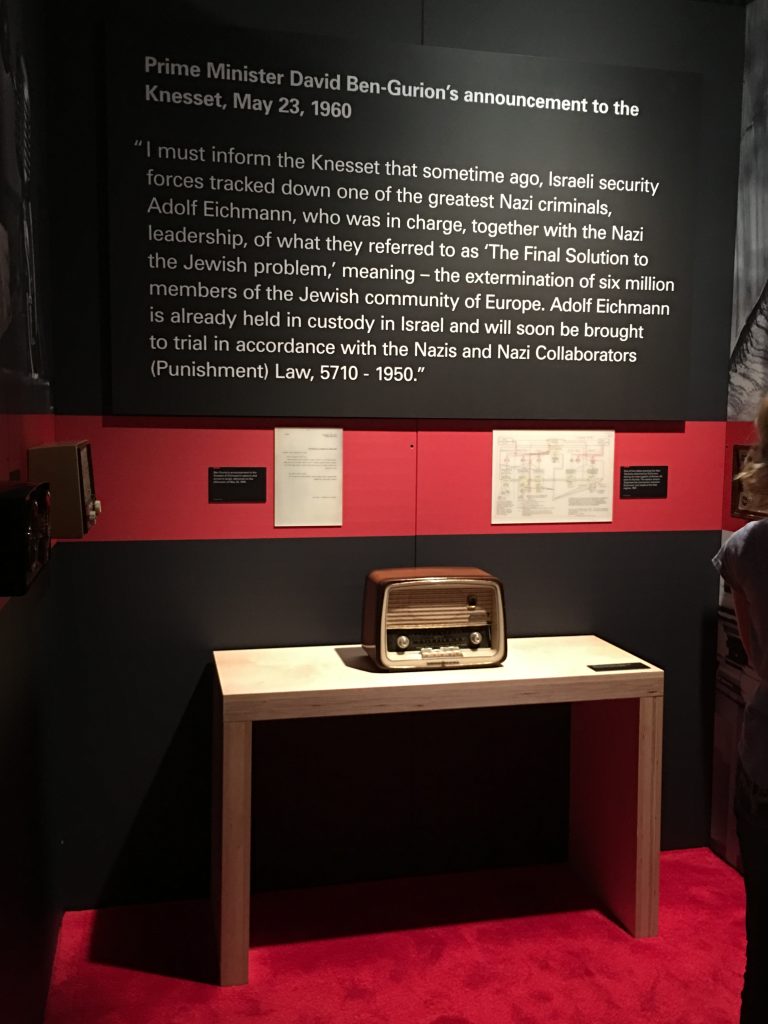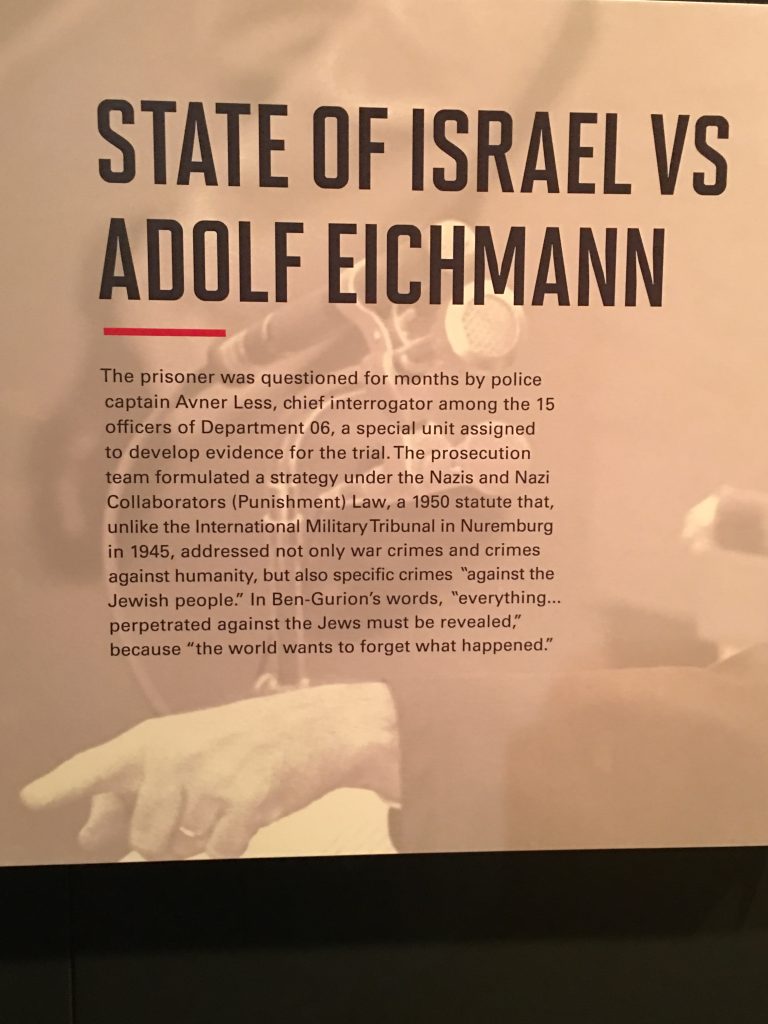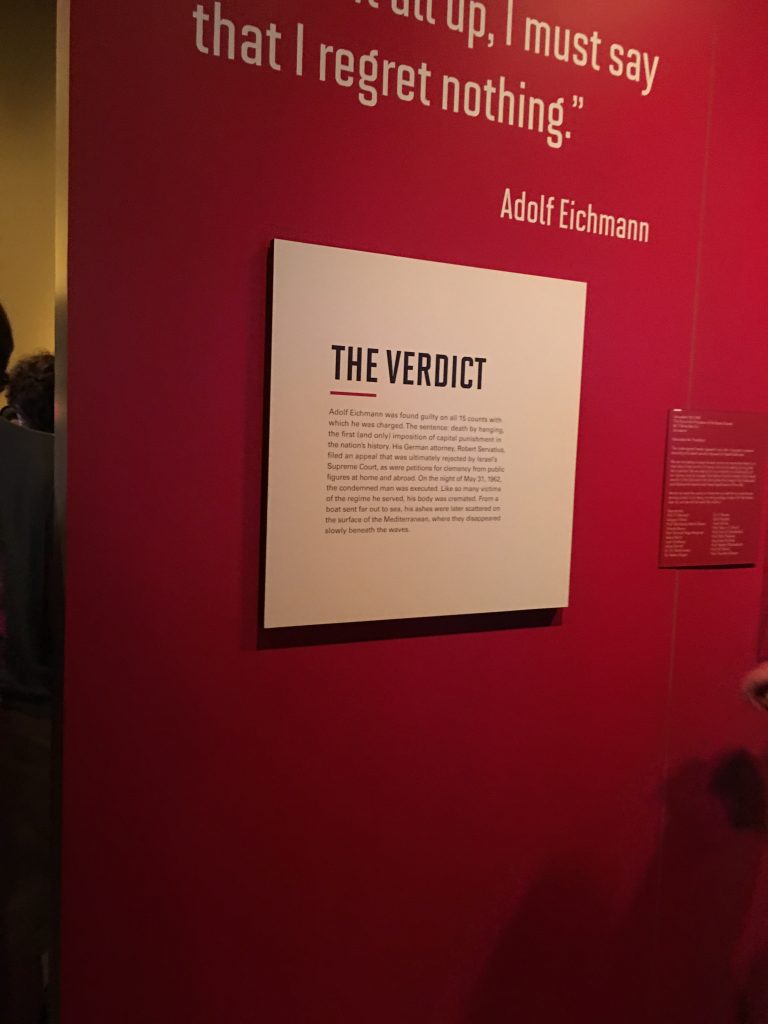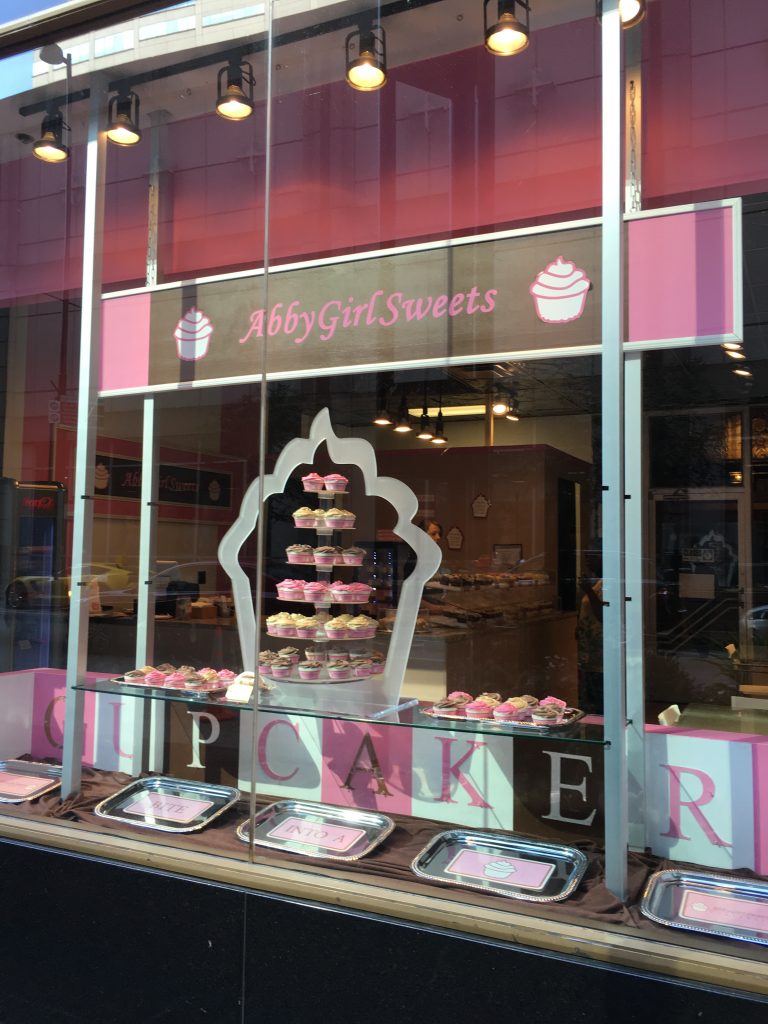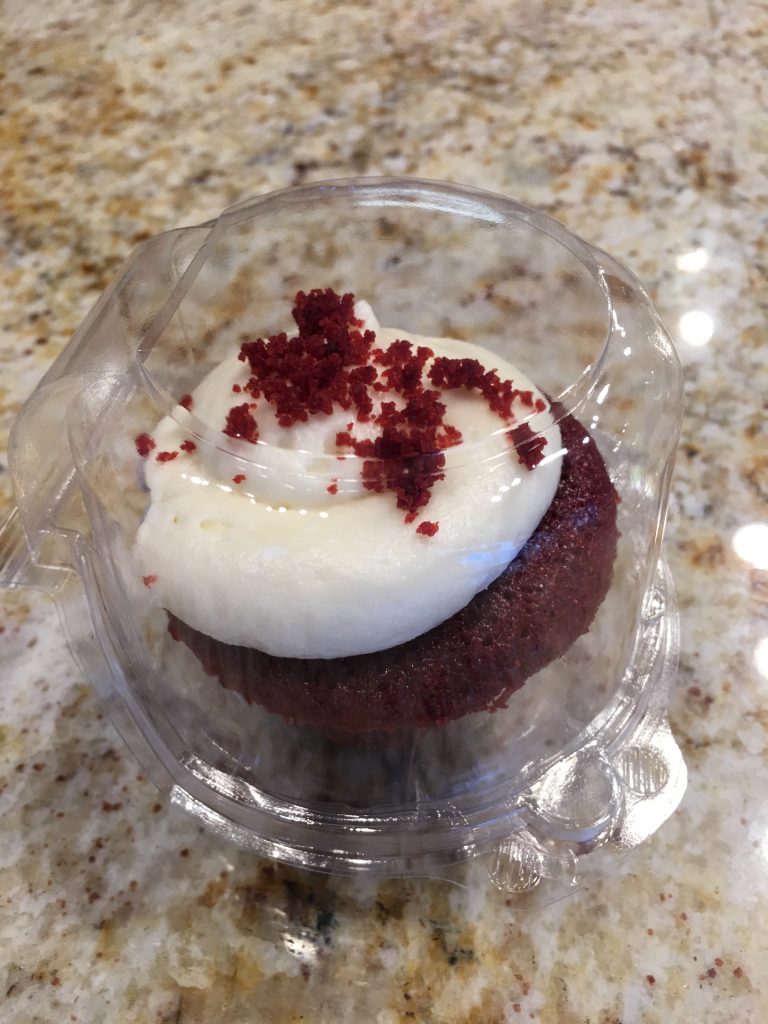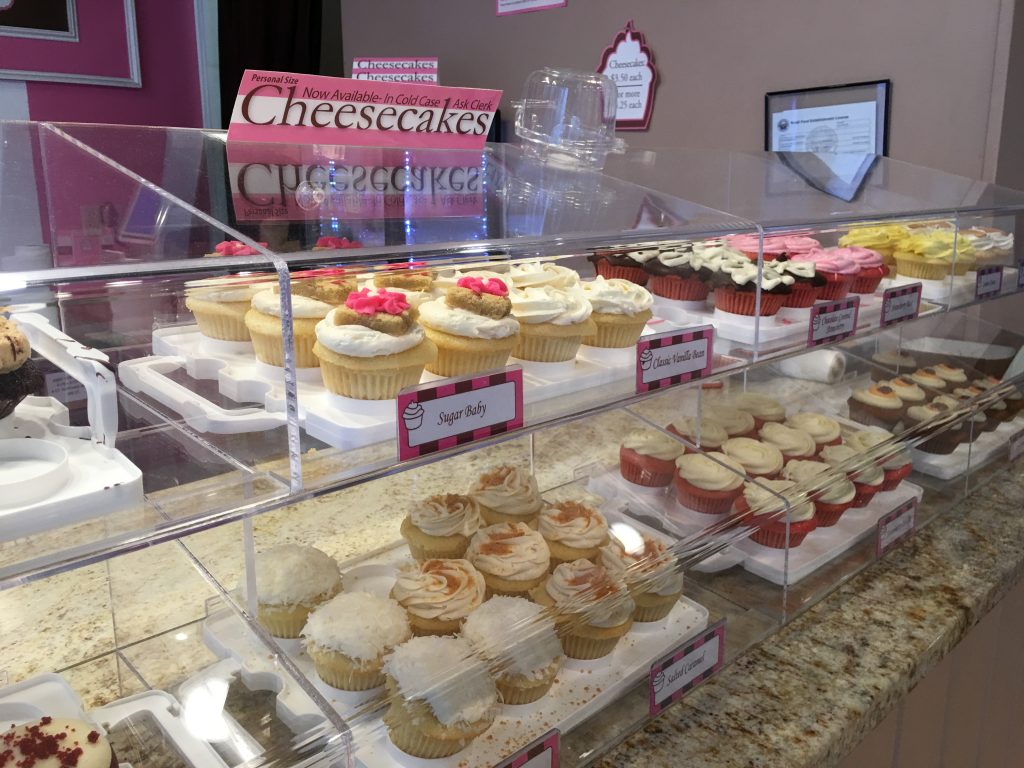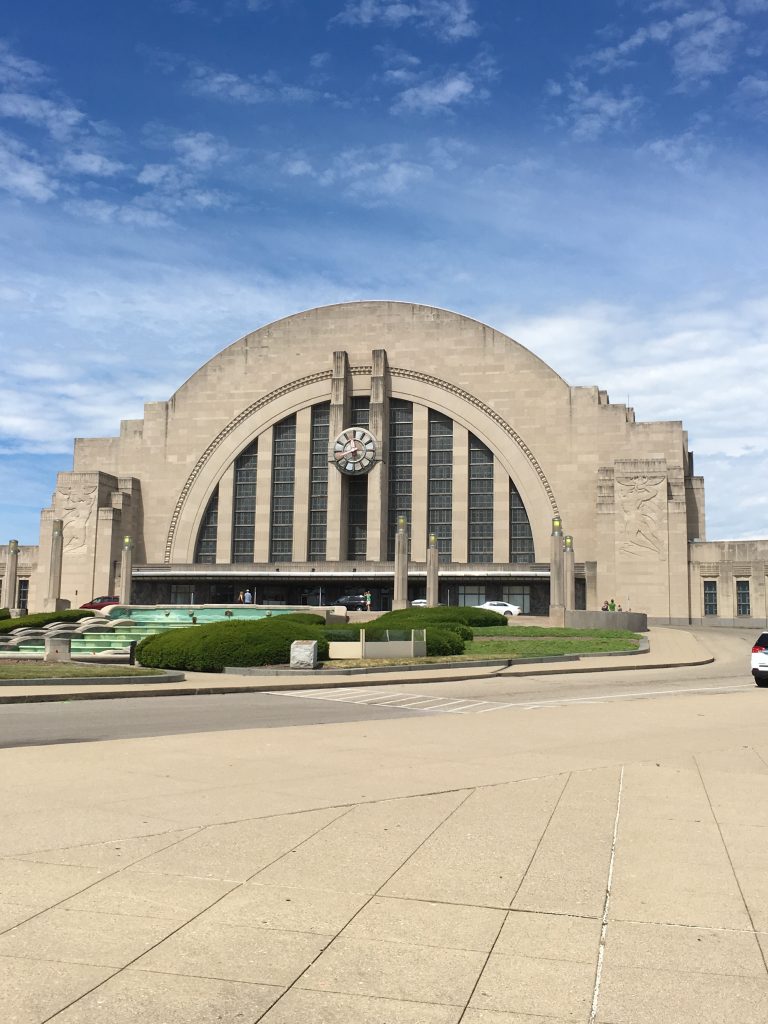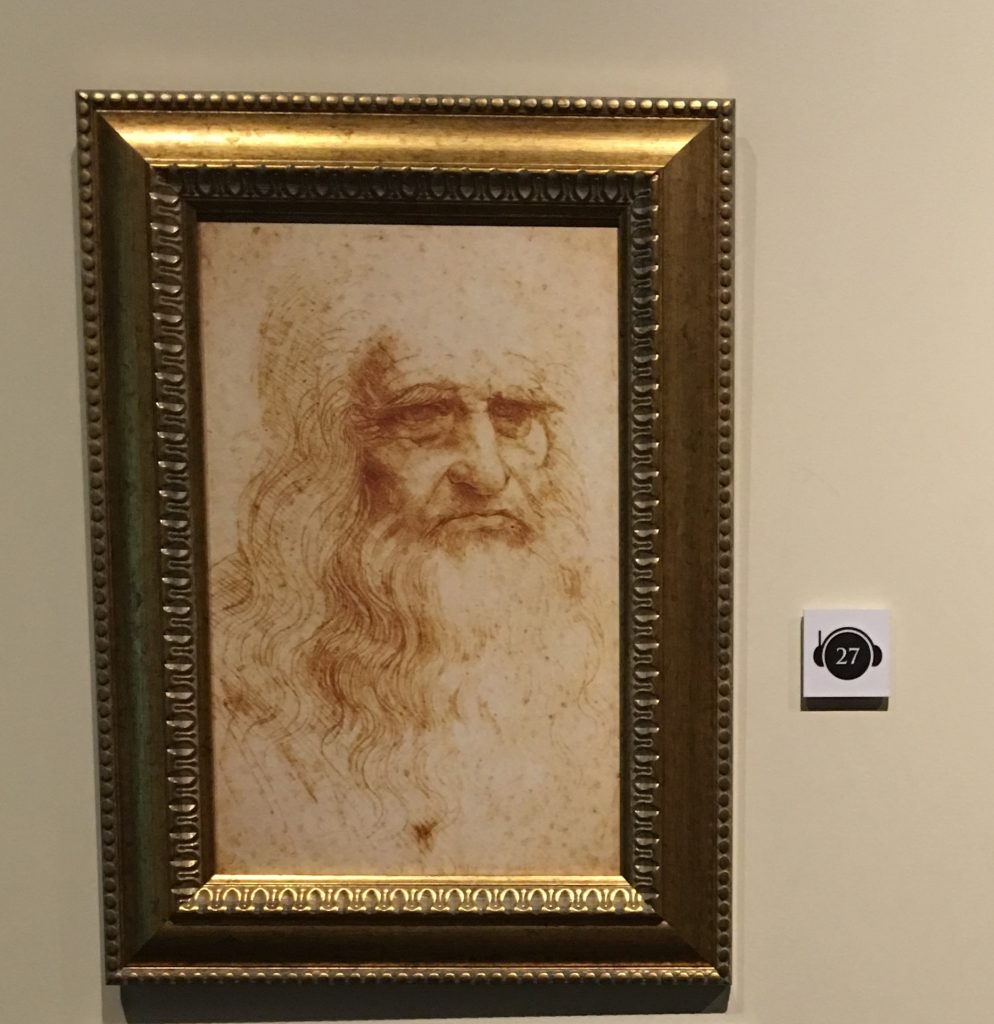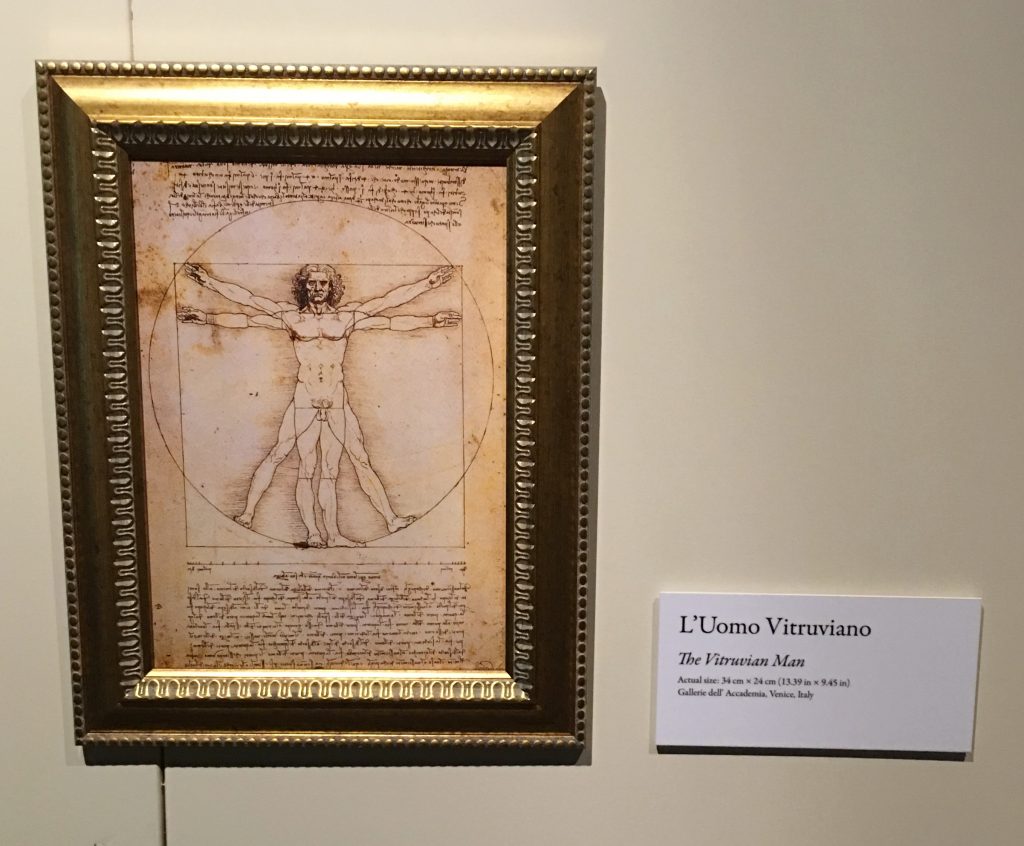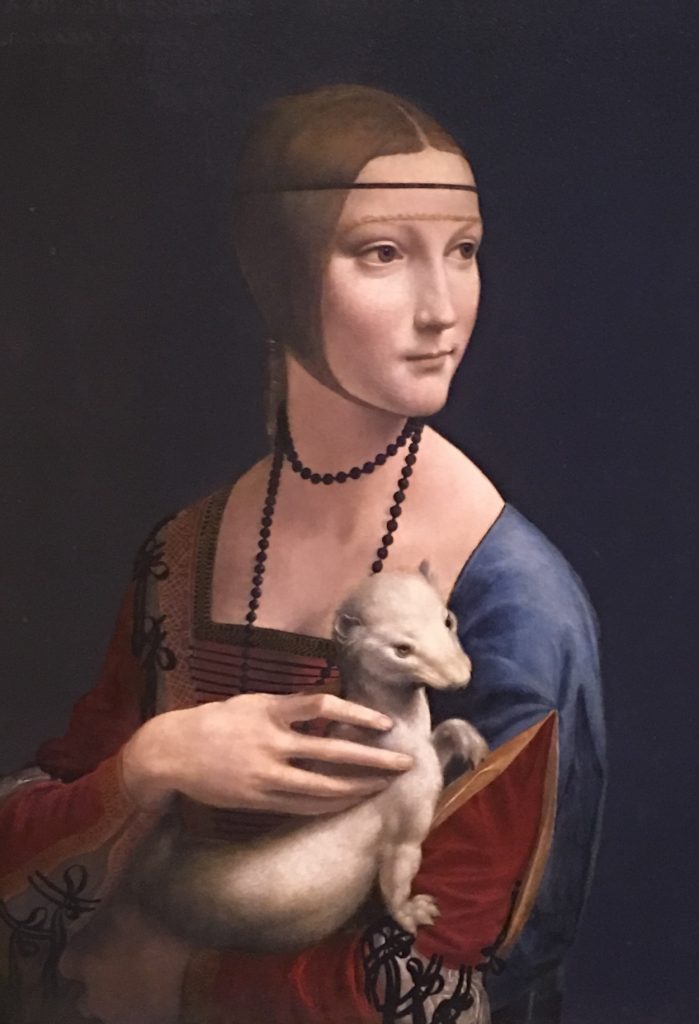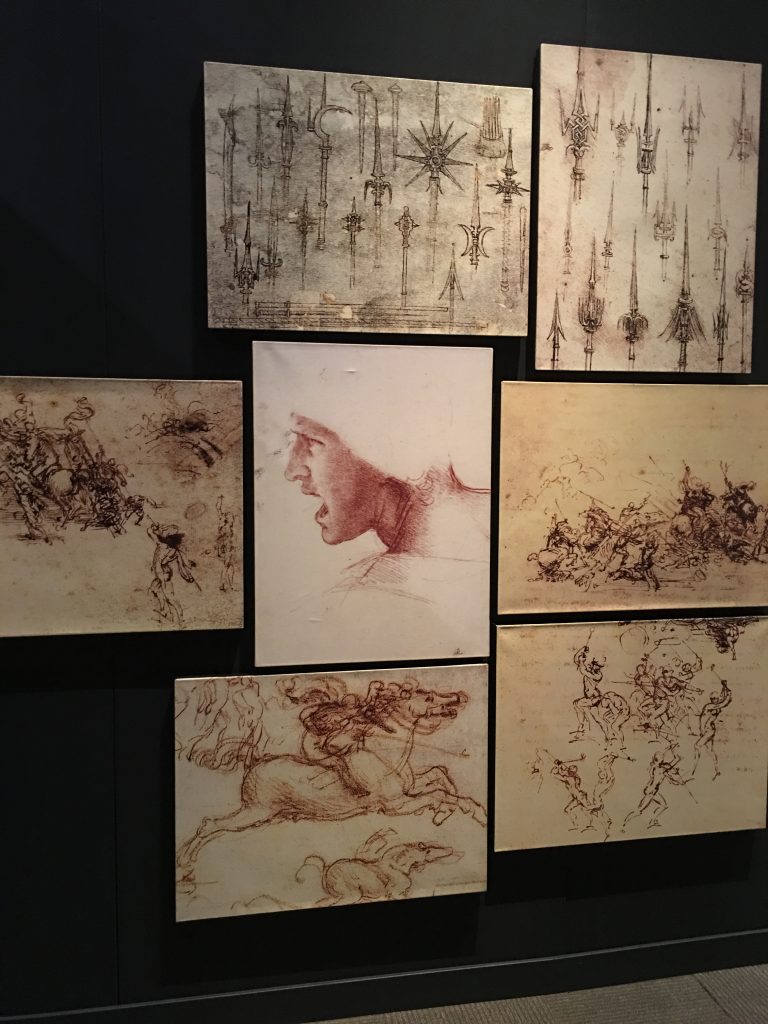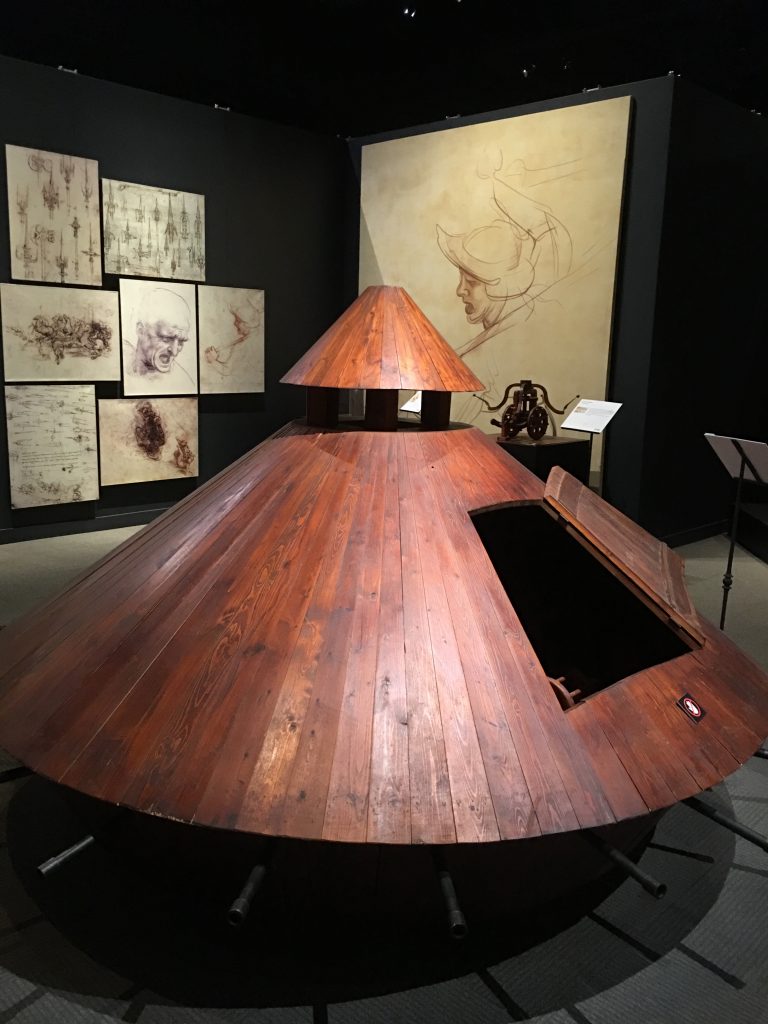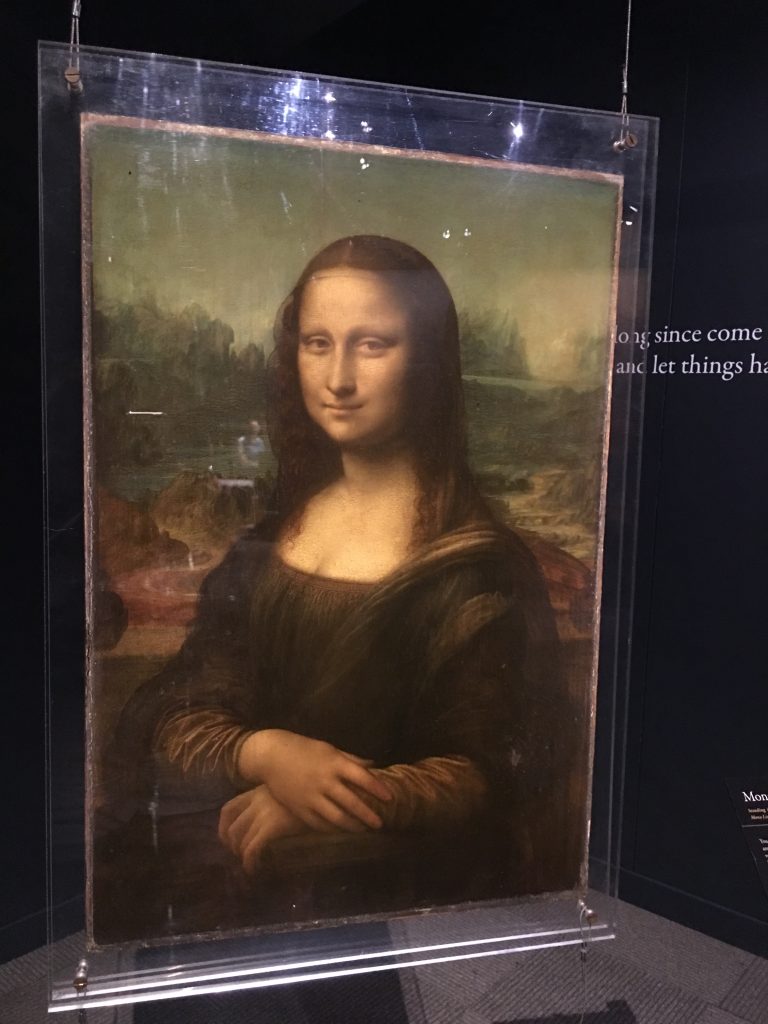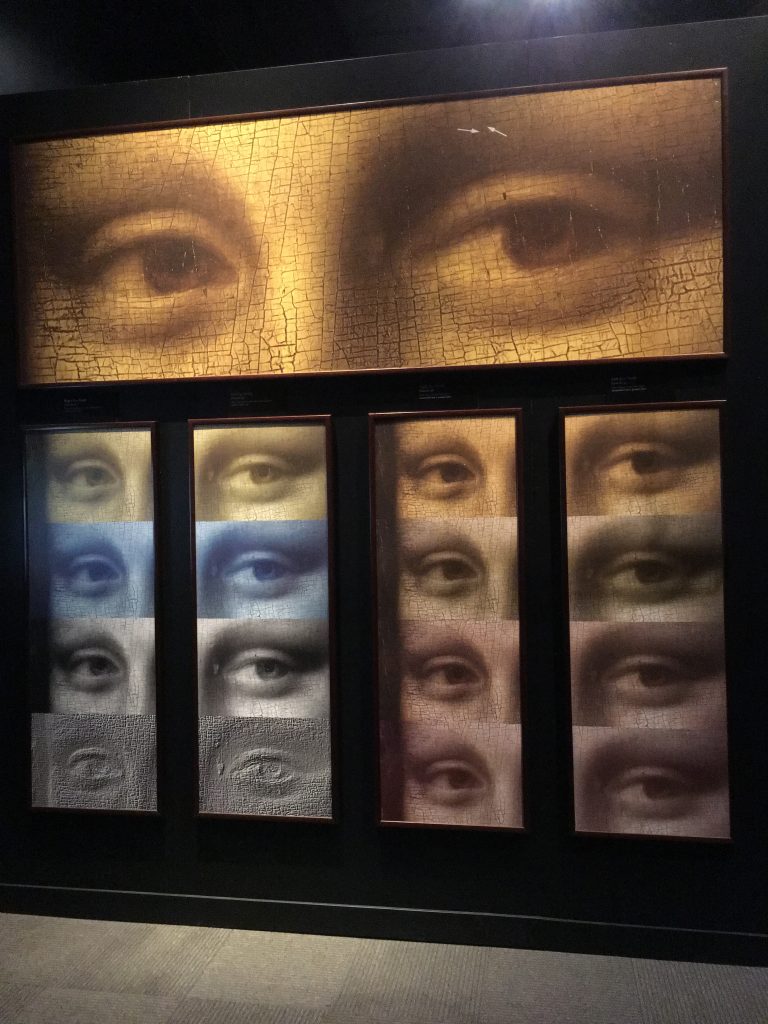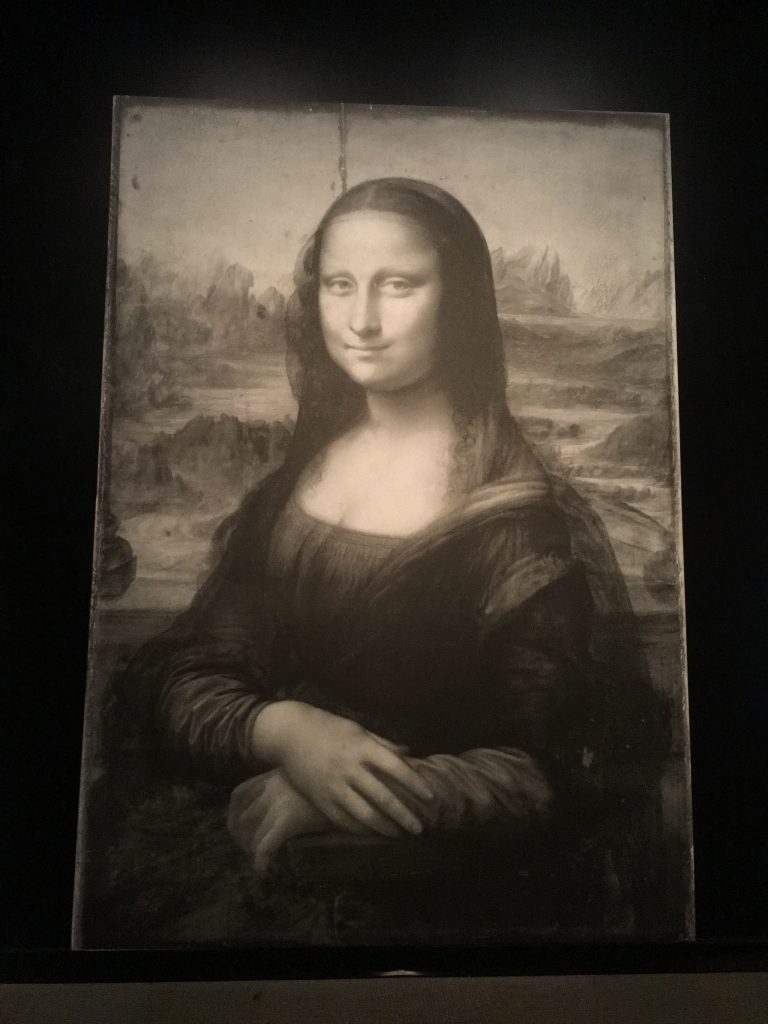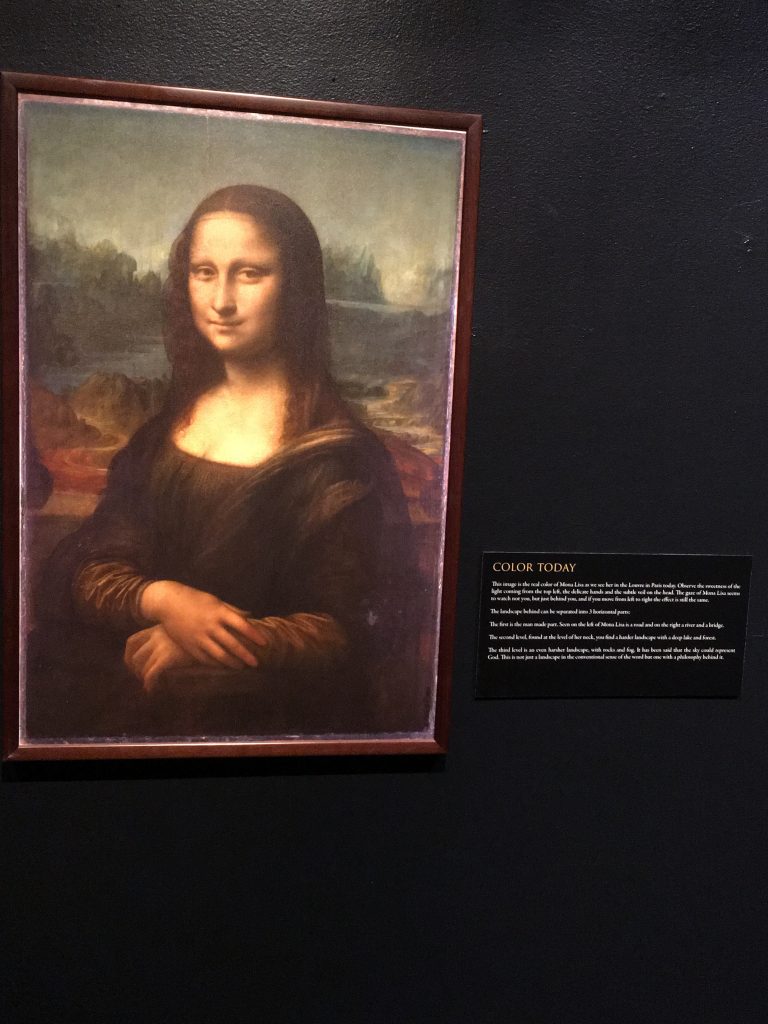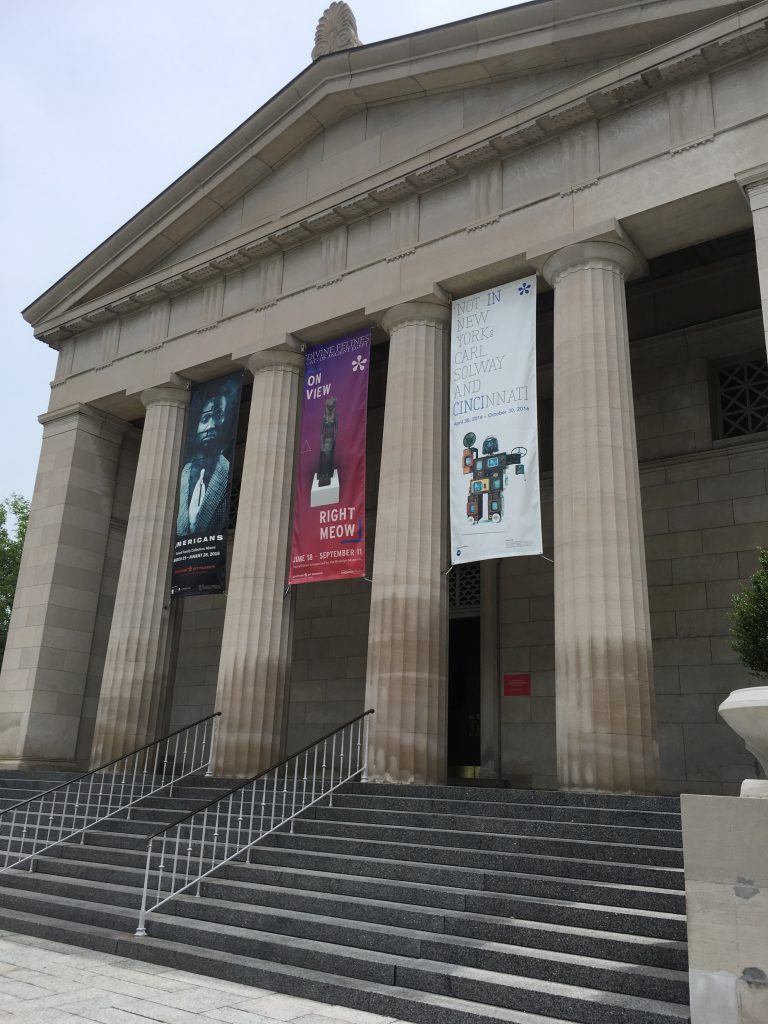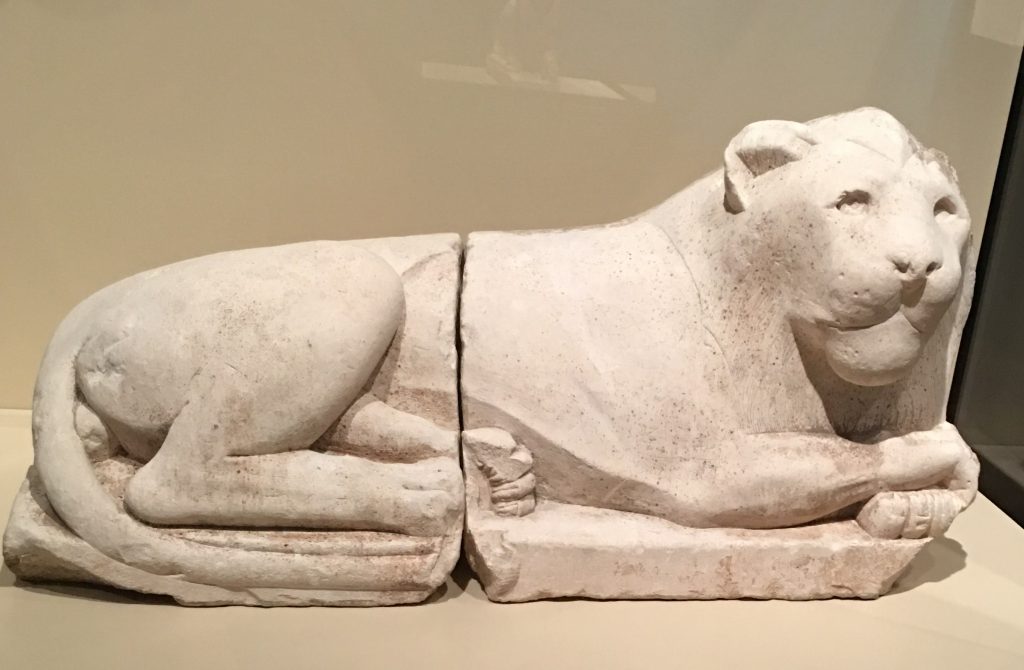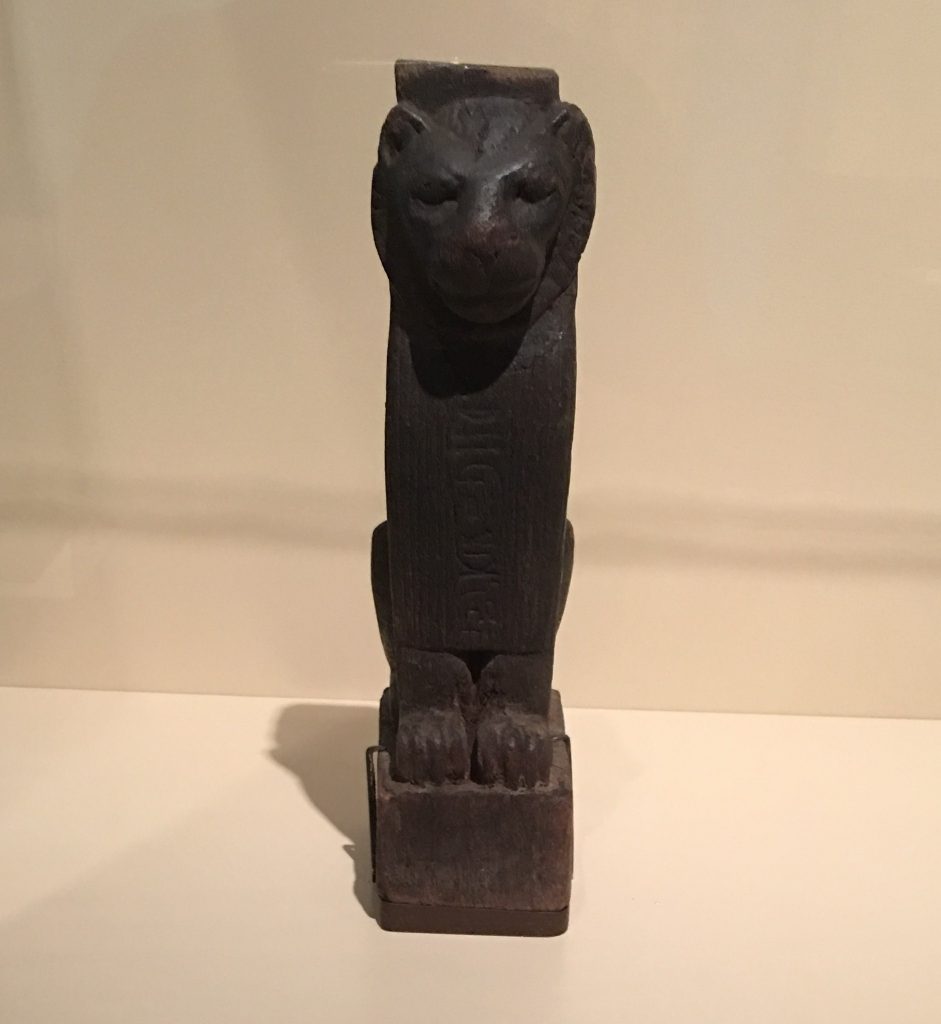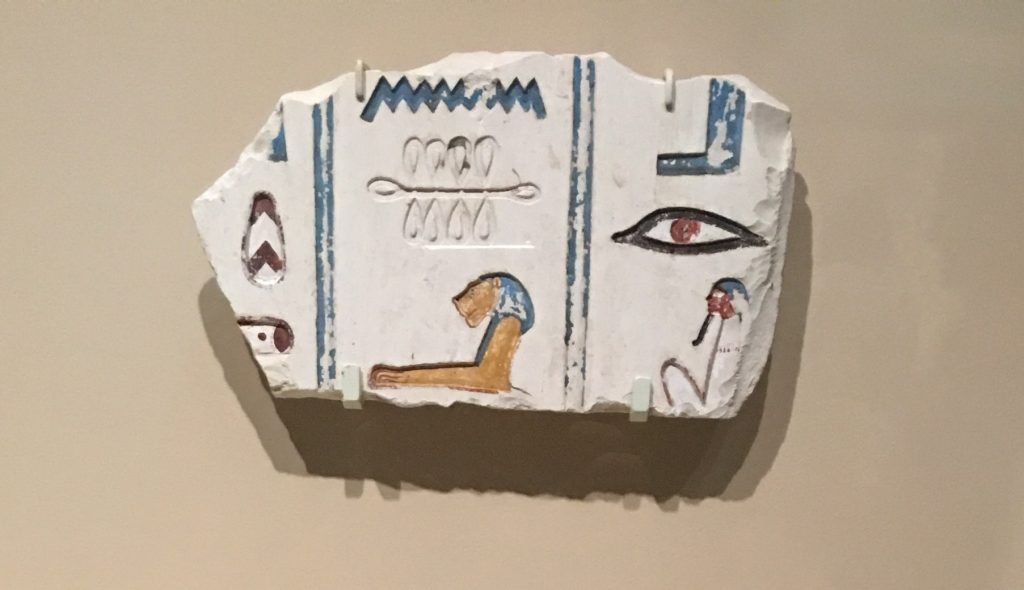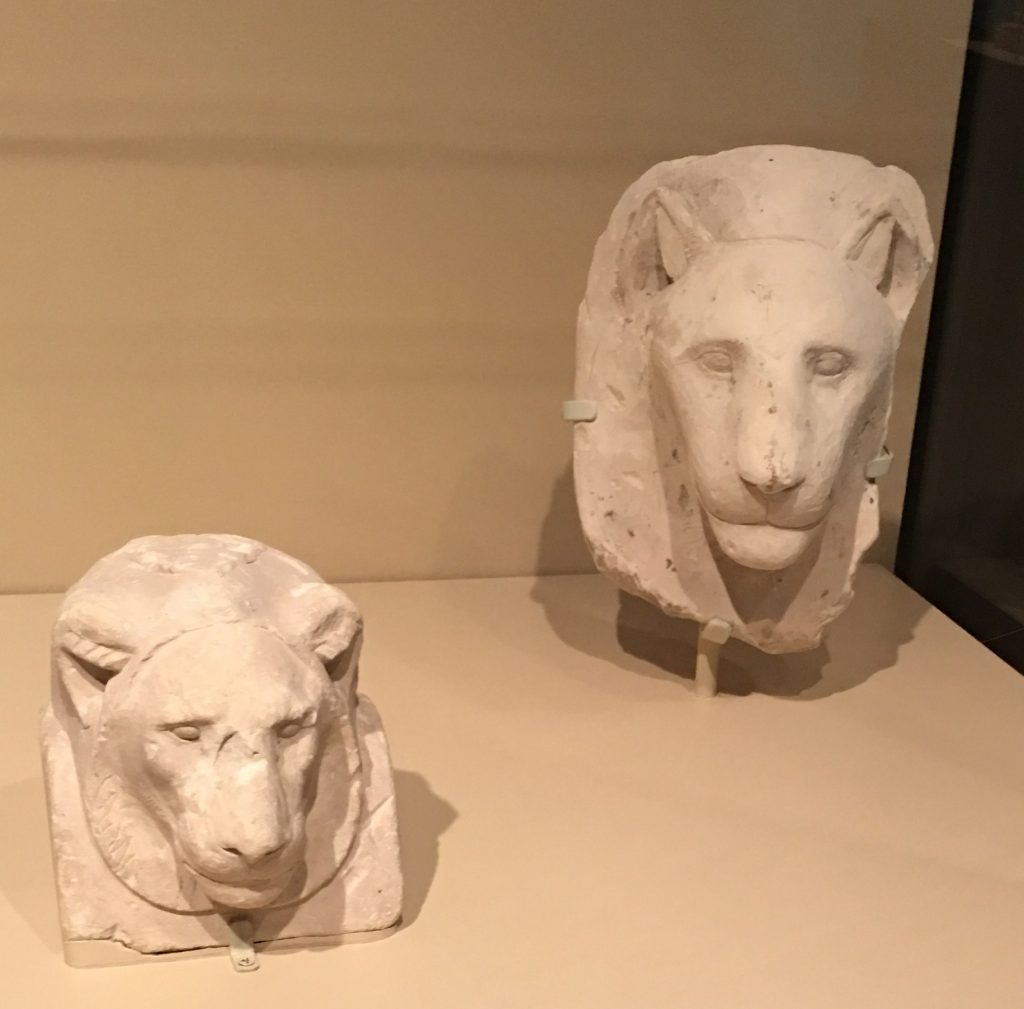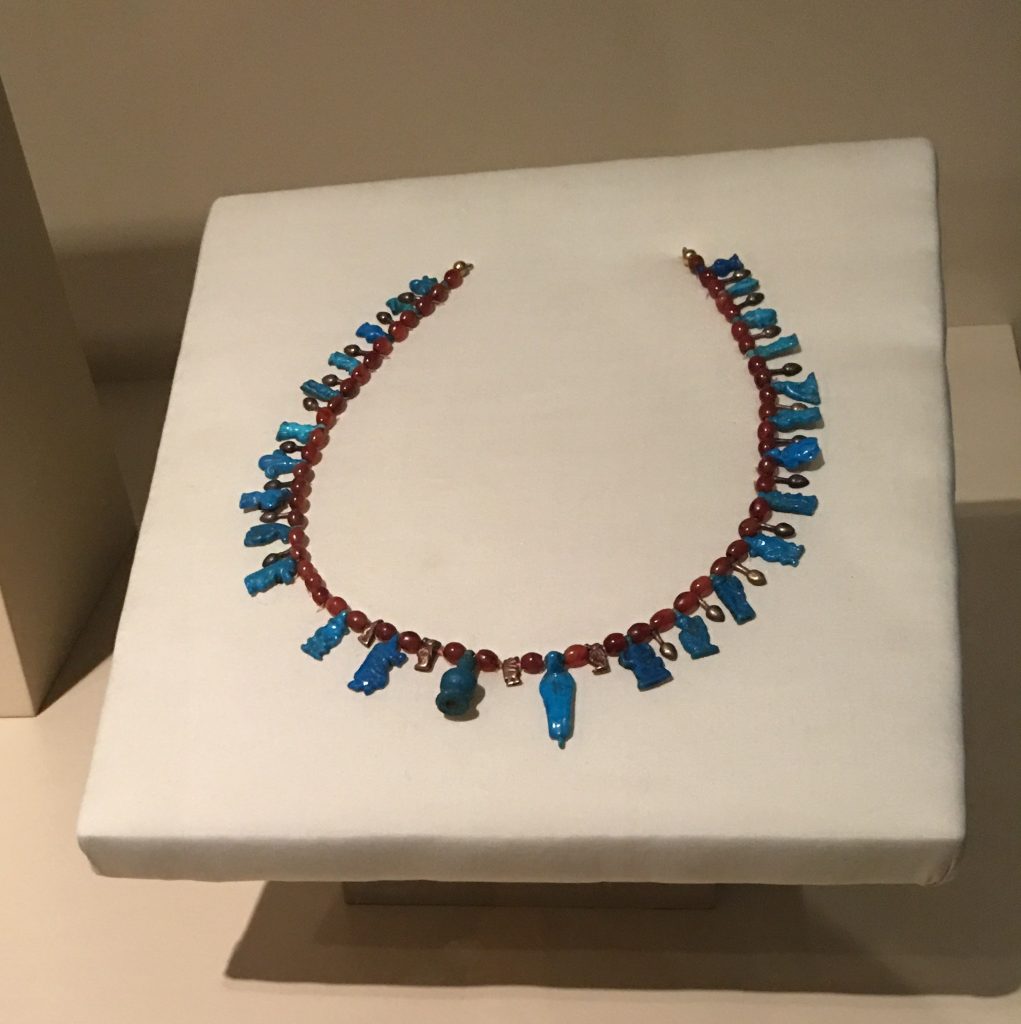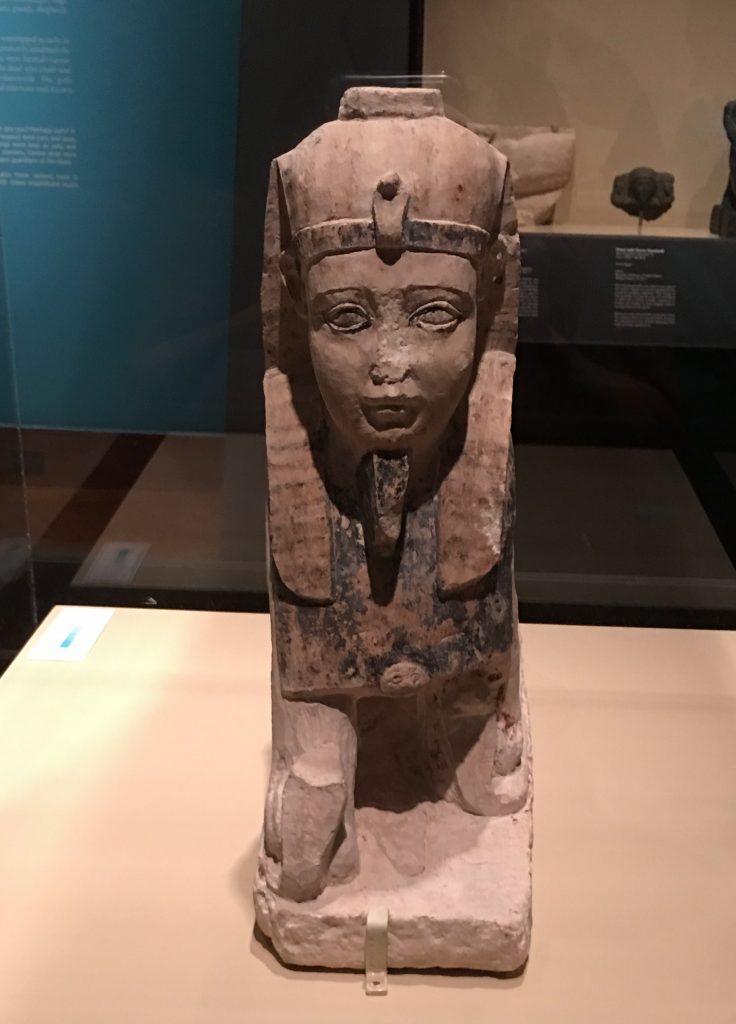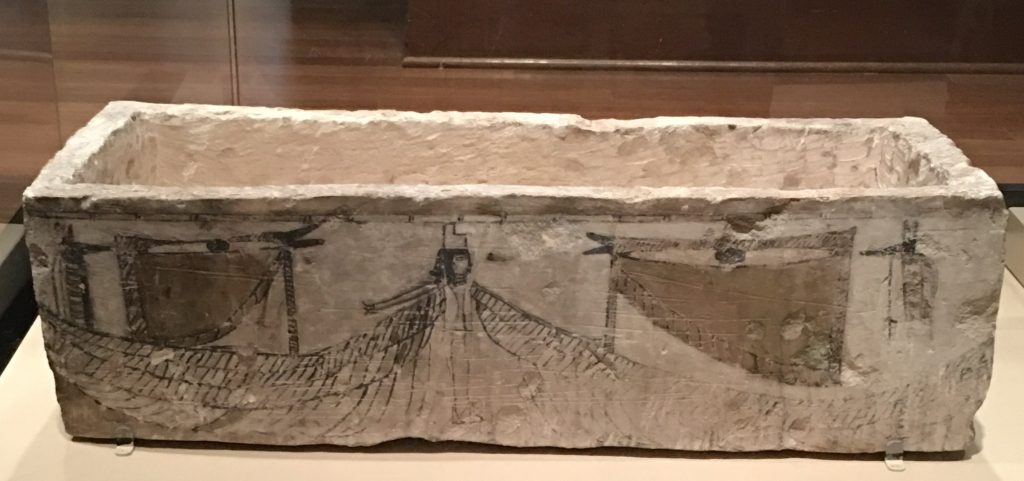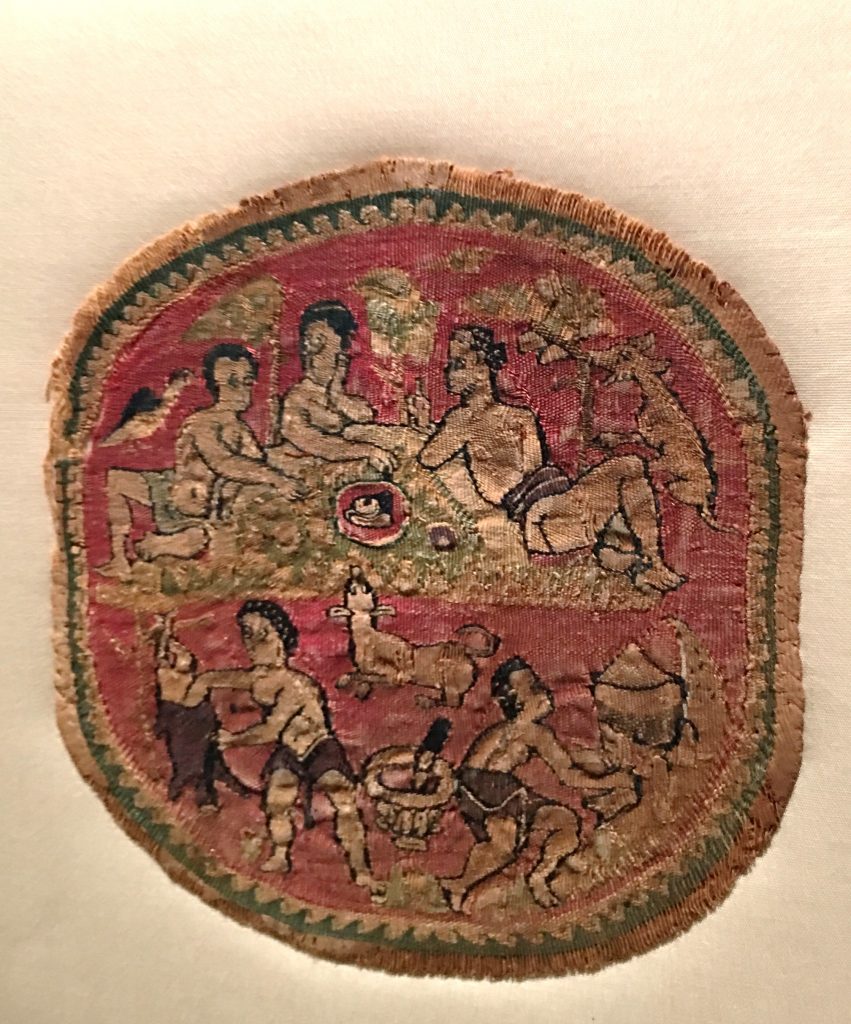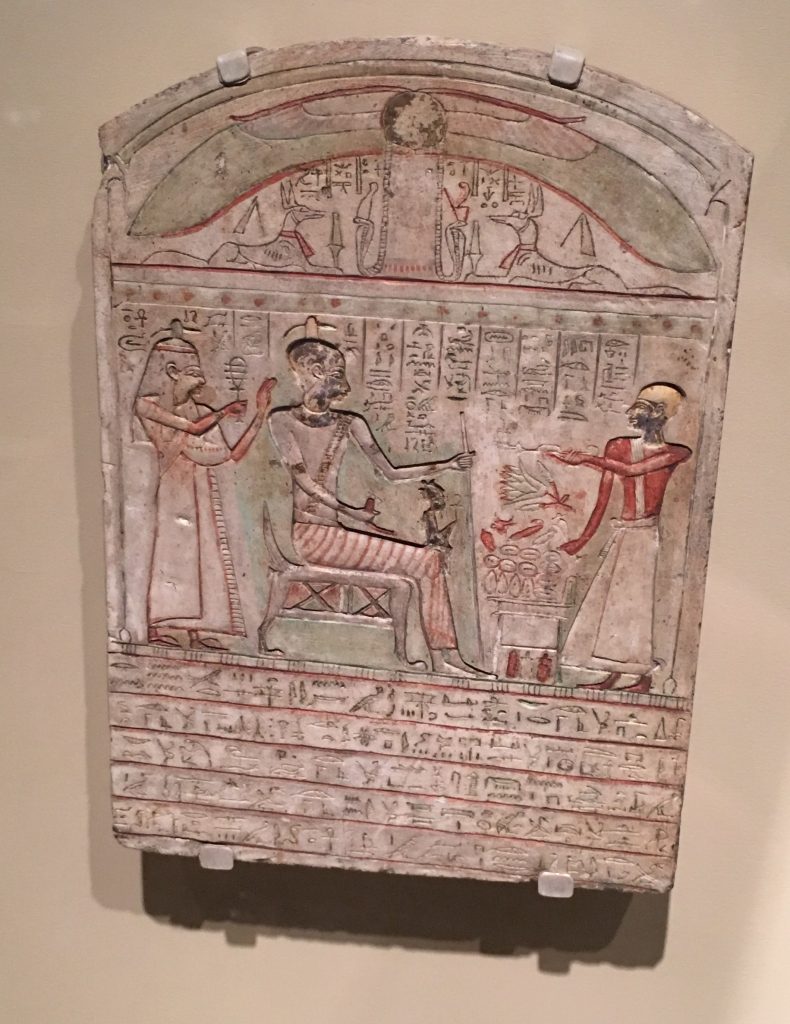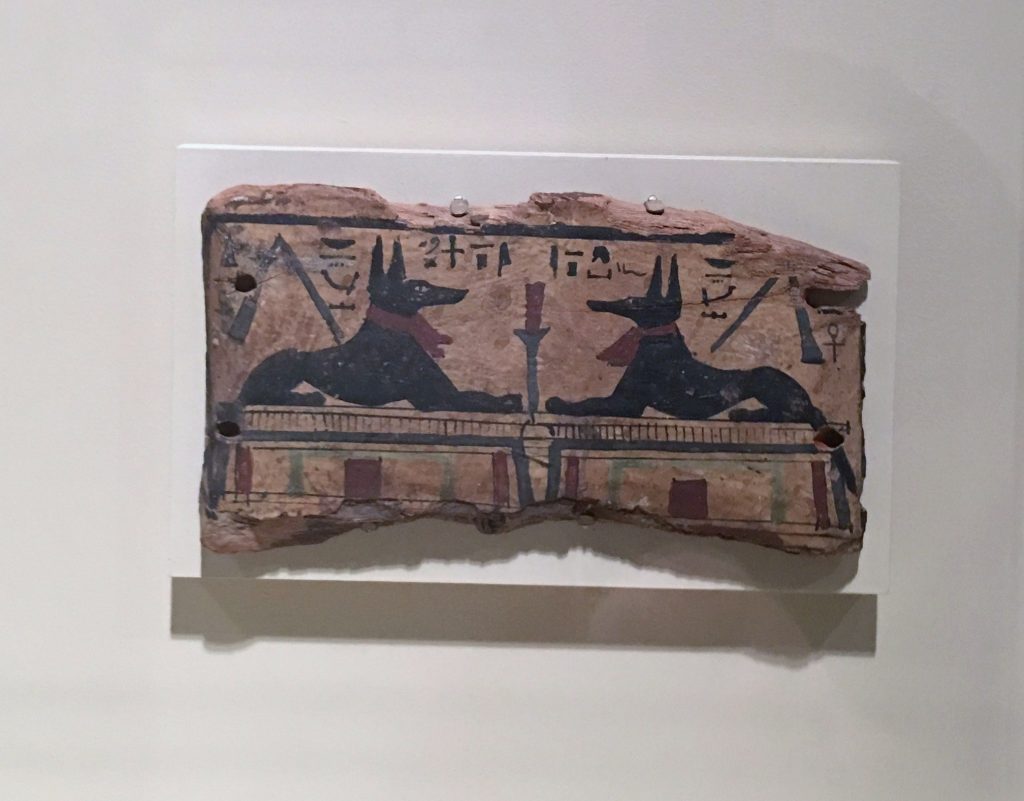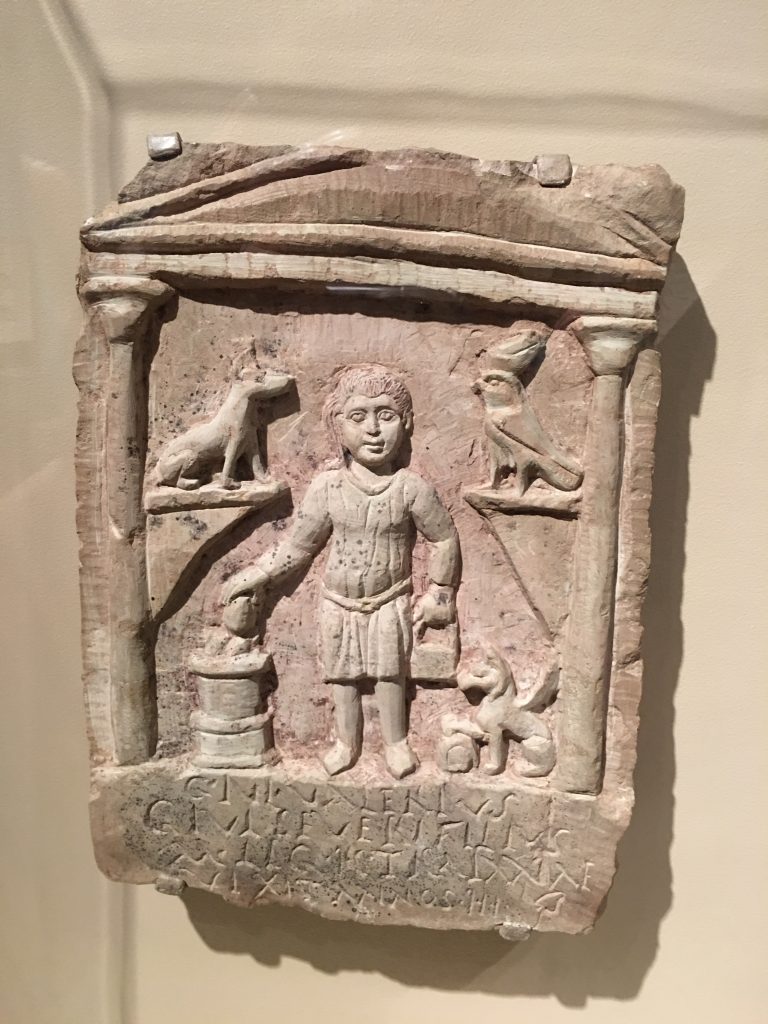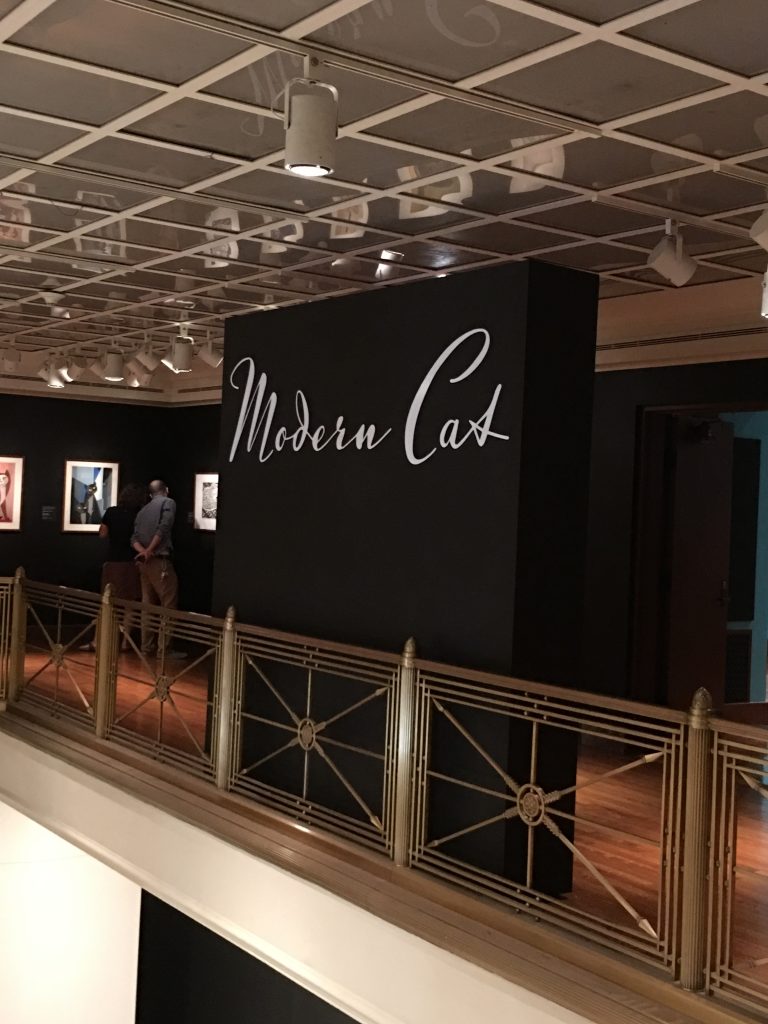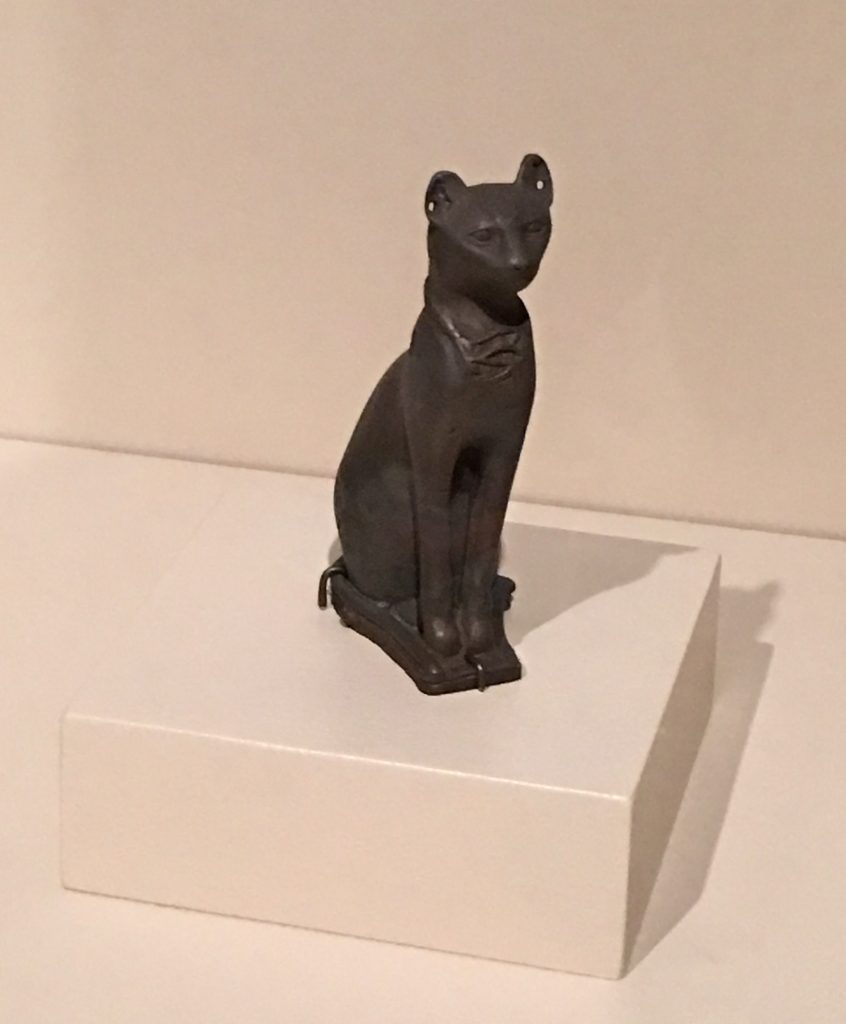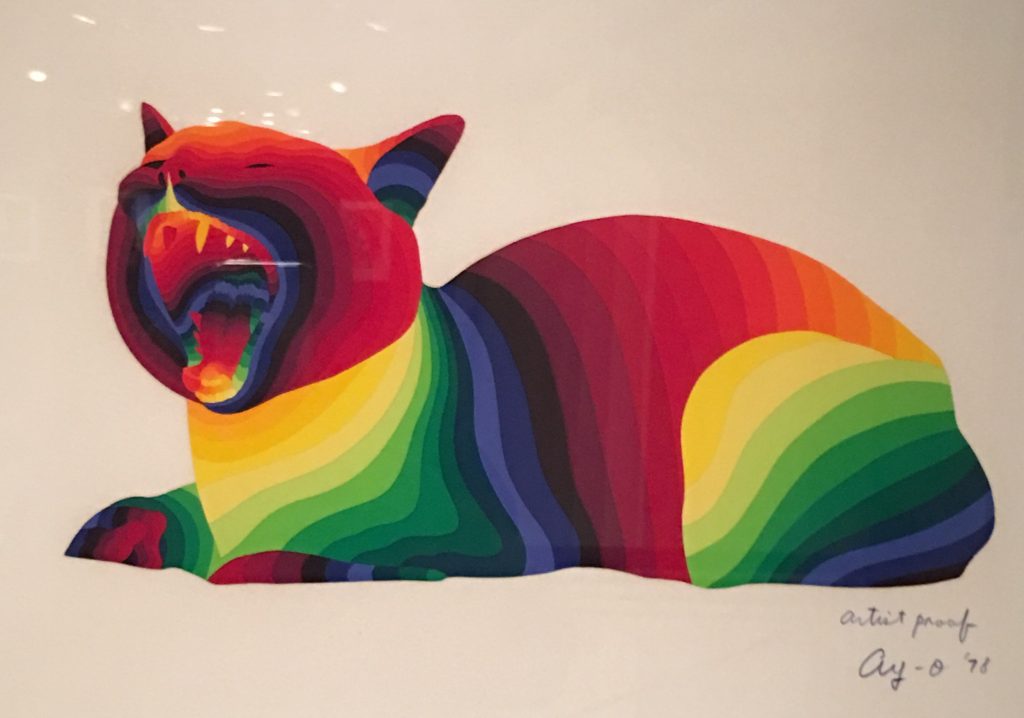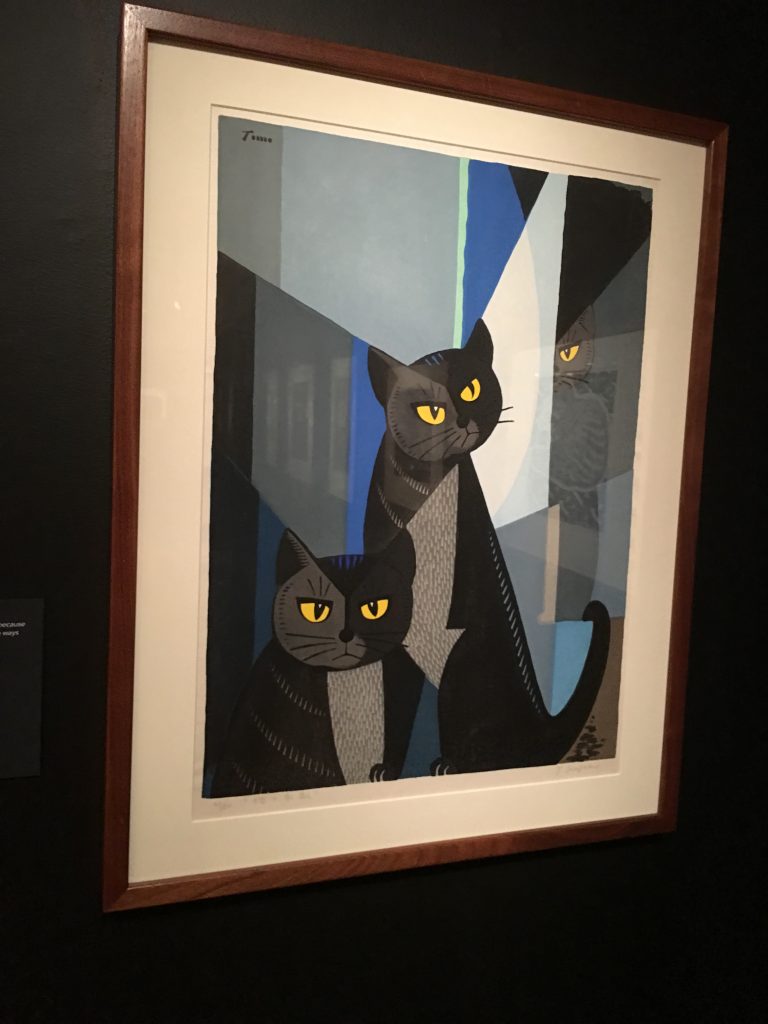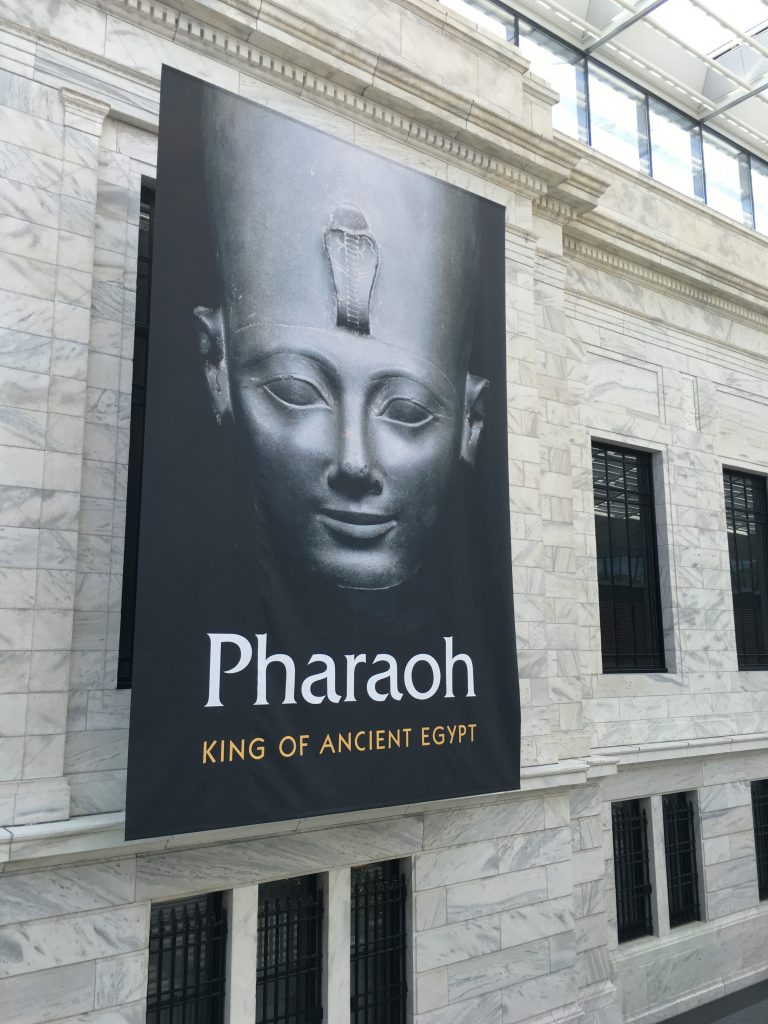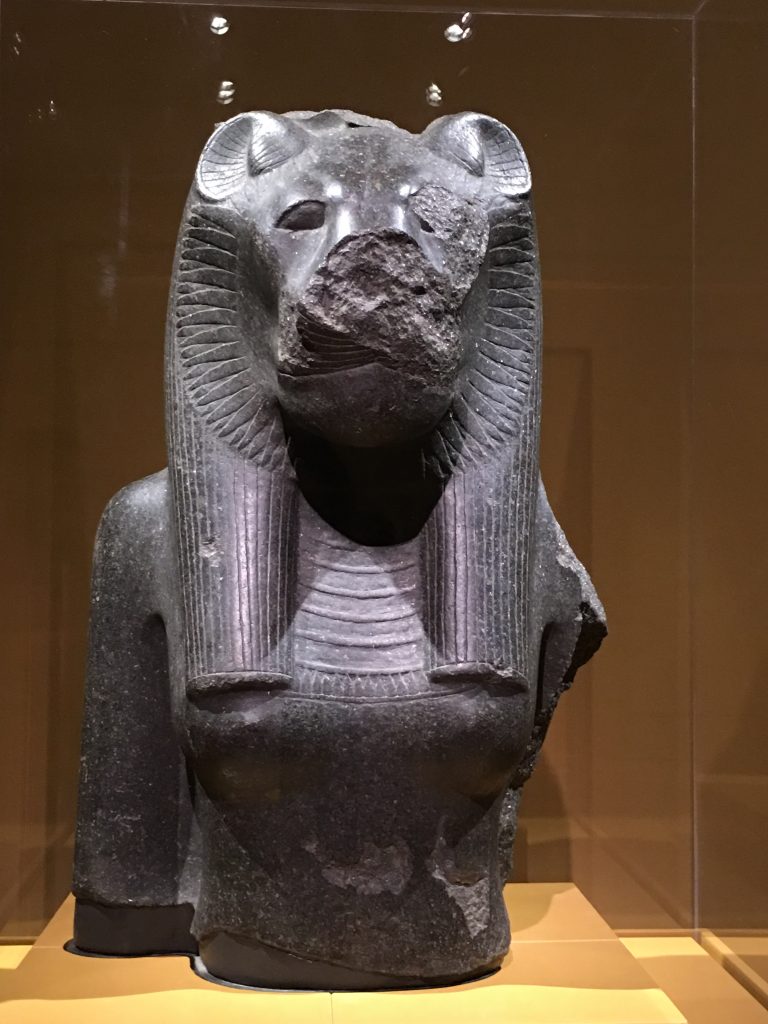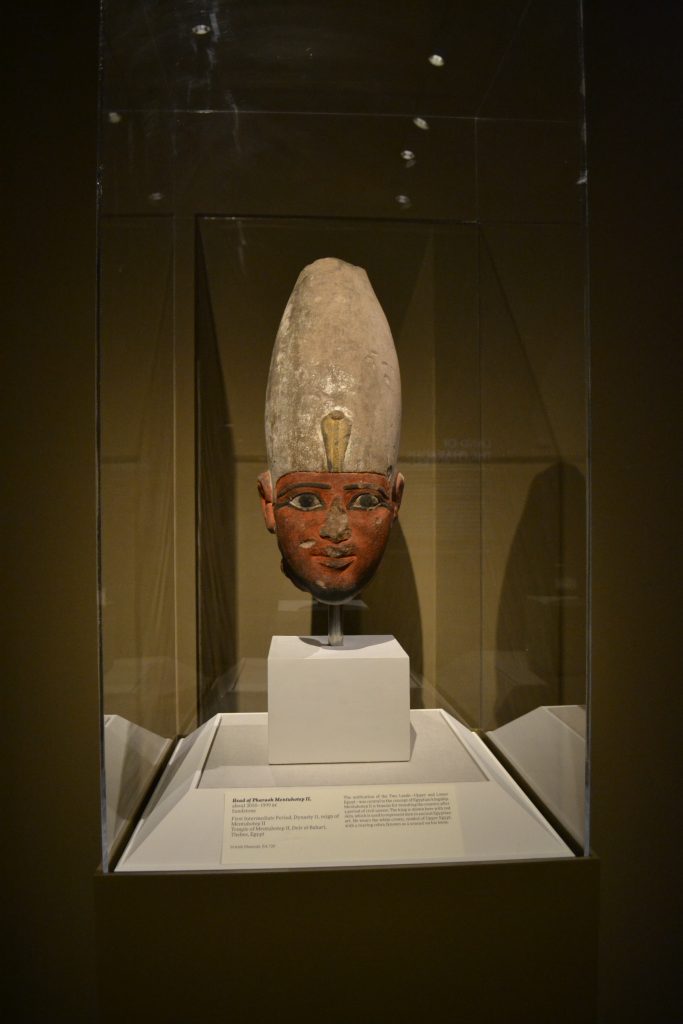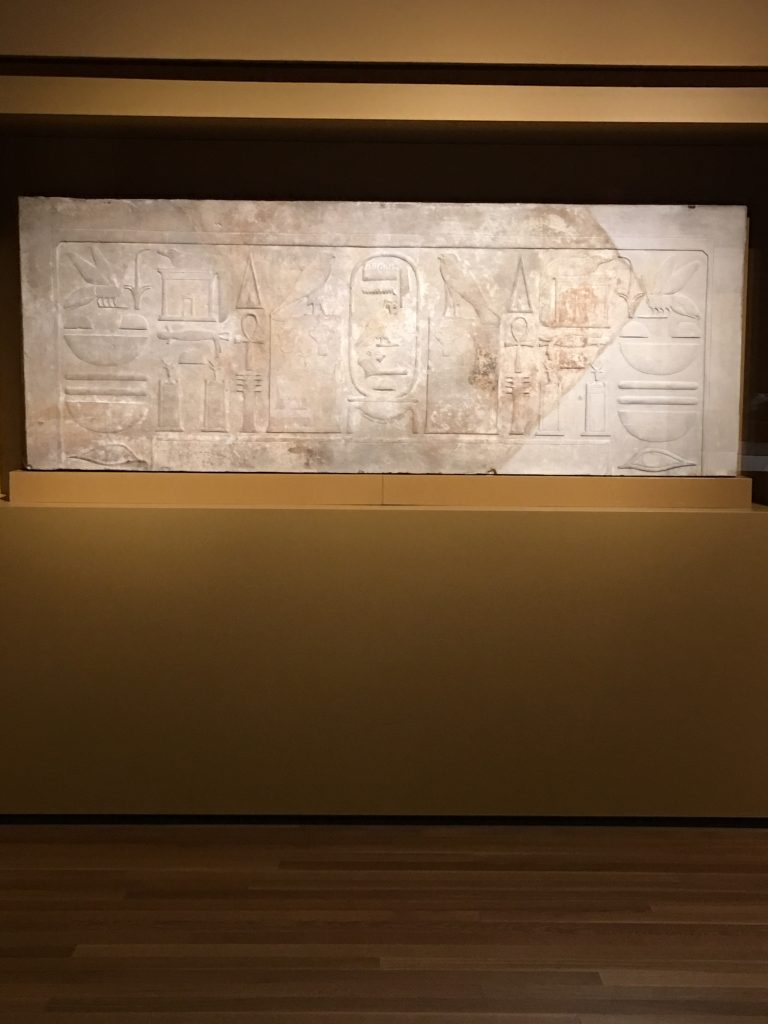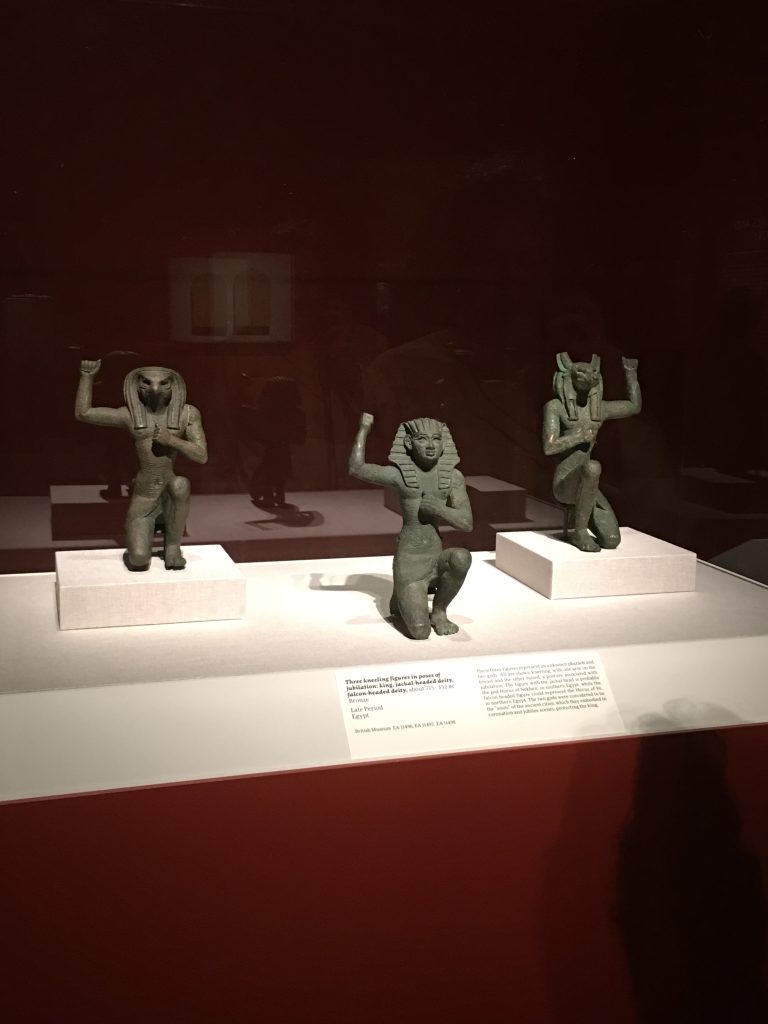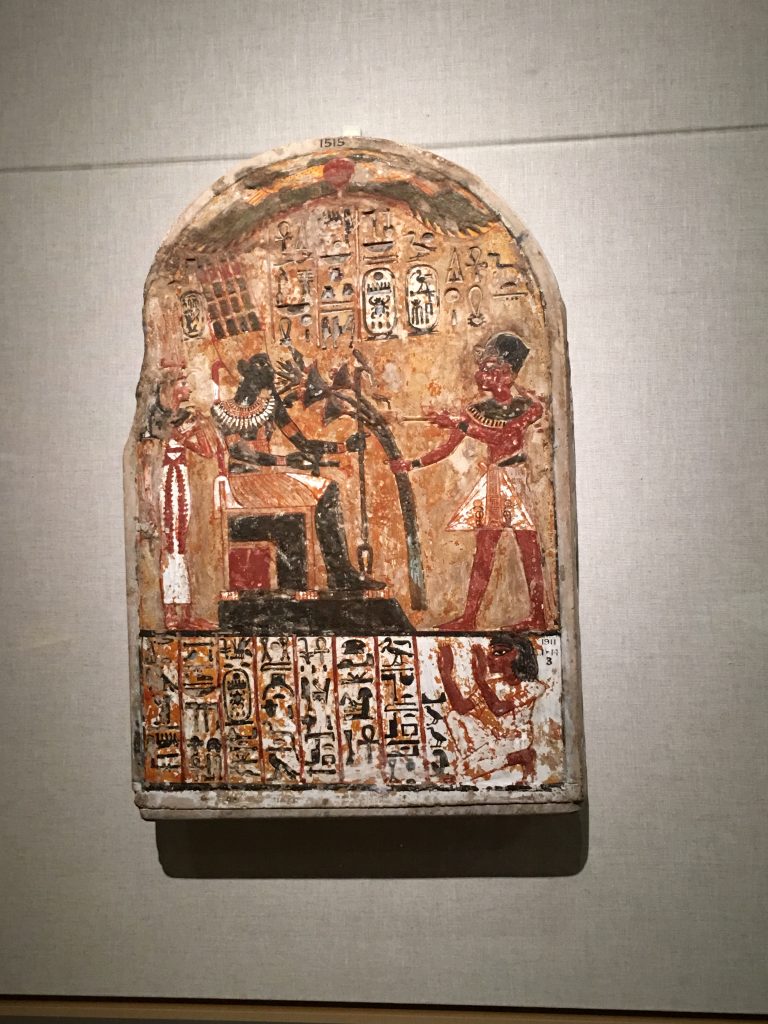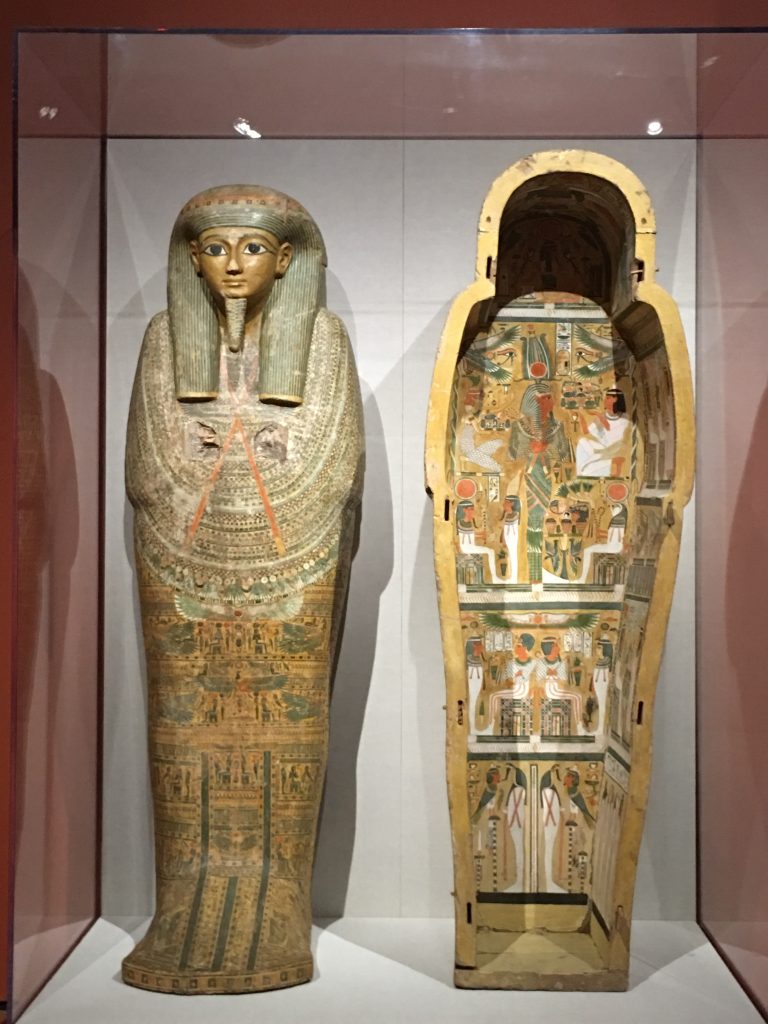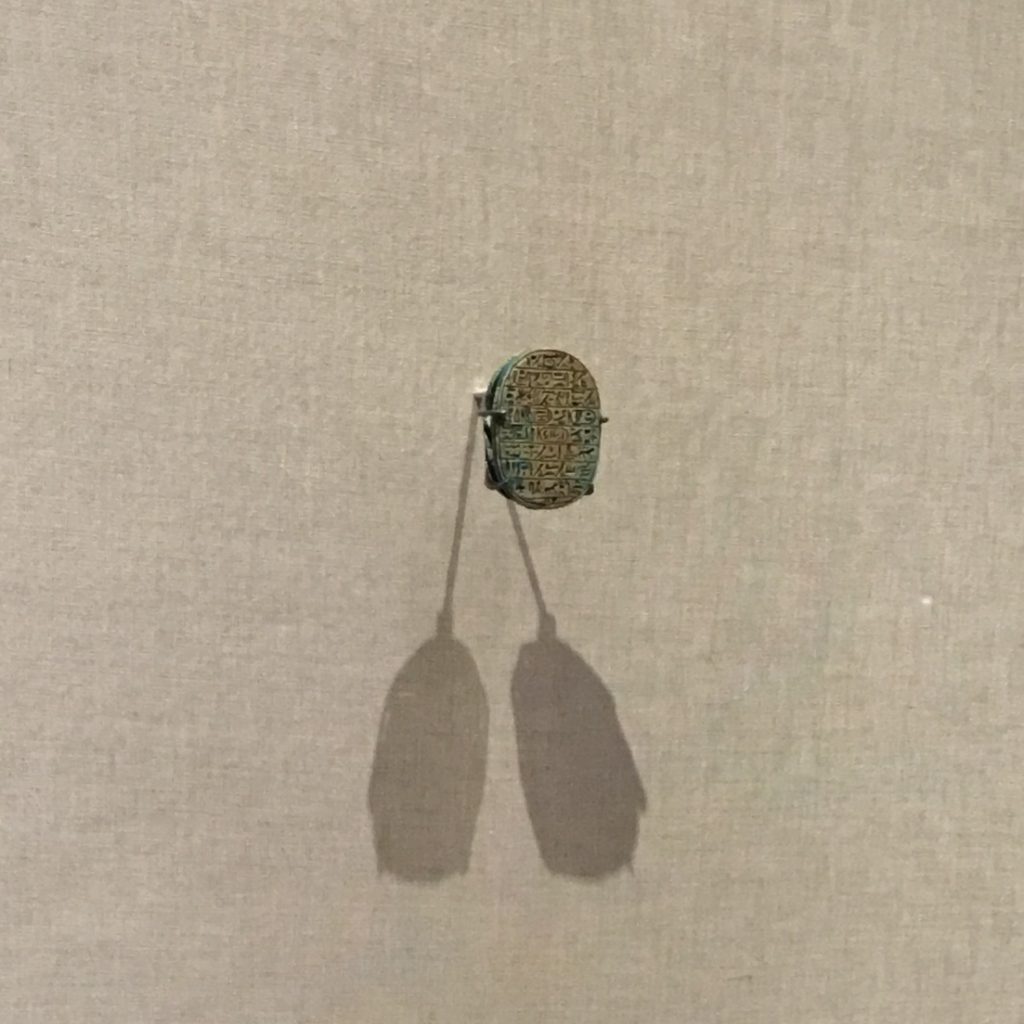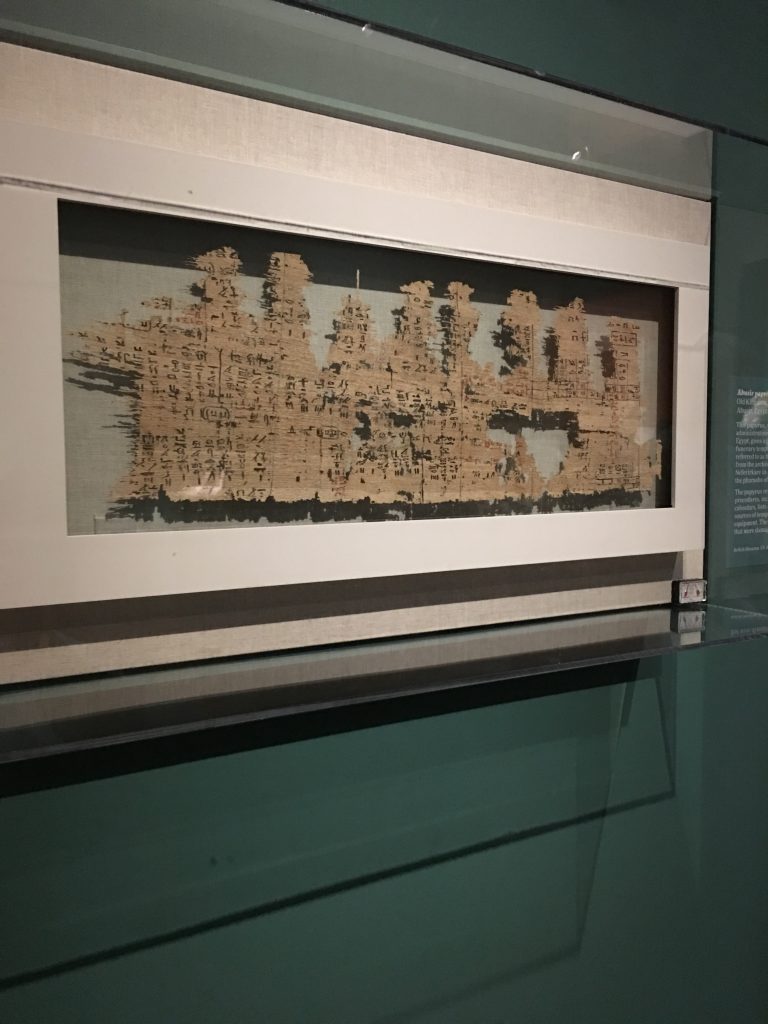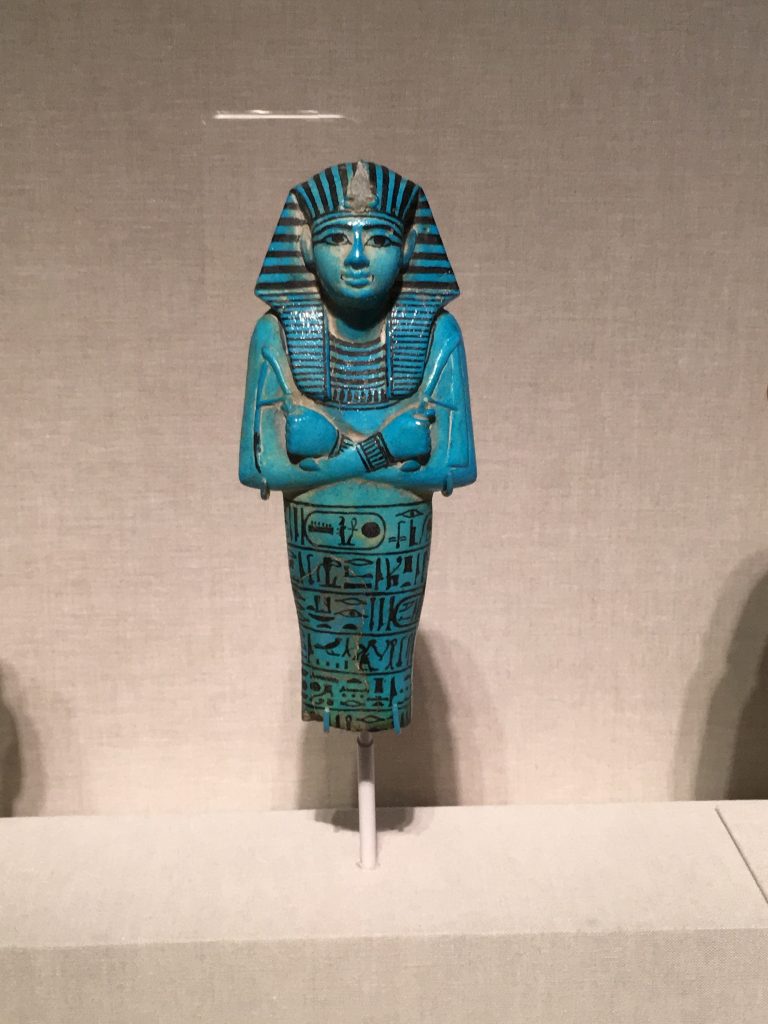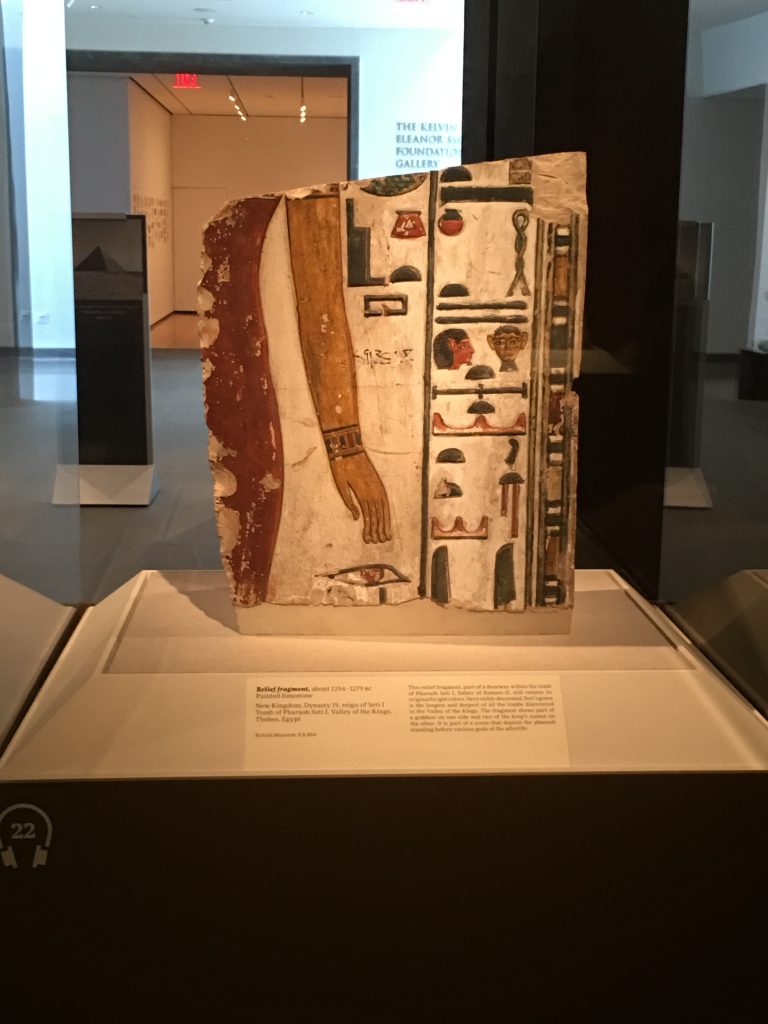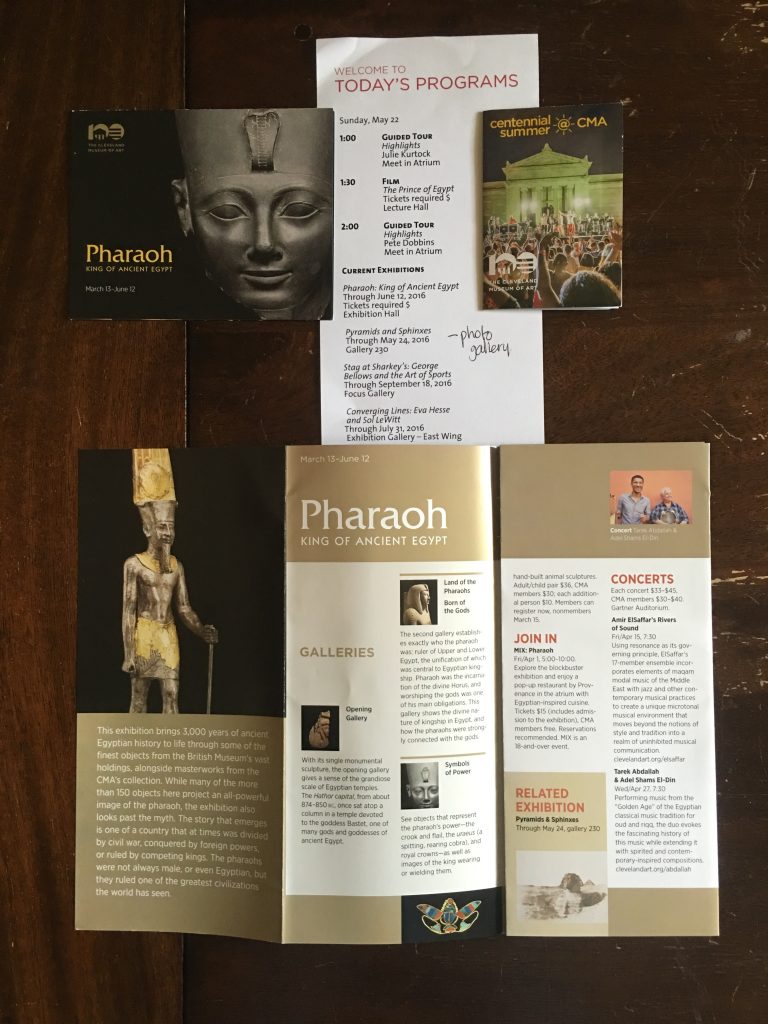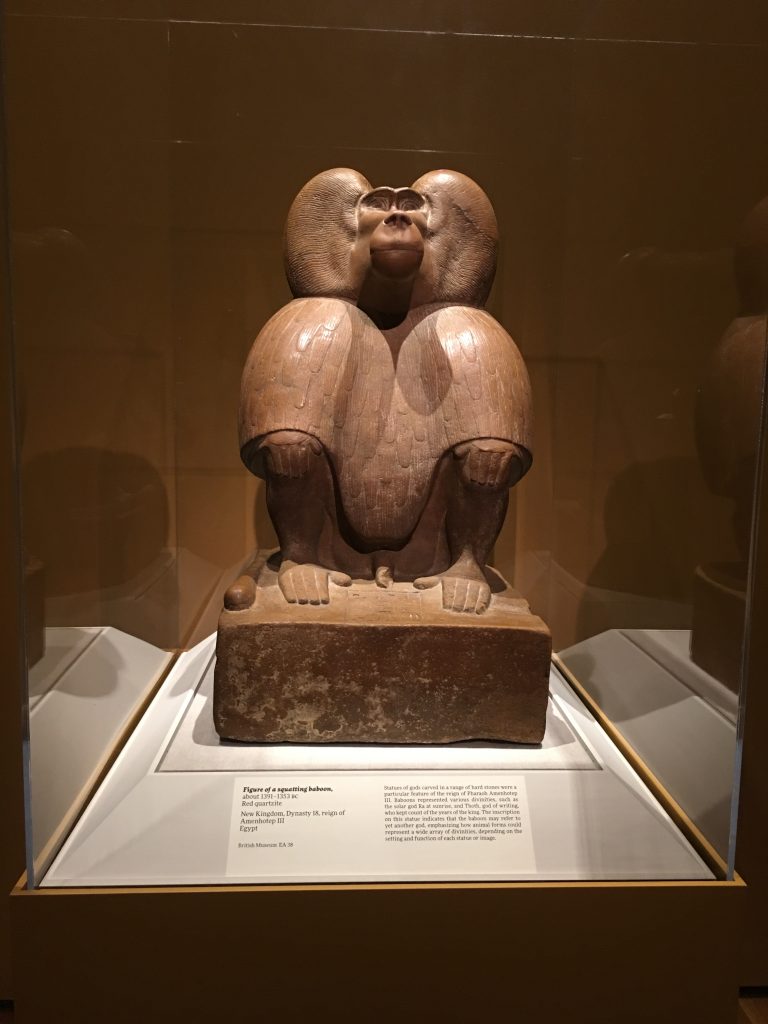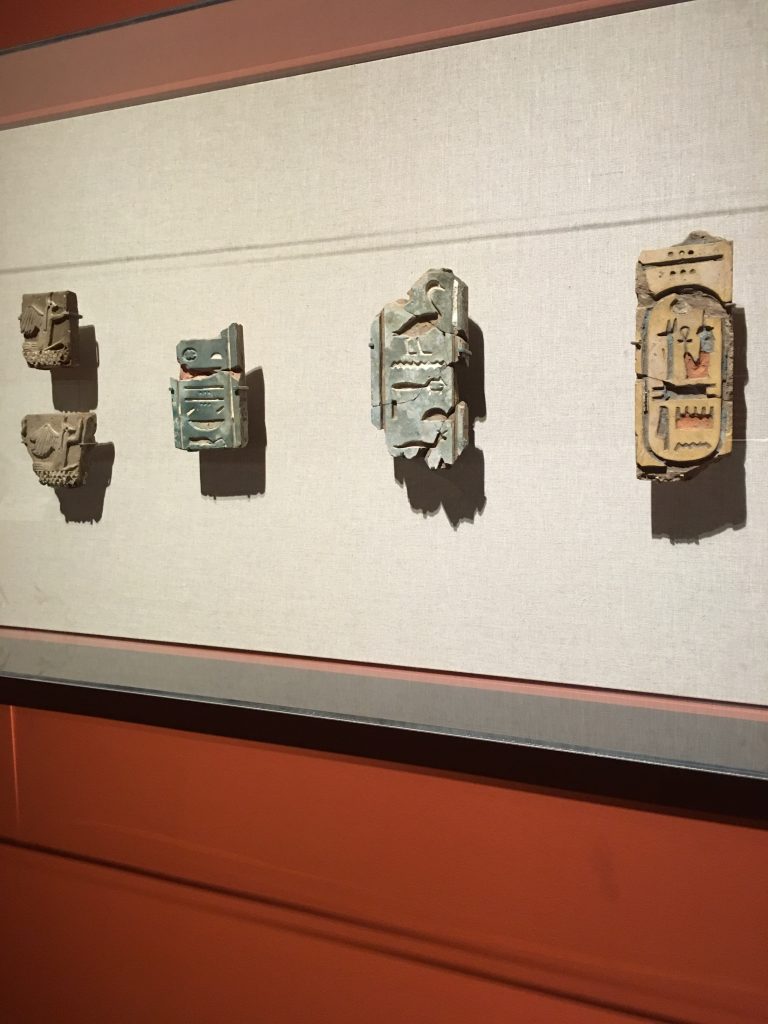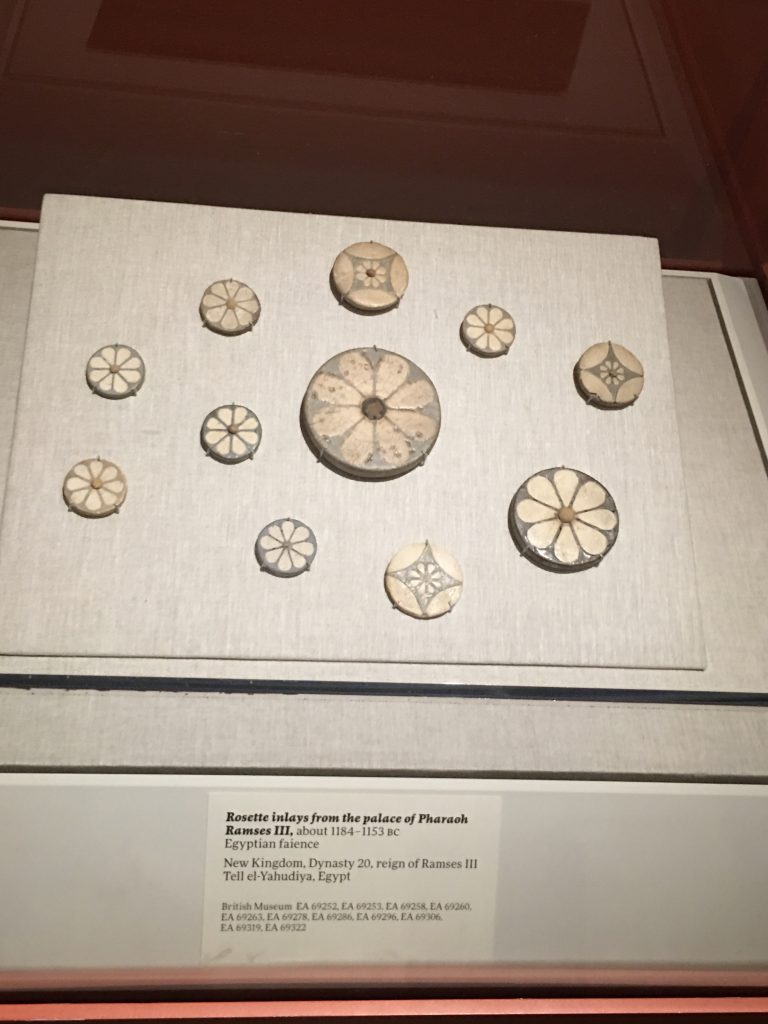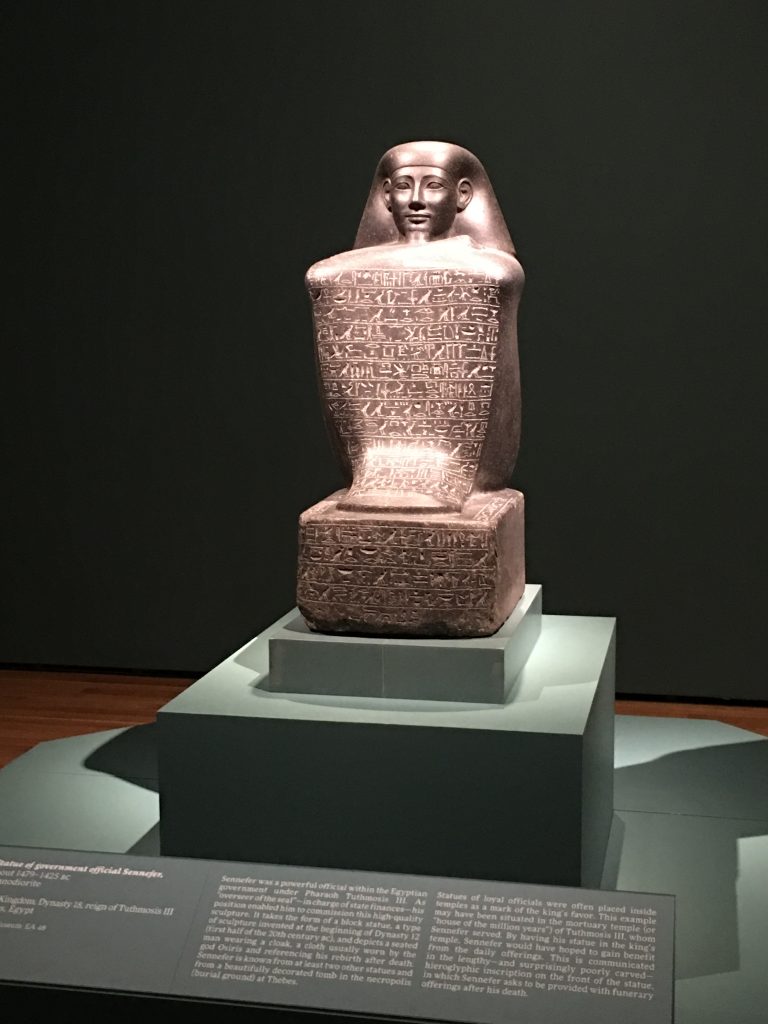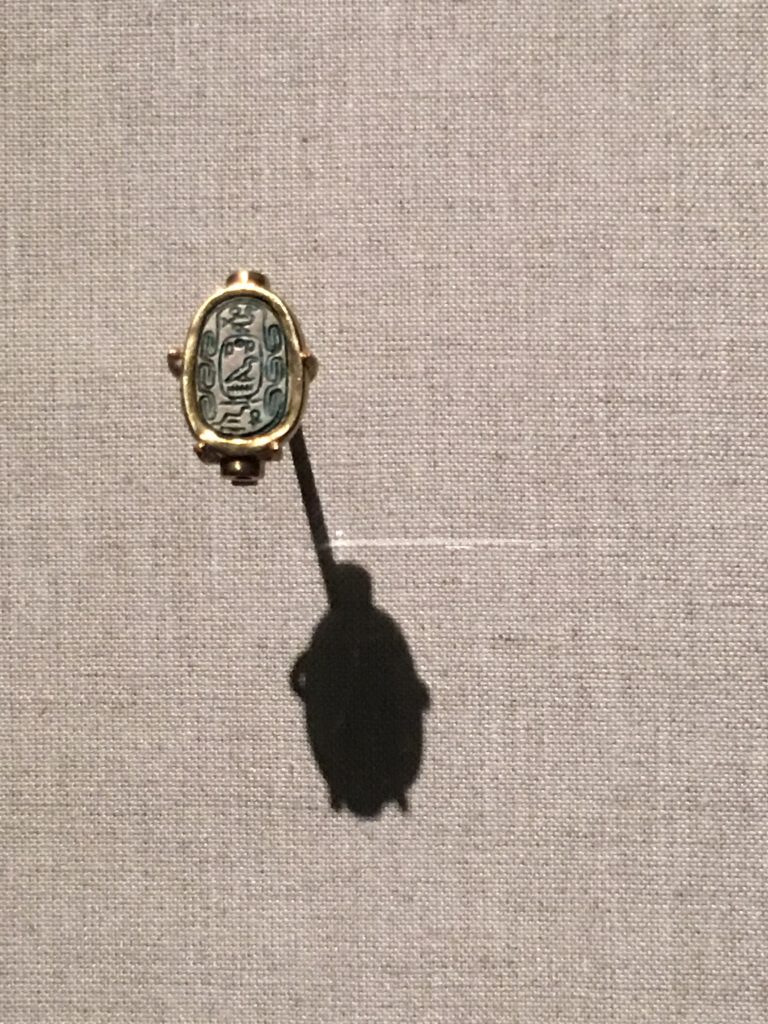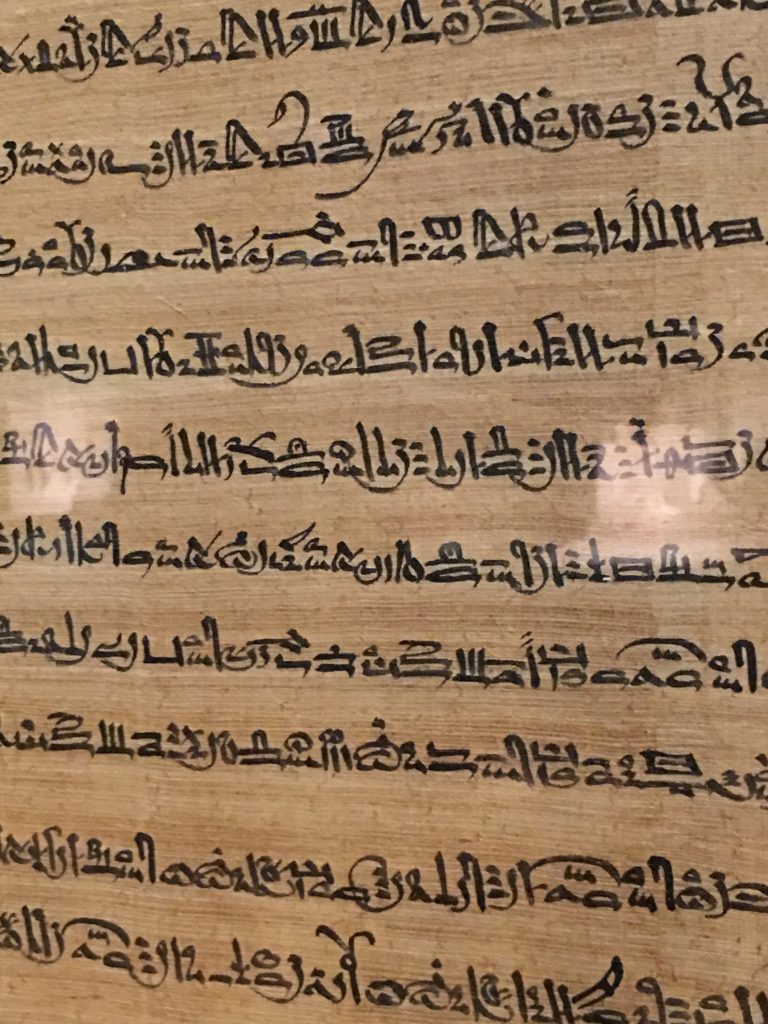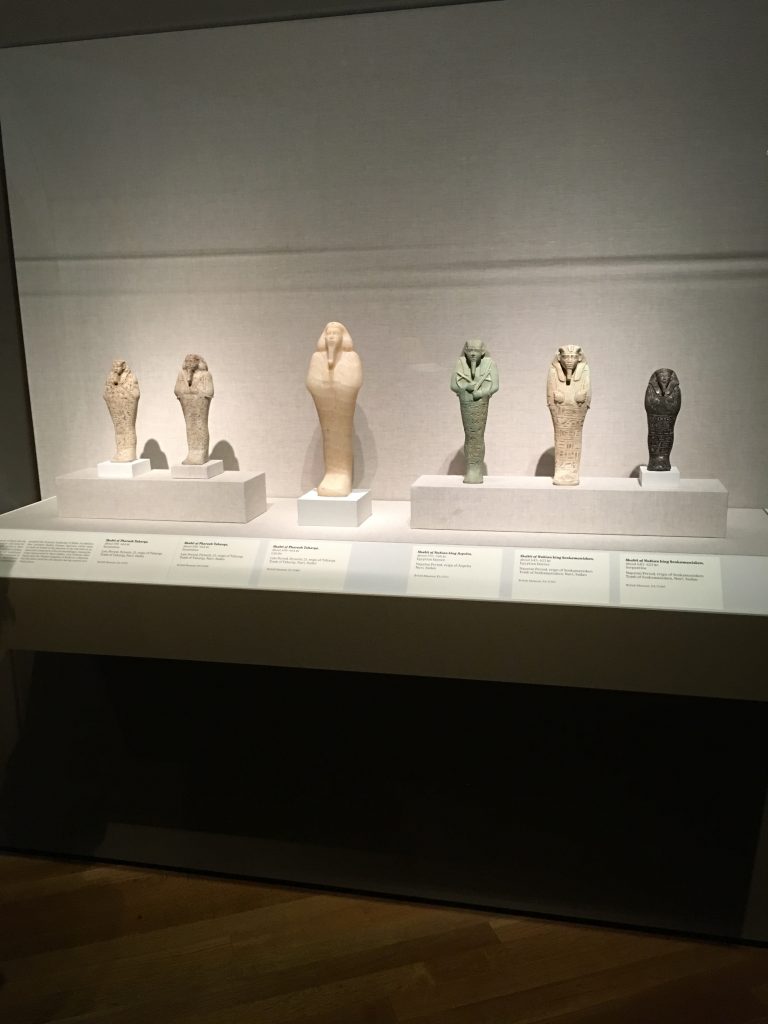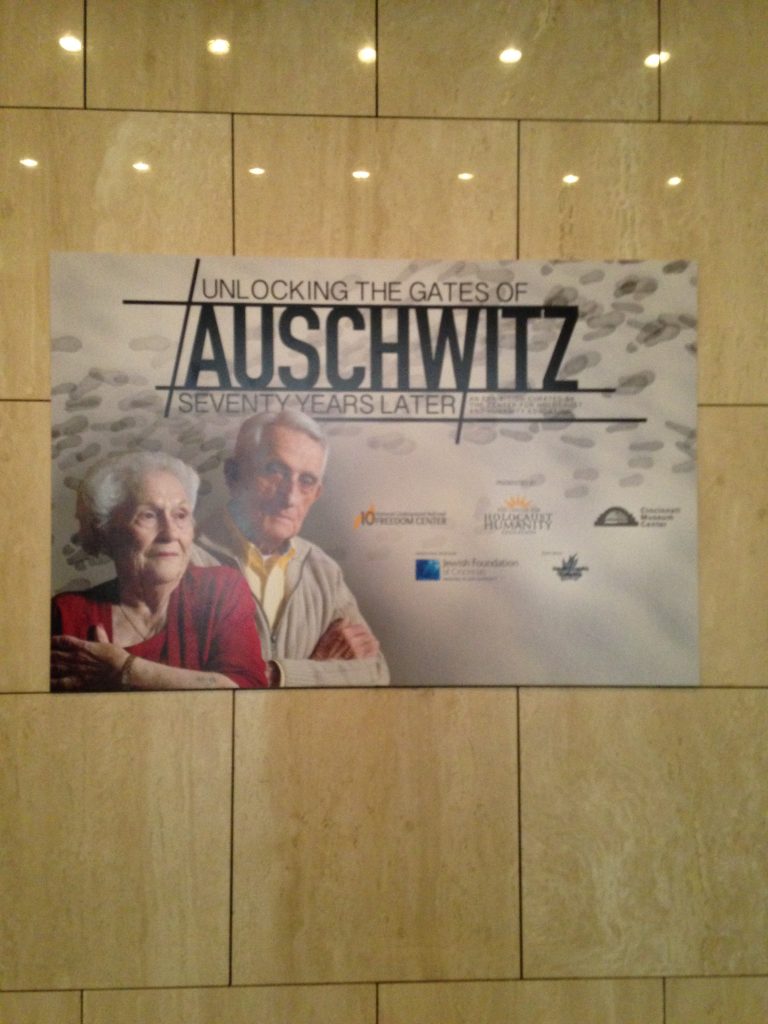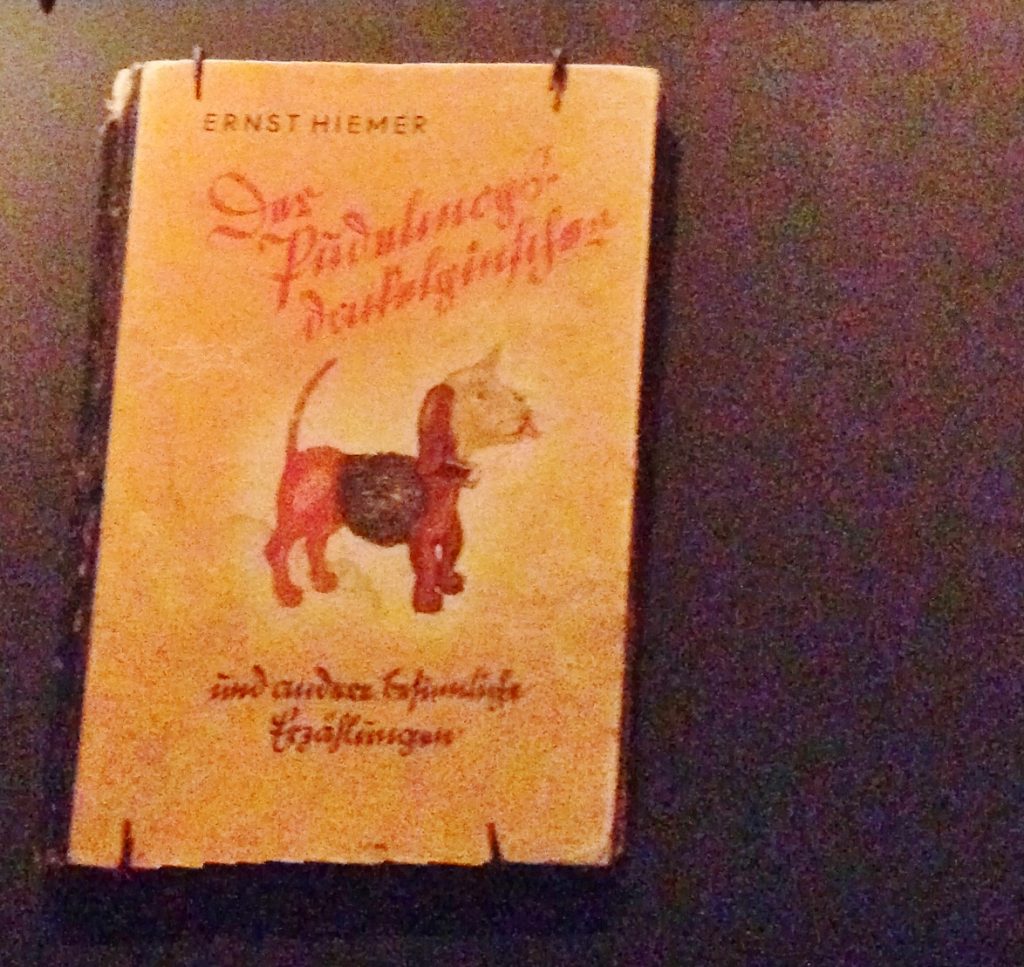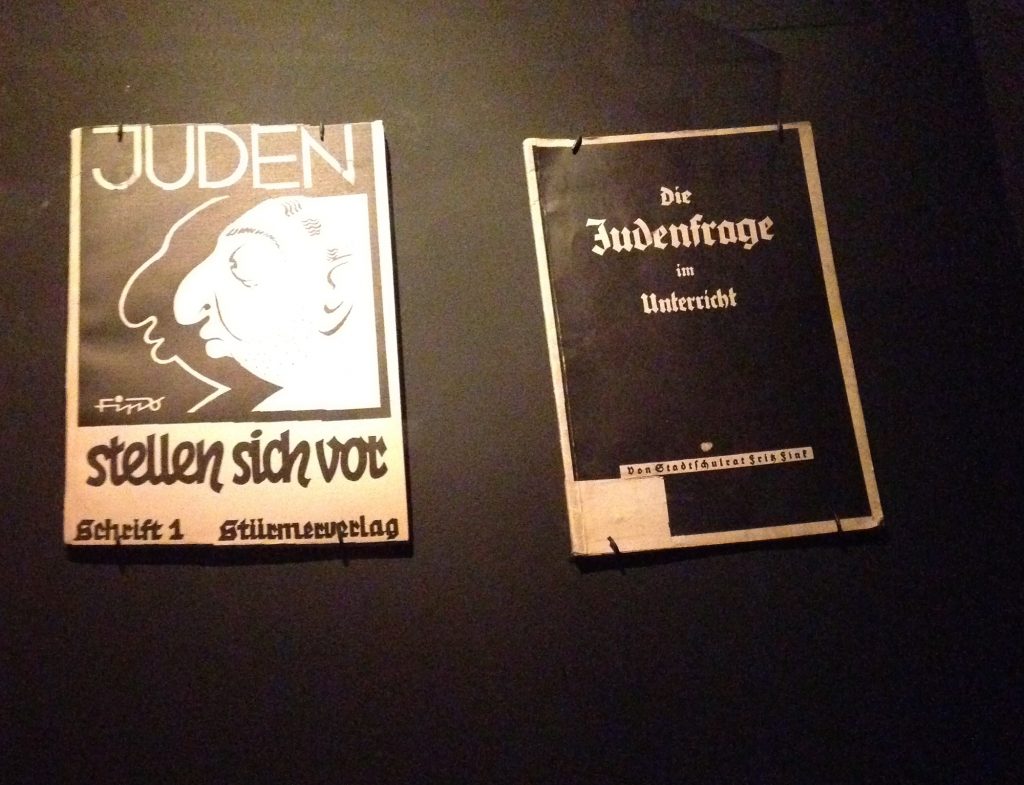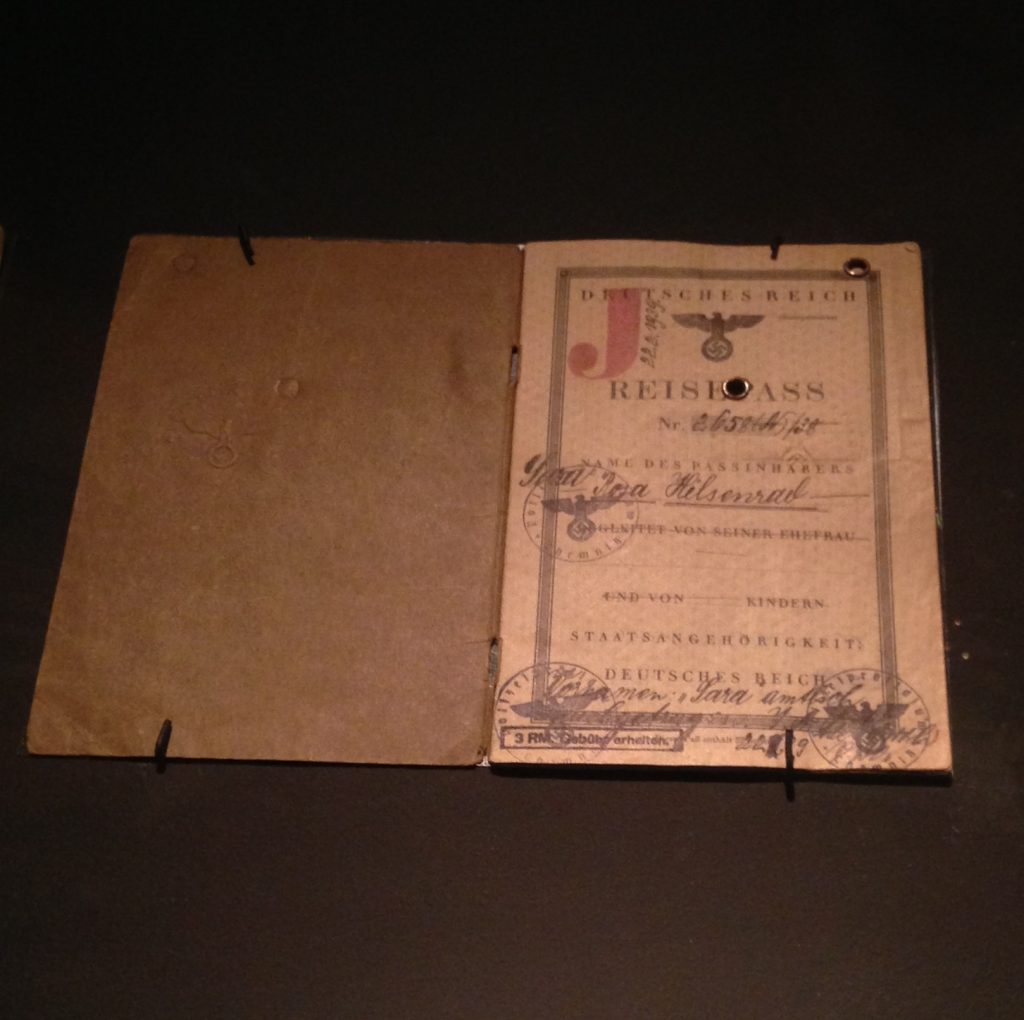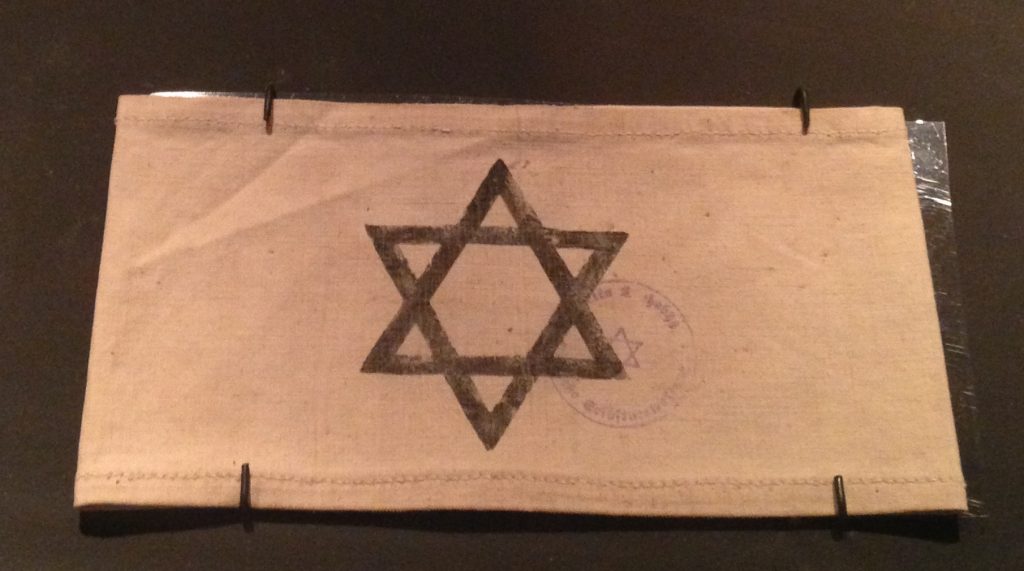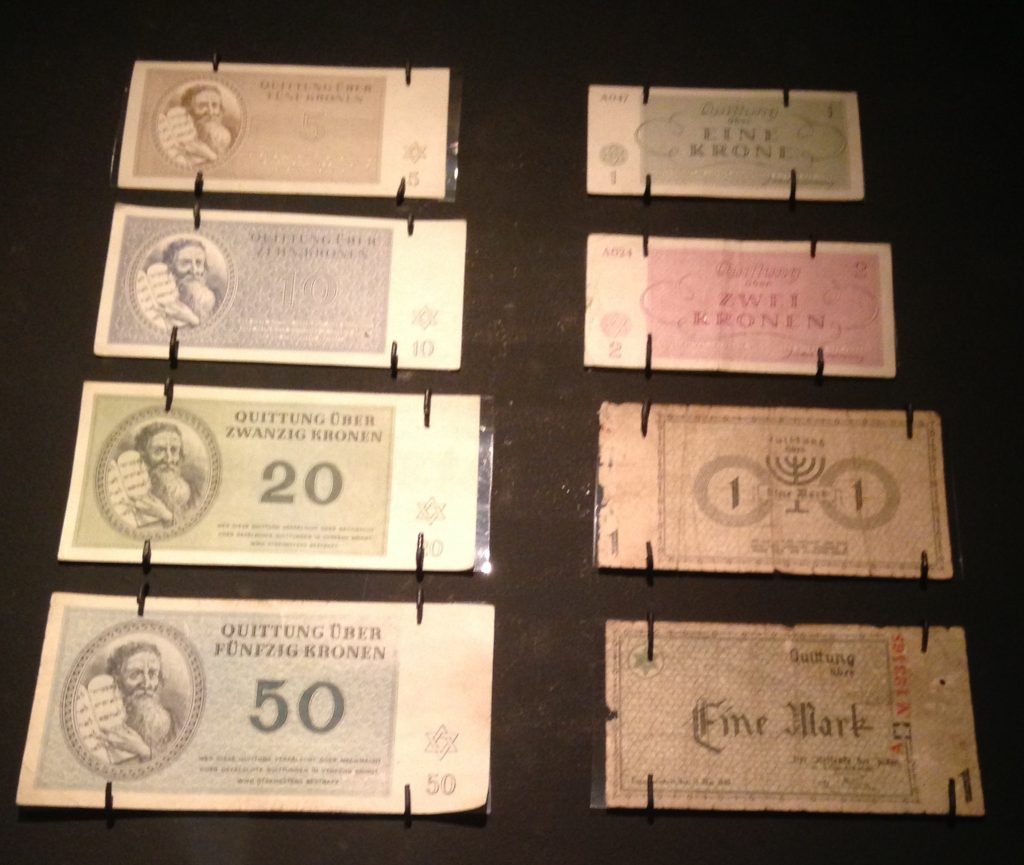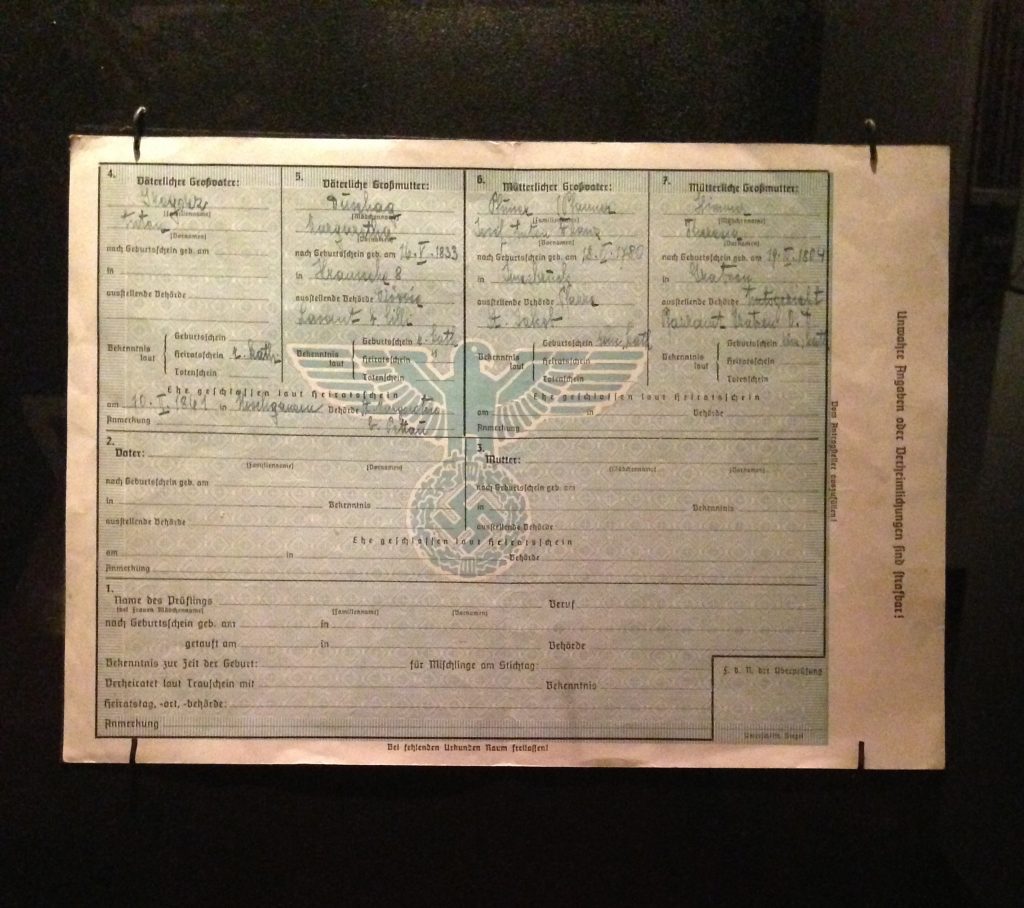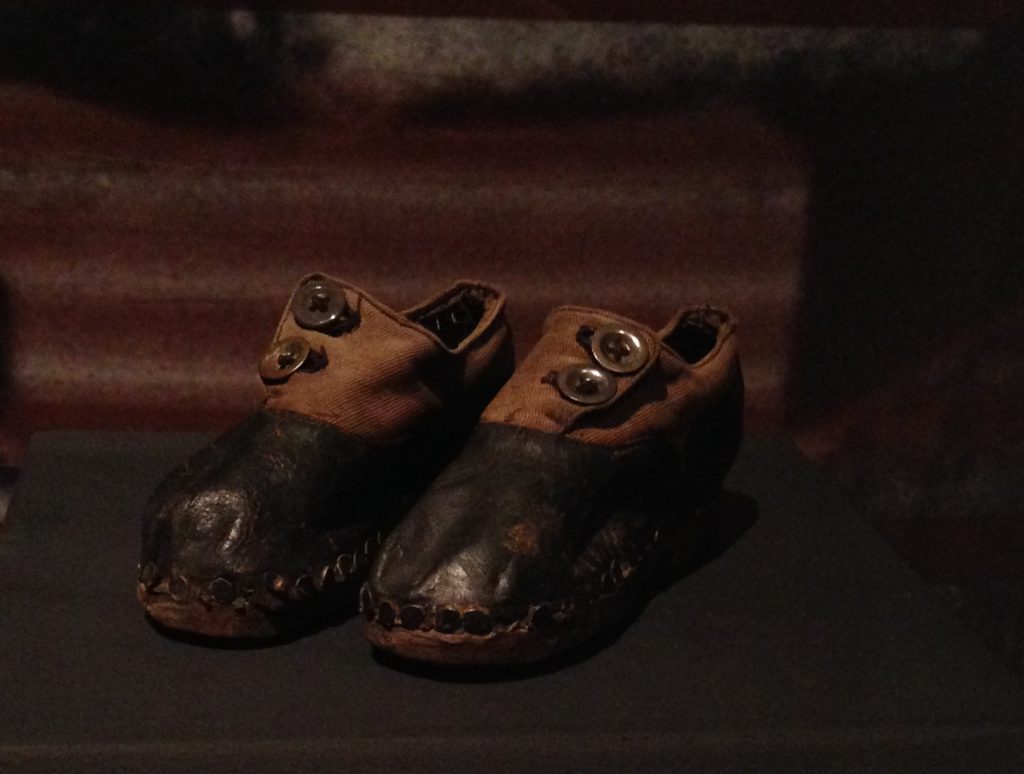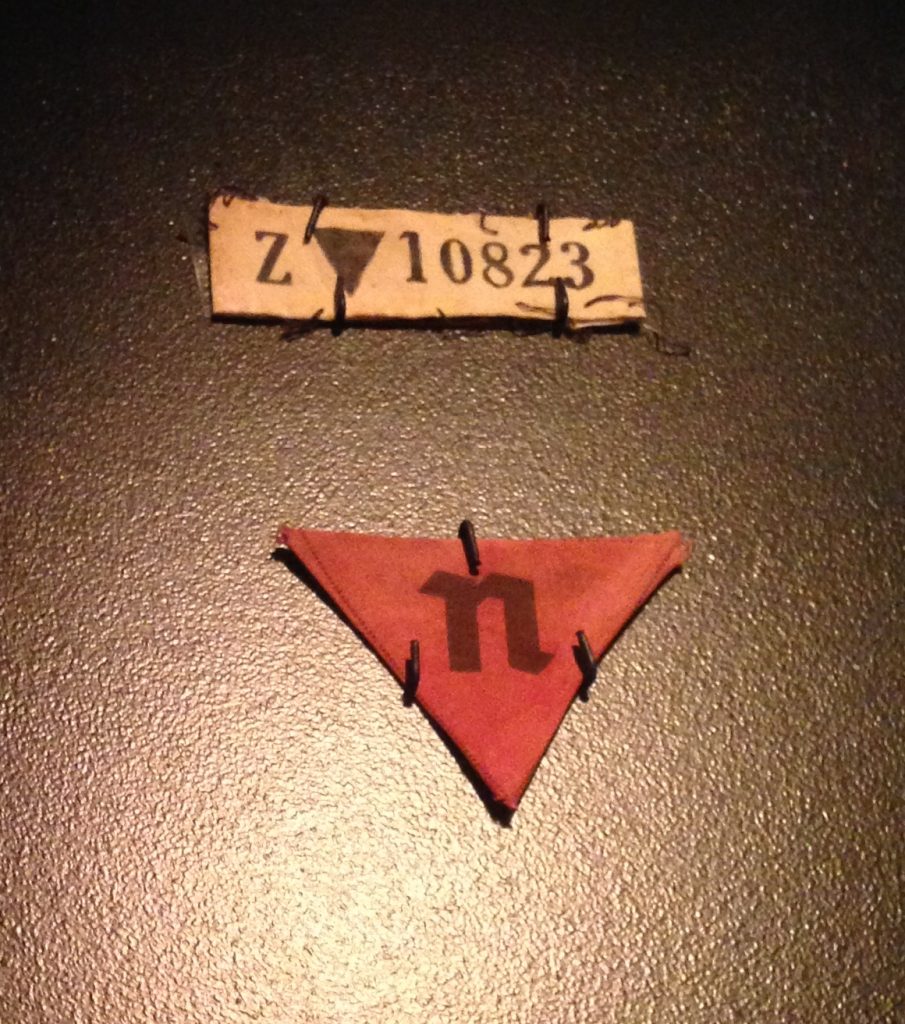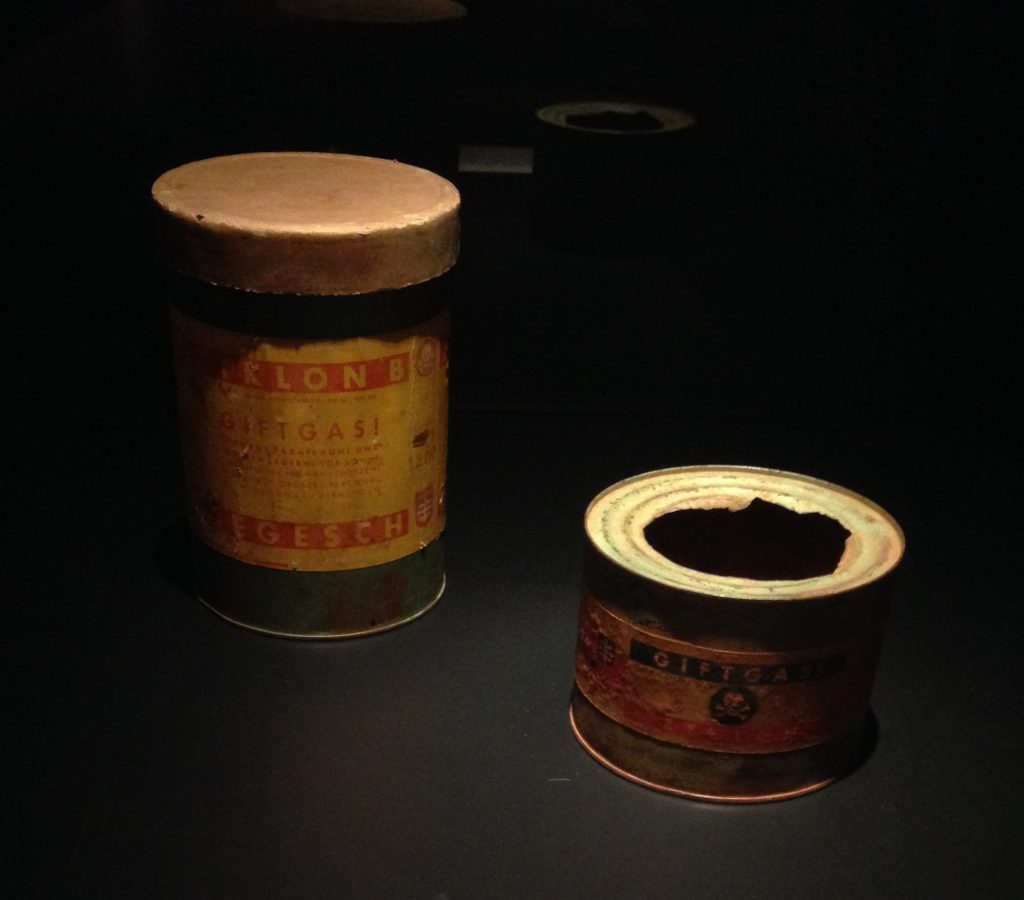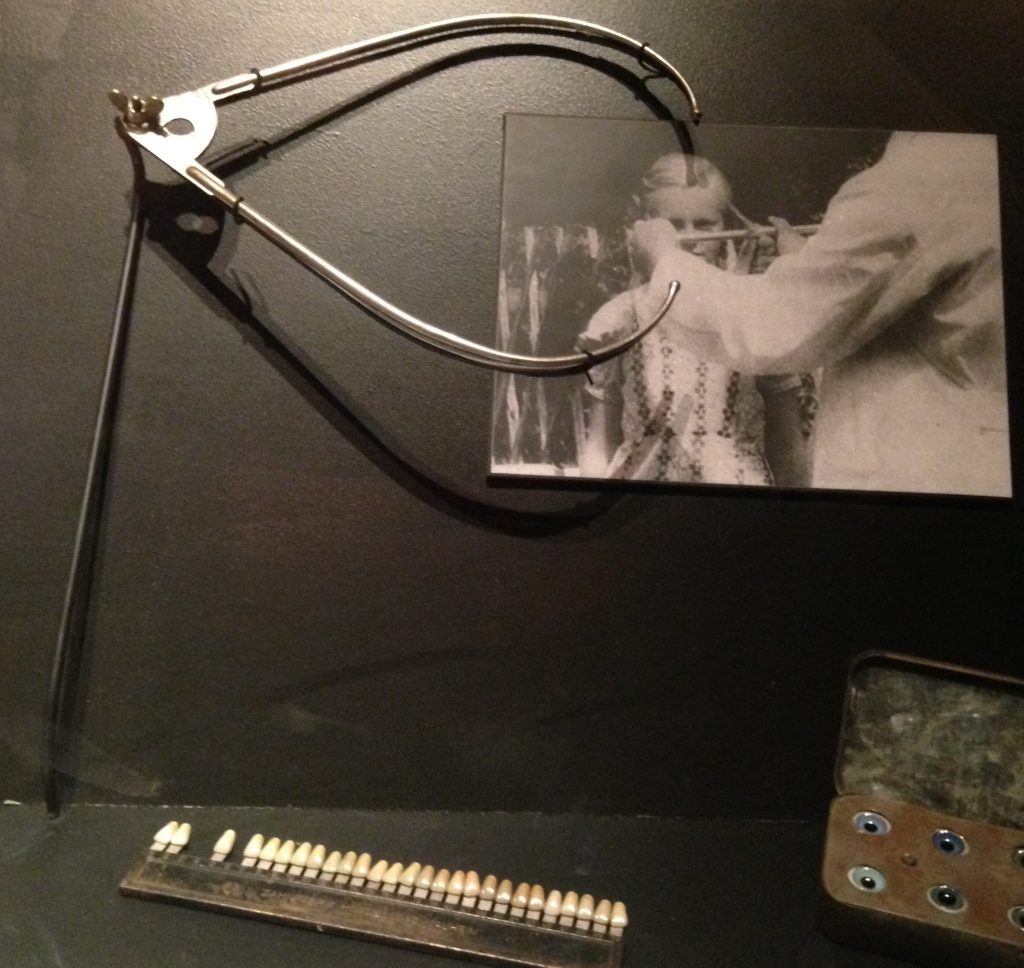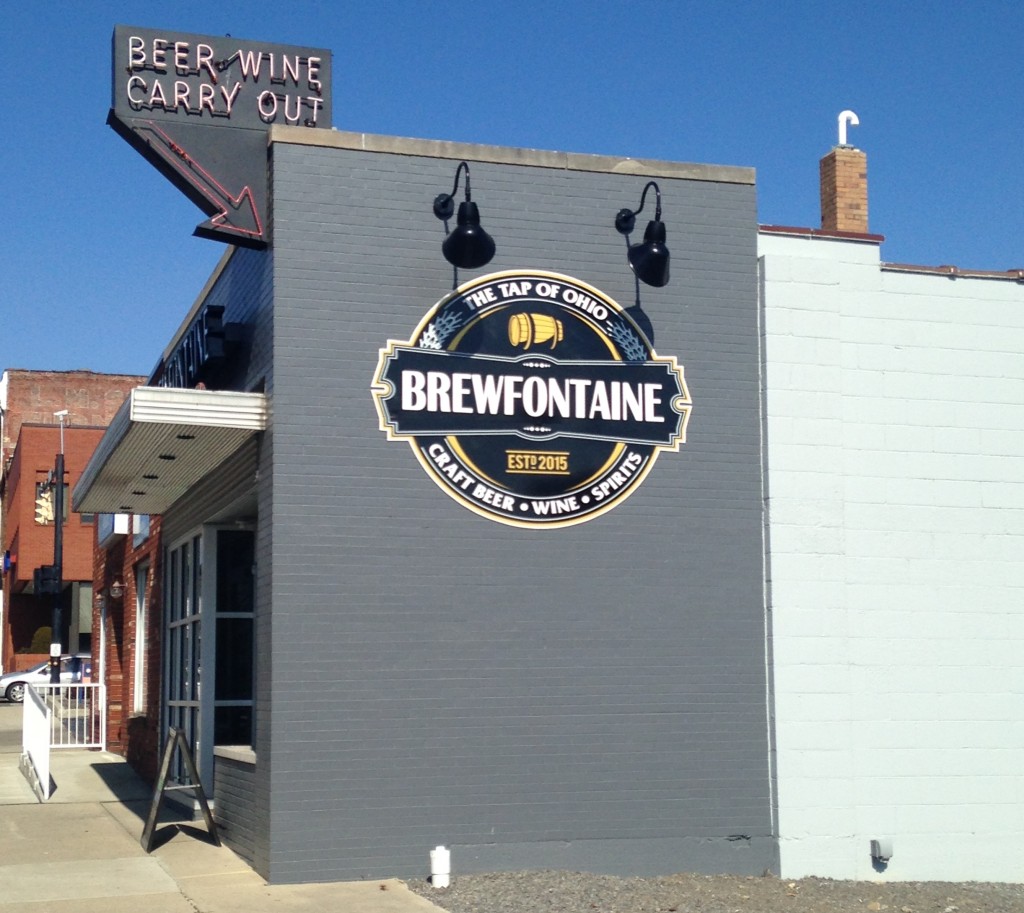
Craft beer has made quite an impact on the state of Ohio over the past few years. With approximately 120 breweries currently in the state, beer lovers may find it difficult to visit each one of them, even over the span of a year. So why not visit a taproom where you can try a large selection of local brews all under one roof? And so was the concept for Brewfontaine. During a recent visit, I had the pleasure of meeting one of the owners, Brian Wall, who is passionate about his new venture which recently opened in November of 2015.
“A lot of thought went into the planning of Brewfontaine,” says Brian. “The process took us about three to four years. We knew we wanted to open a place where people could try Ohio craft beers as well as ales from surrounding states.” The restaurant and bar has nearly 40 craft beers available at a given time by the bottle or on tap. The selection changes often, so this gives patrons more than one reason to visit to try new local brews. Visitors can also purchase half gallon growlers to fill up with one of their favorite craft beers to enjoy at home.
In addition to all of the planning that went into opening the restaurant, there was also the challenge of its renovation. Brian and his co-owners happened upon prime location in downtown Bellefontaine where historical Johnson’s Restaurant once stood. It had been a well-known eatery for residents in the 1950s but was abandoned about twenty years later, leaving it in major disrepair. According to Brian, there was extensive damage to the building and all that remained was the interior wall and the Ladies Room sign….even the floor was gone. With a design in mind and with the magic of local real estate developer, Jason Duff, the building was brought up to code and transformed into the artistic industrial design that it is today.
Although Brewfontaine’s focus is bringing quality brews to its customers, what else makes Brewfontaine such a popular place? The restaurant and bar also serves Wine on Tap and top shelf liquor for high class drinks. And from the stellar reviews online, there is also the menu which includes simple starters, savory soups, delectable salads and sandwiches served with their signature house-made IPA pickles. The restaurant employs a culinary chef, so many of the items on the menu are homemade.
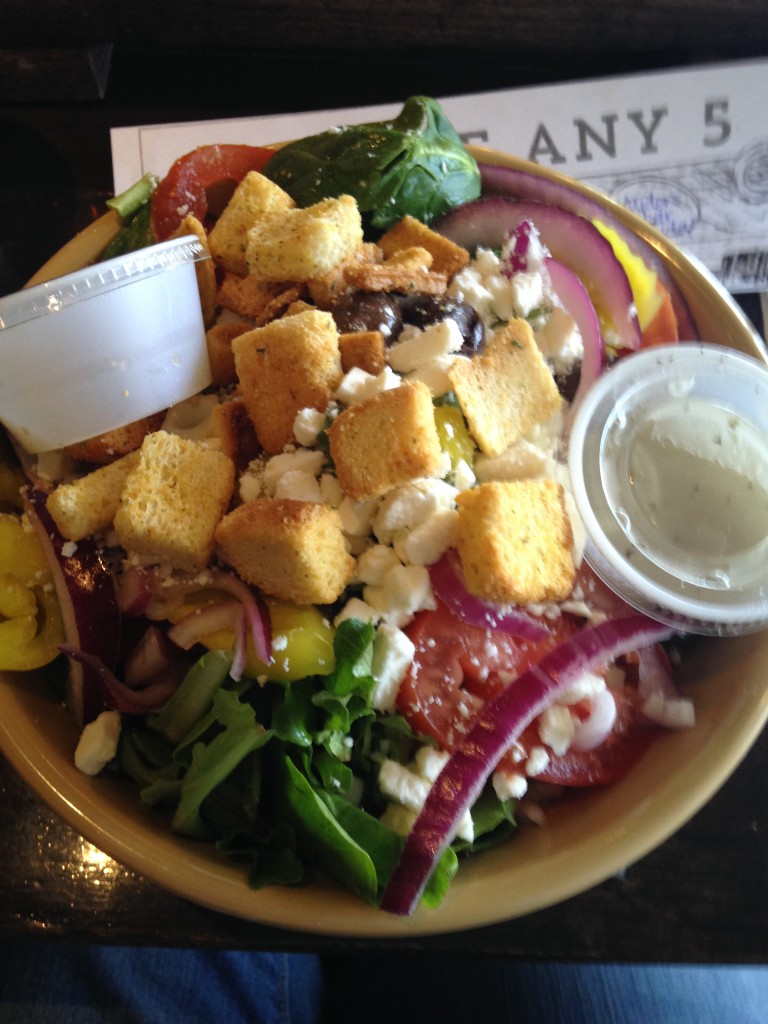
During my visit, I decided to try a flight of five and, with the suggestion of Micki, my server (and Brian’s wife), ordered the Greek Salad as well. And it wasn’t just ANY salad, it was loaded with olives, feta cheese, red onion, tomatoes, croutons, pepperoncini and peppers. The ingredients were so fresh and I honestly had a difficult time finishing it, but it tasted so amazing that I couldn’t put my fork down.
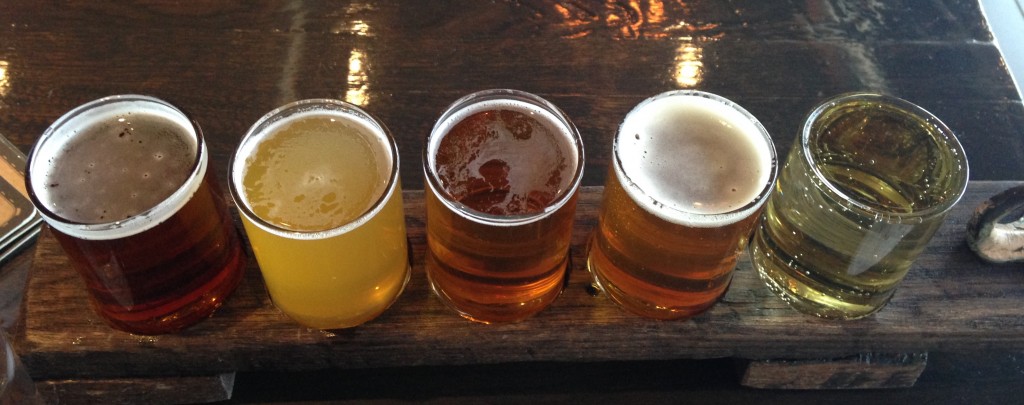
I will admit that I am not a beer connoisseur, but I am always up for trying new brews. So my flight of beers arrived and I started from left to right. First I tried Barley’s Scottish Ale which originates from Columbus, Ohio, Barley’s Brewing Company.
At first glance this craft beer, Boulevard 80 Acre, looks more like lemonade than an ale. My take on the wheat ale is that it was very light with a slight hoppy aftertaste giving the Indian Pale Ale a run for its money.
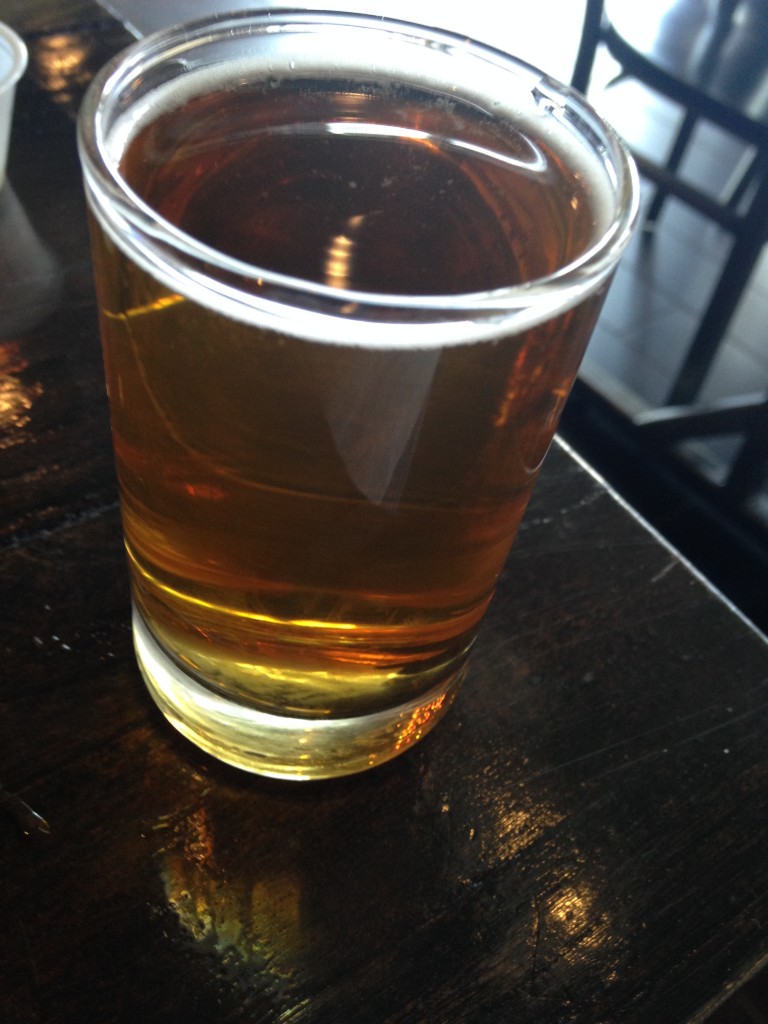
I have now moved on to beer number three and I have selected the Ei8ht Ball Tarnished, really because I liked the name of the ale. Ei8ht Ball Brewing is located just across the Ohio River from Cincinnati in the small town of Bellevue, Kentucky.
My number four selection was based on the fact that Sierra Nevada was probably the first beer I tried outside of the Budweiser family. I wasn’t sure how I would like the IPA, but even though it was a little hoppy, I could smell the tropical fruit and it reminded me of the Sierra Nevada beer I have come to love.
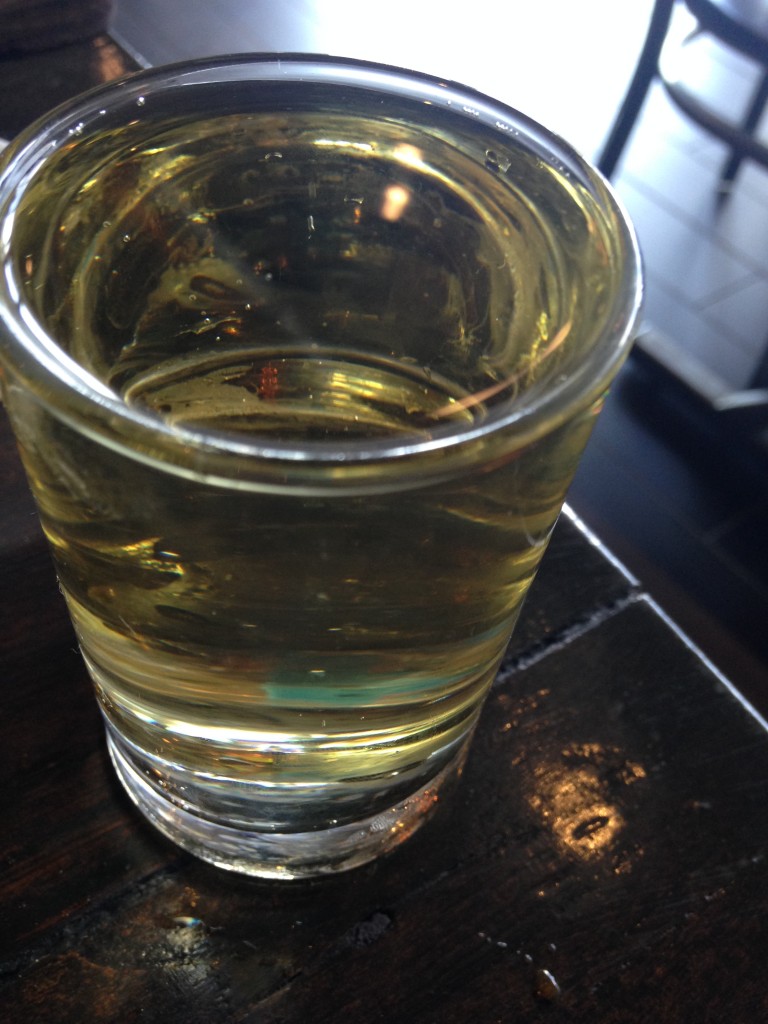
I have come down to my final selection and decided on Wyder’s Pear Cider. I have to admit that it almost looks like a two drink glass of chardonnay, but quickly realize at the first taste that it is a sassy cider, with an amazing smell of pears.
Ordering the flight of beers is definitely the most fun way to experience craft beers. With such a wide selection, I could come back several times to try another flight or two. And of course, Brewfontaine makes it so easy for craft beer lovers to keep up to date with its beer menu and to know what brands will be coming to the restaurant in the near future. Just download the BeerMenus app, set up an account and search for Brewfontaine. Make sure you select them as a restaurant to follow and you will be able to track the information for yourself. But don’t try to log in while you are at Brewfontaine, with a focus on Eat, Drink and Be Social, they prefer that you make a few friends while you are in town.
Being a new business, what does the future hold for Brewfontaine? Of course there will always be the opportunity to add new craft beers to the list or make changes to the menu, but I also learned from Brian that there are plans underway to expand and enclose the patio adding an additional 30+ seats to the restaurant. That is quite a successful accomplishment having only been open for a few months.
But if I had my opinion, it would be that the success of Brewfontaine is the passion that Brian and the owners have for the bar and restaurant. Brian, who is formerly a surveyor, knows a thing or two about beer. He started his own home brewing which has helped him understand the process and then put himself through college to strengthen his business skills. The owners take so much pride in the restaurant that even the employees are required to submit a resume making the extra effort to show their interest in becoming a part of the Brewfontaine family.
But the enthusiasm doesn’t stop with Brian…if you are lucky enough to meet his wife, Micki, you can’t help but feel her heartfelt excitement for her husband’s business as well. So don’t be surprised if she happens to take your order. It’s a group effort and everyone is available to pitch in to make Brewfontaine a success.
Brewfontaine is located at 211 South Main Street in Bellefontaine, Ohio 43311. Check out their informative website at brewfontaine.com for a current drink list, menu and live music schedule. You can also provide your email address for news and updates about the restaurant.
I had such a great time trying out some Ohio brews at Brewfontaine. I would like to thank Brian and Micki Wall for their time and hospitality extended to me during my visit. Please note that all comments provided were based solely upon my own opinions and experience.
Have you had the opportunity to visit Brewfontaine? I would love to hear about your experience, so kindly leave your comments below. Many thanks for reading about my visit to Brewfontaine and wishing you many Happy Travels!
What to See and Do:
Brewfontaine
211 S. Main Street
Bellefontaine, OH 43311
Telephone: 937 404 9128
Where to Eat:
Brewfontaine
211 S. Main Street
Bellefontaine, OH 43311
Telephone: 937 404 9128
Brewfontaine is known for their Signature Pretzels served with a sweet pepper mustard. Beer cheese is available for an additional fee. The Greek Salad is loaded with ingredients and the filling Grilled Reuben is absolutely spectacular.
Where to Stay:
The Cabins at Maple Grove
5040 OH-29
Urbana, OH 43078
Telephone: 937 620 4952
Where to Drink:
Brewfontaine
211 S. Main Street
Bellefontaine, OH 43311
Telephone: 937 404 9128
Check Brewfontaine’s website prior to visiting for a list of beers or follow them on BeerMenus for future brews.
Disclosure: Please refer to our blog disclaimer tab for more information.

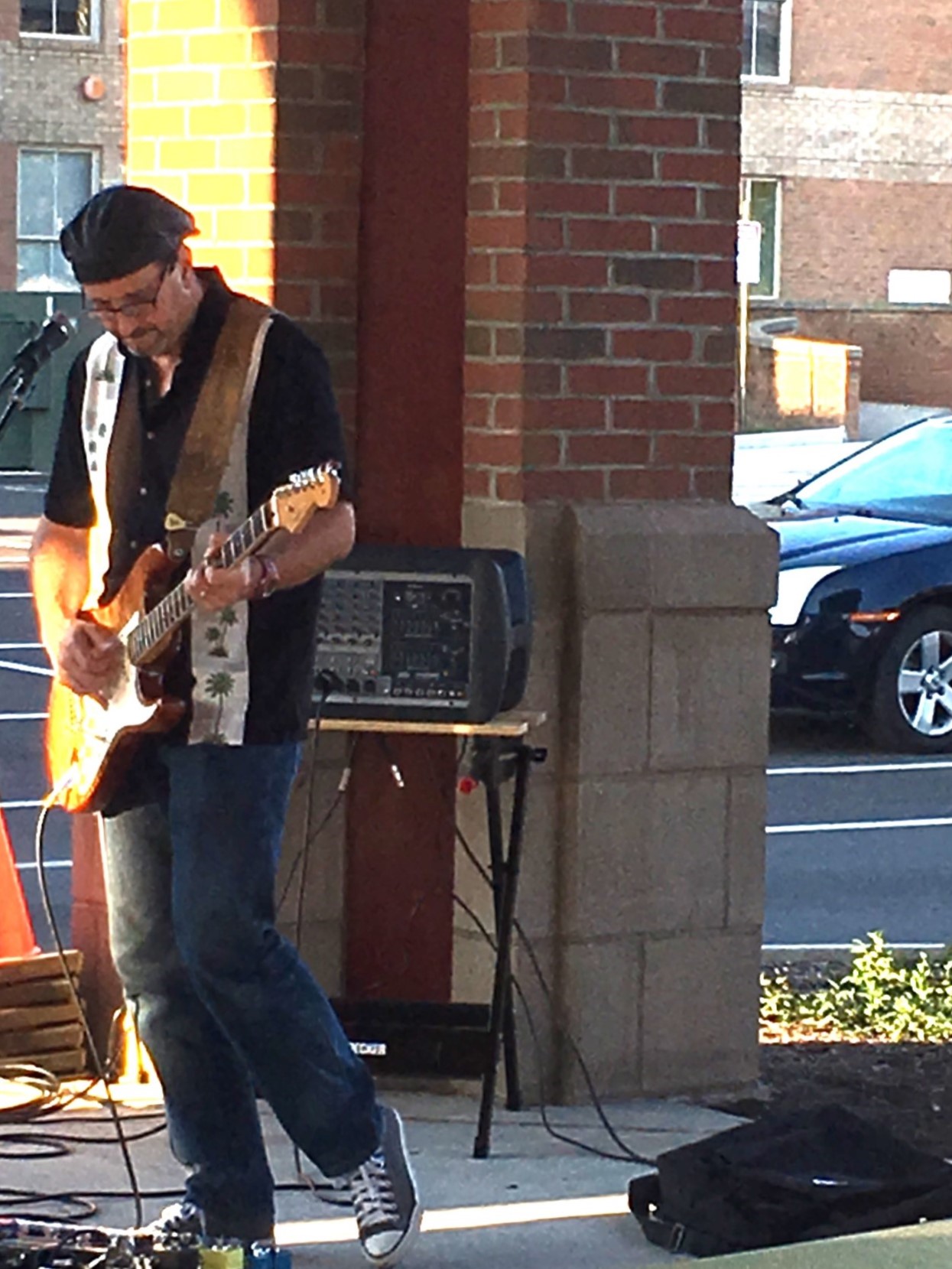
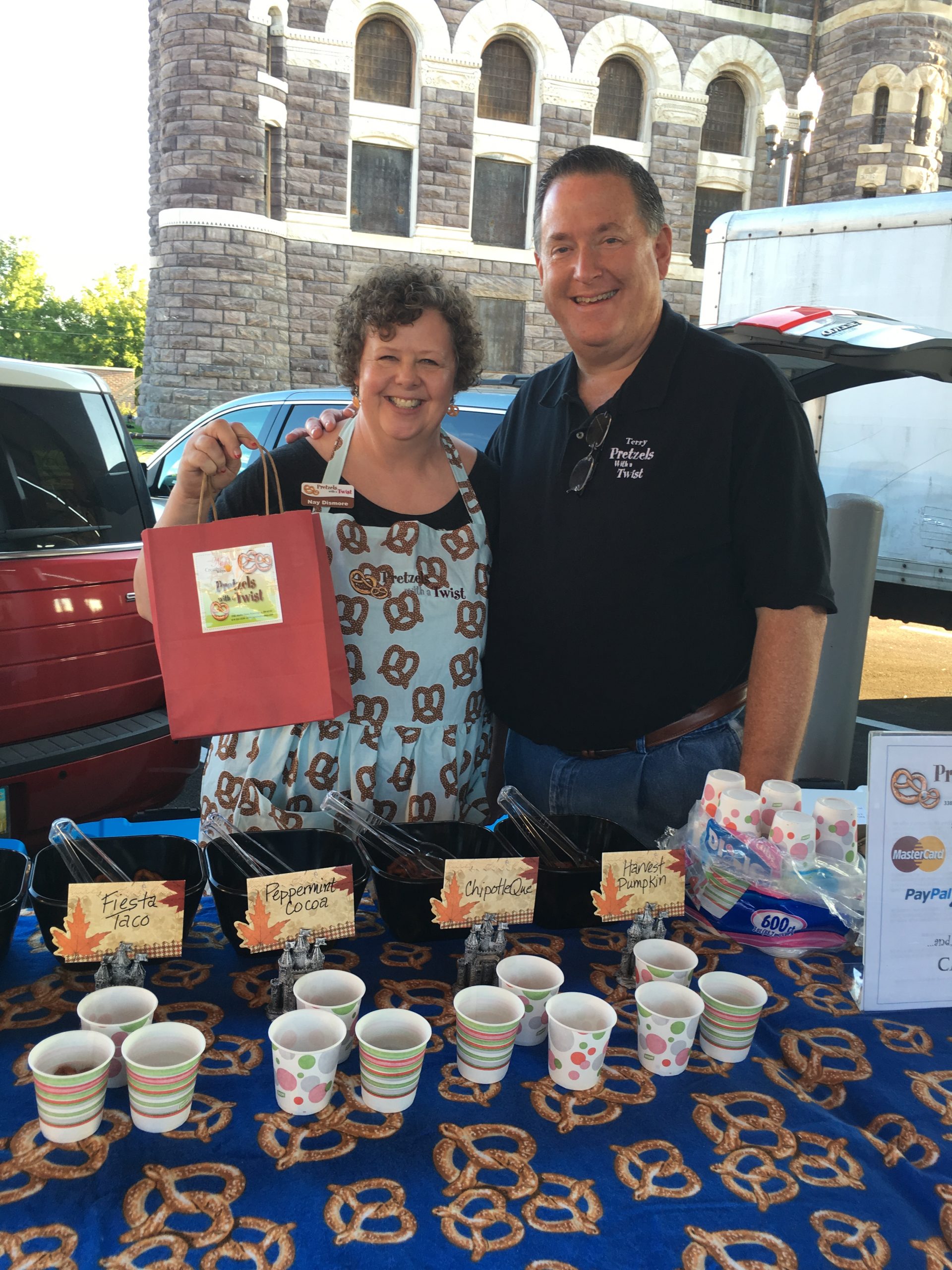 Some of the amazing merchants I met included Nay and Terry Dismore from Pretzels with a Twist. Their company offers miniature gourmet pretzels with lots of flavor. From ChipotleQue to Peppermint Cocoa, there is a fantastic combination for any pretzel lover.
Some of the amazing merchants I met included Nay and Terry Dismore from Pretzels with a Twist. Their company offers miniature gourmet pretzels with lots of flavor. From ChipotleQue to Peppermint Cocoa, there is a fantastic combination for any pretzel lover.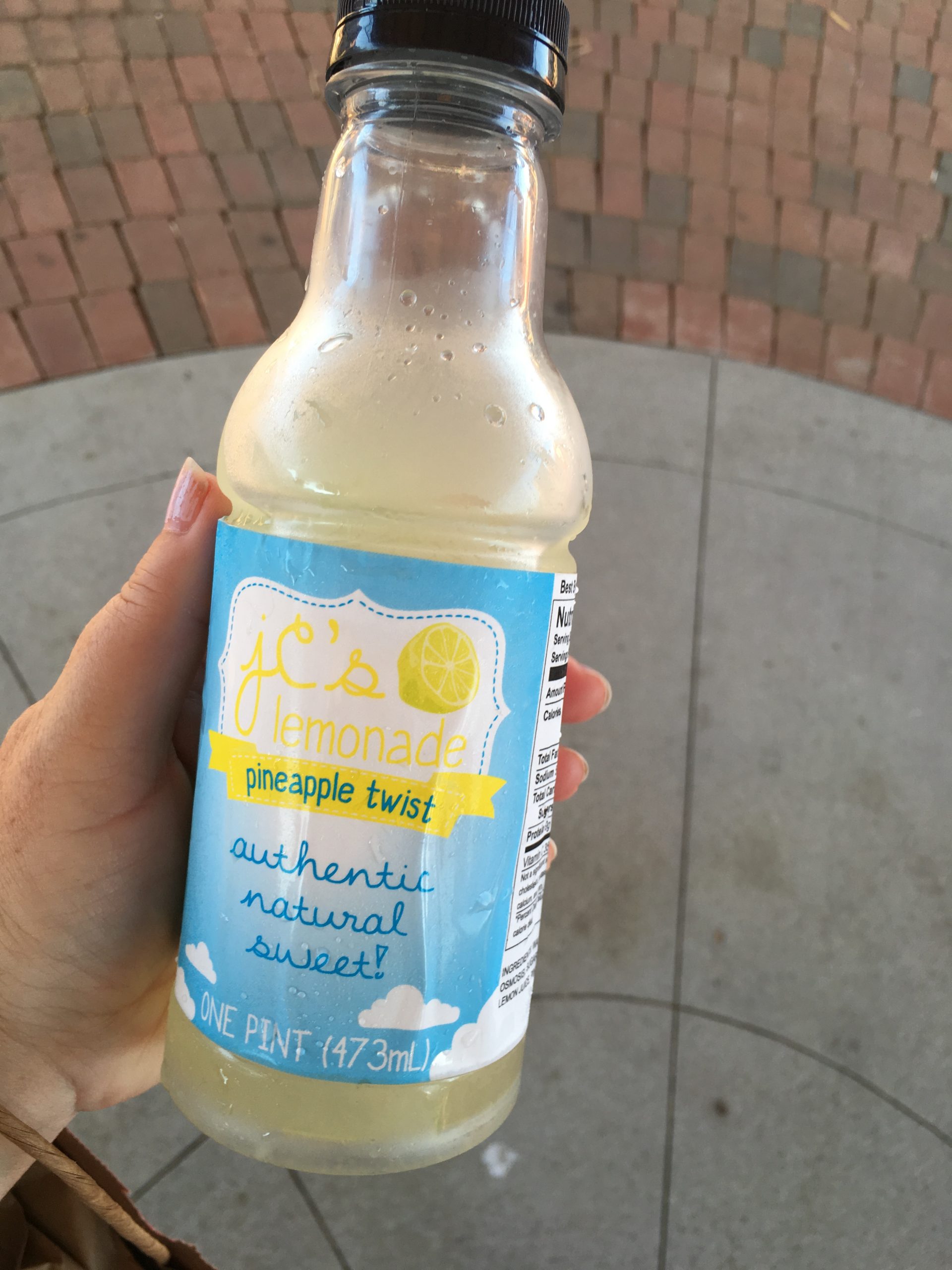 JC’s Lemonade was such a refreshing drink and I absolutely loved the pineapple twist flavor.
JC’s Lemonade was such a refreshing drink and I absolutely loved the pineapple twist flavor.